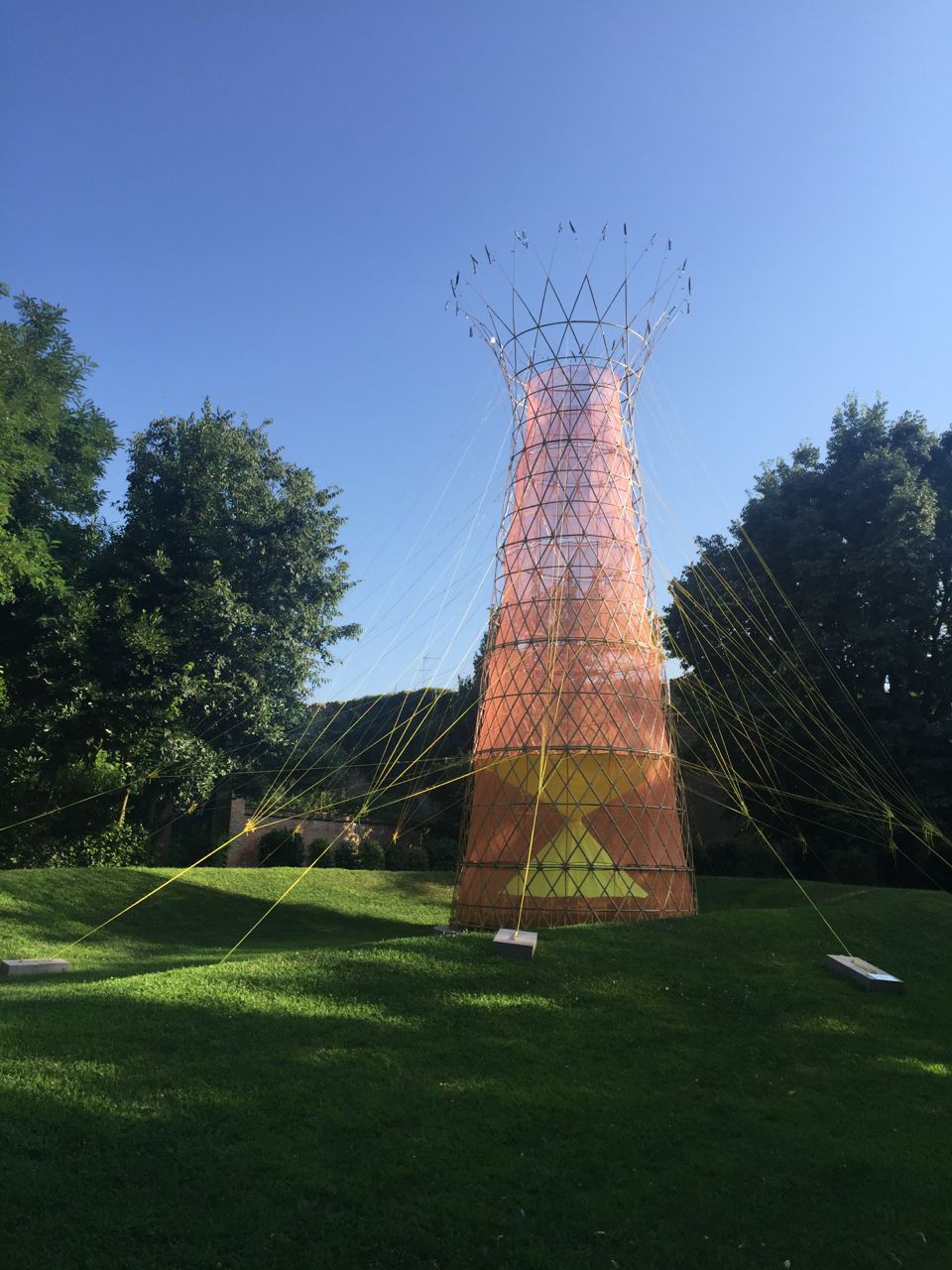Alejanadro Aravena, curator of the 2016 International Architecture Biennale:
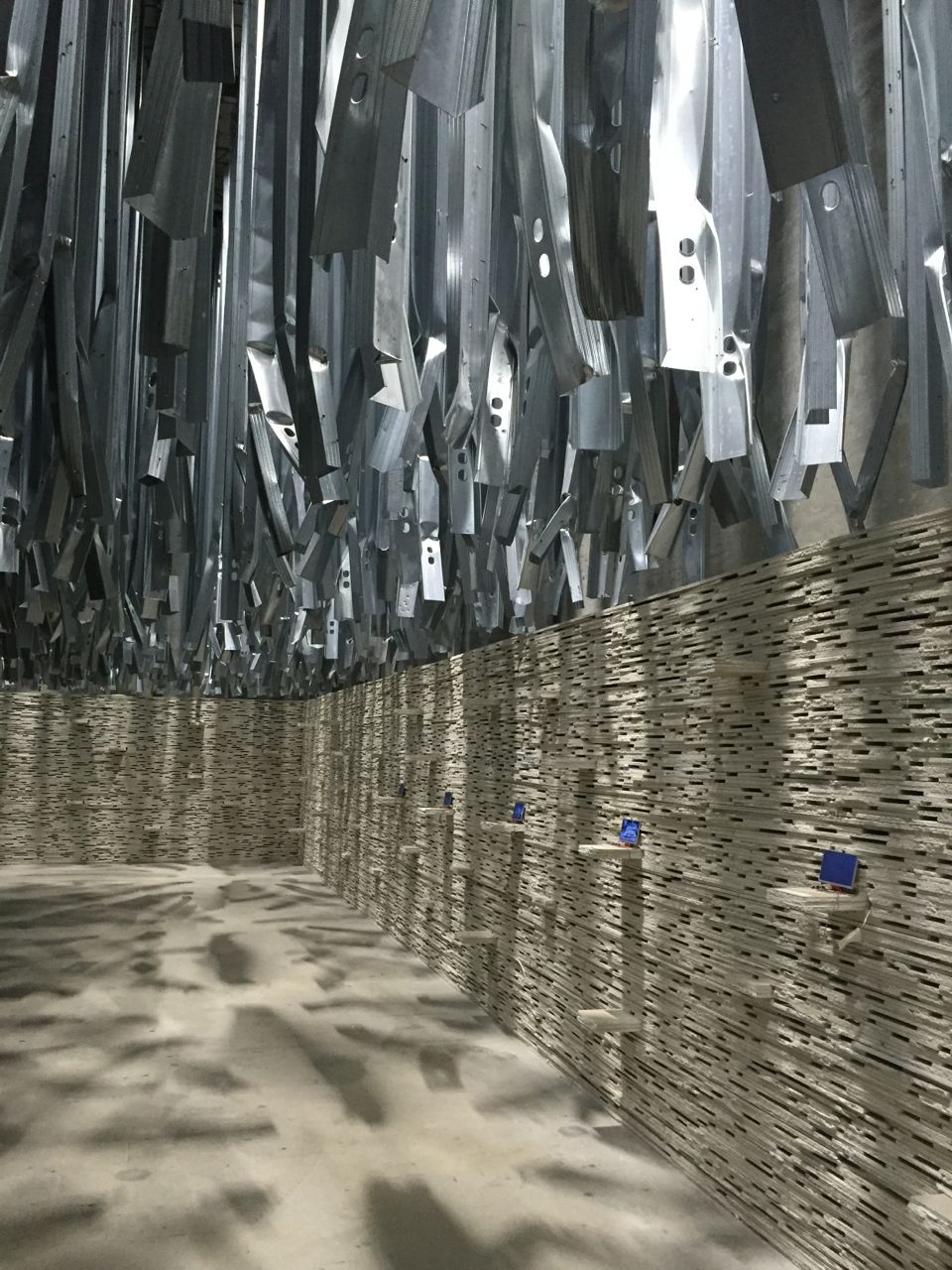
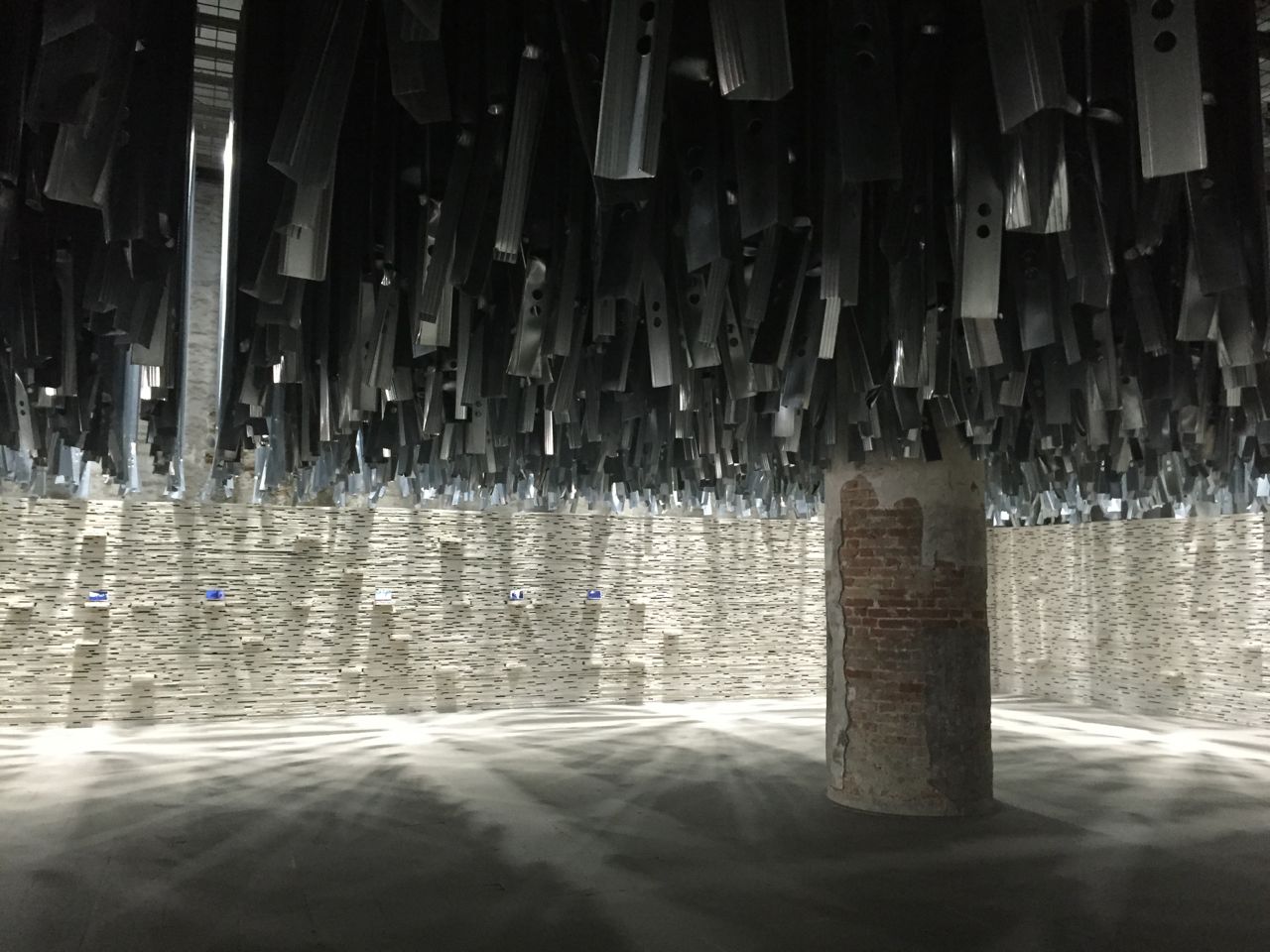
Using professional prestige to change the status quo: the work of Wang Shu and Lu Wenyu of amateur architecture in Fuyang, restoring vernacular practices and materials
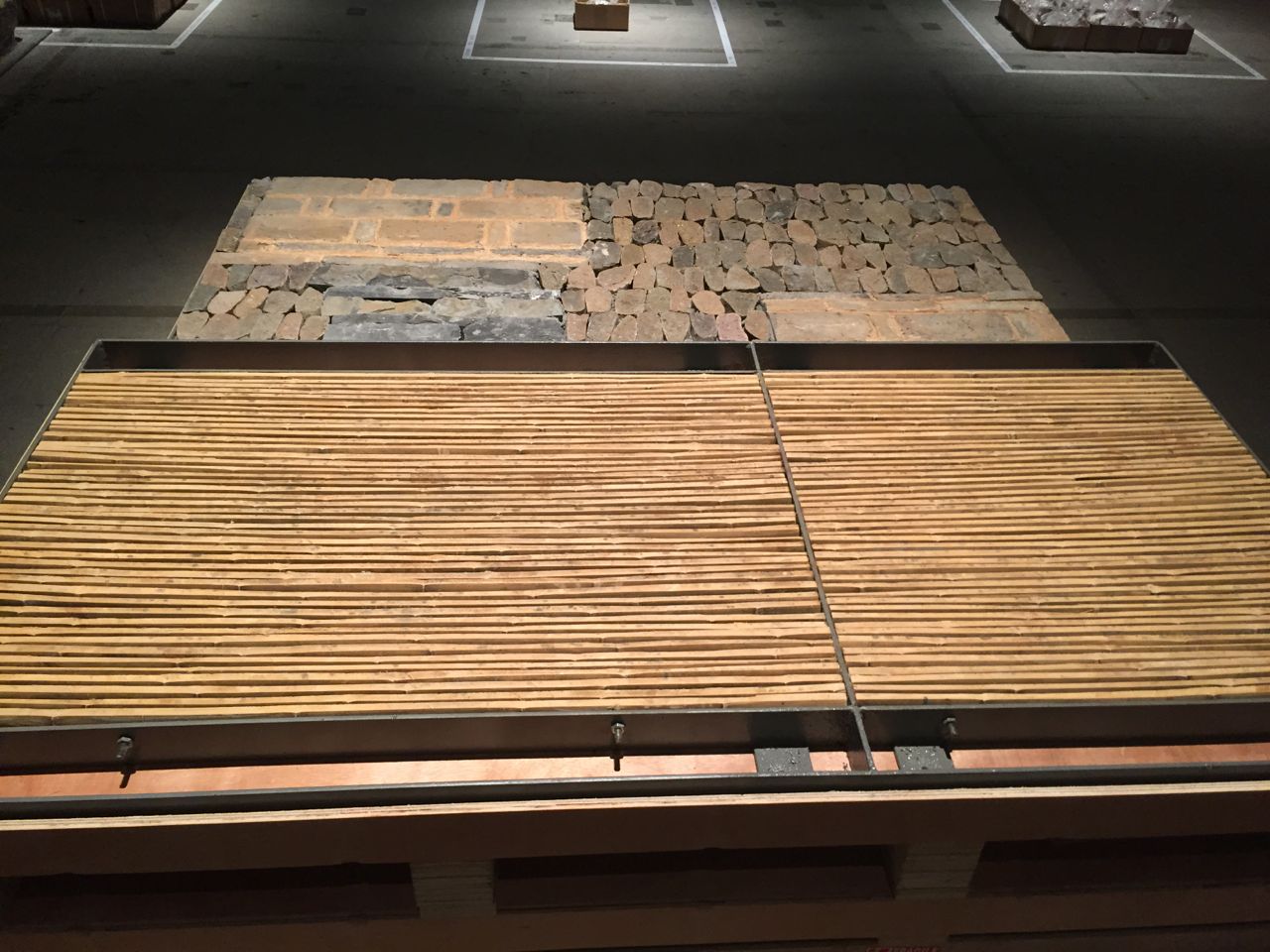
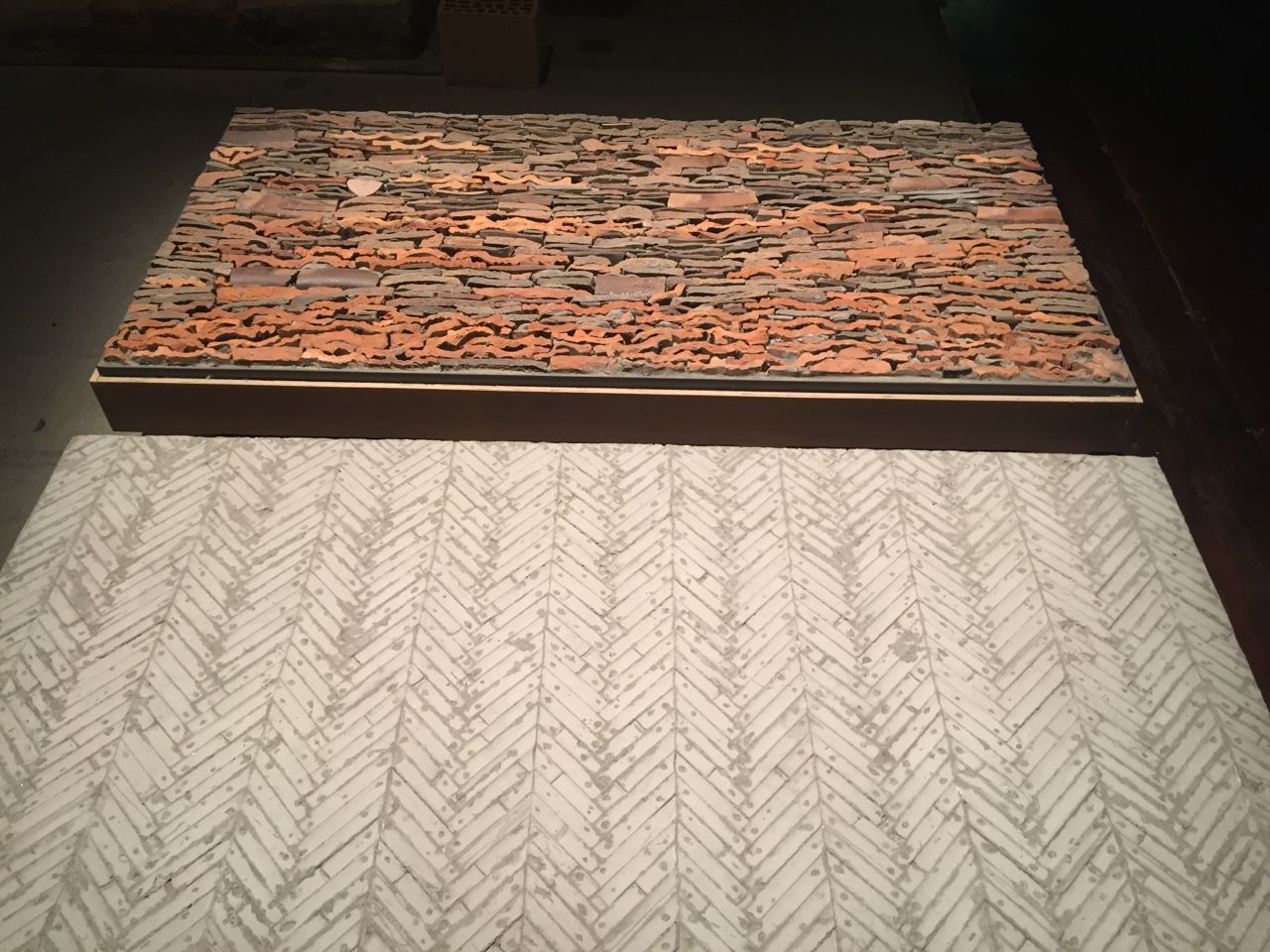
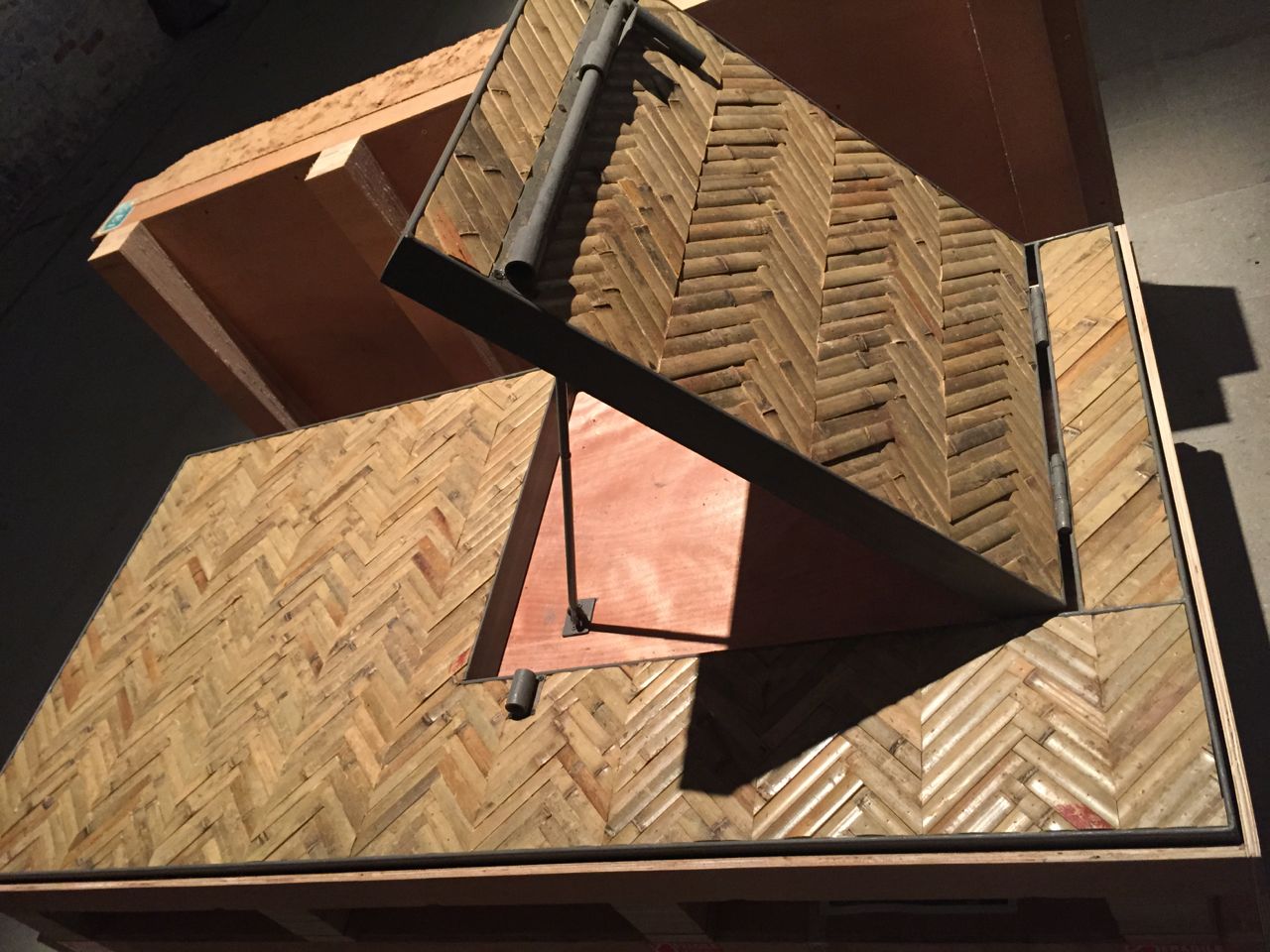
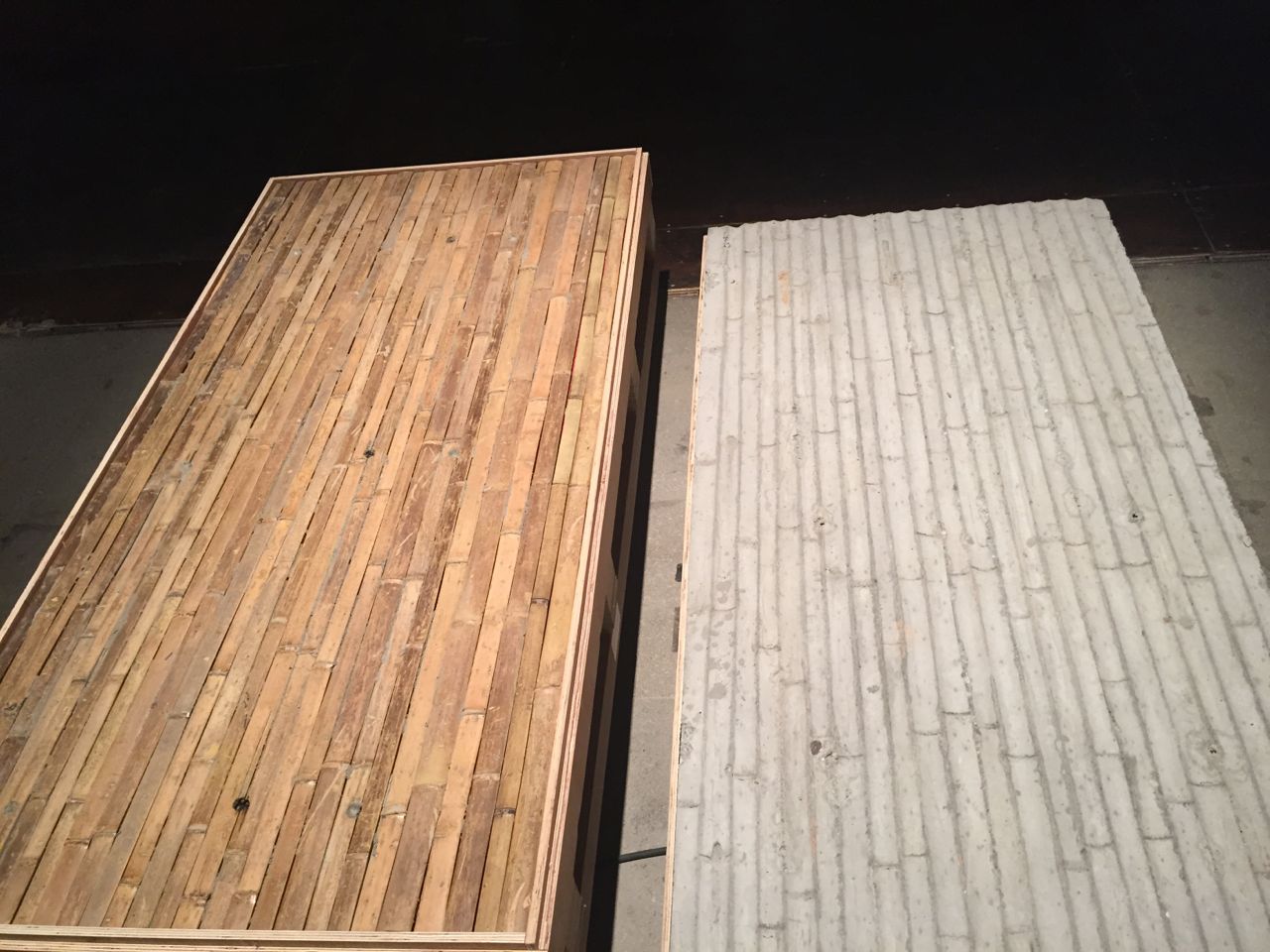
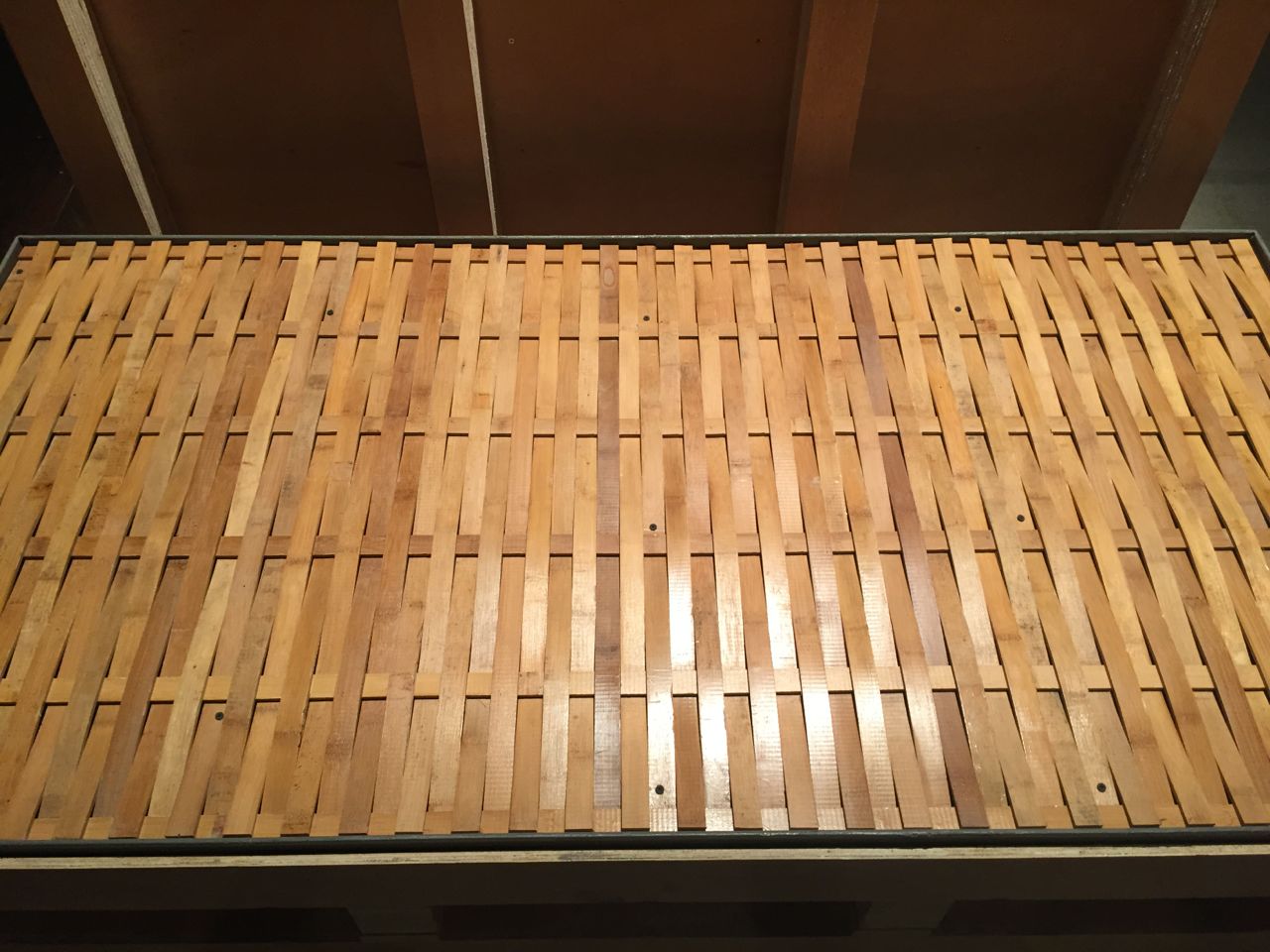
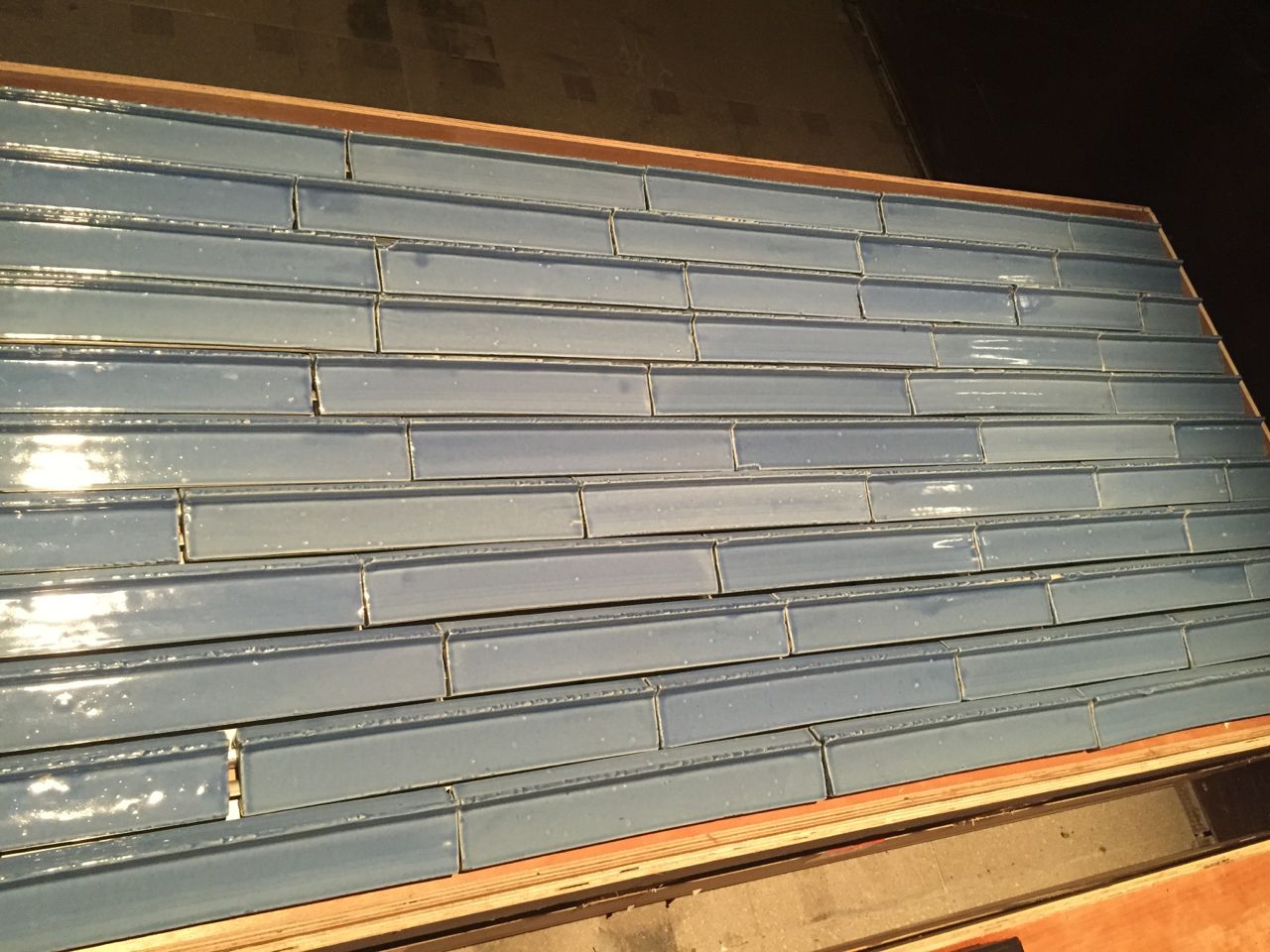
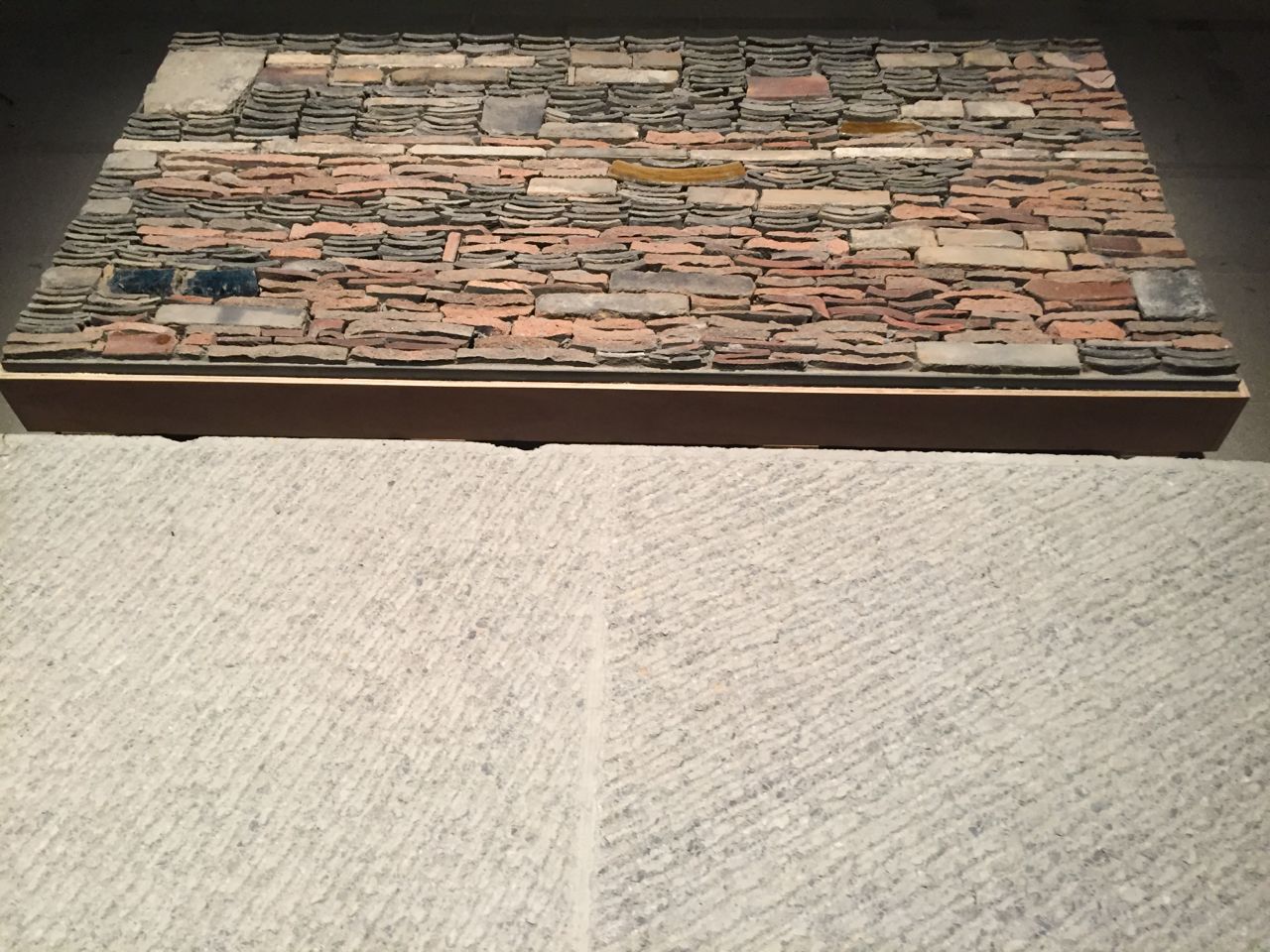
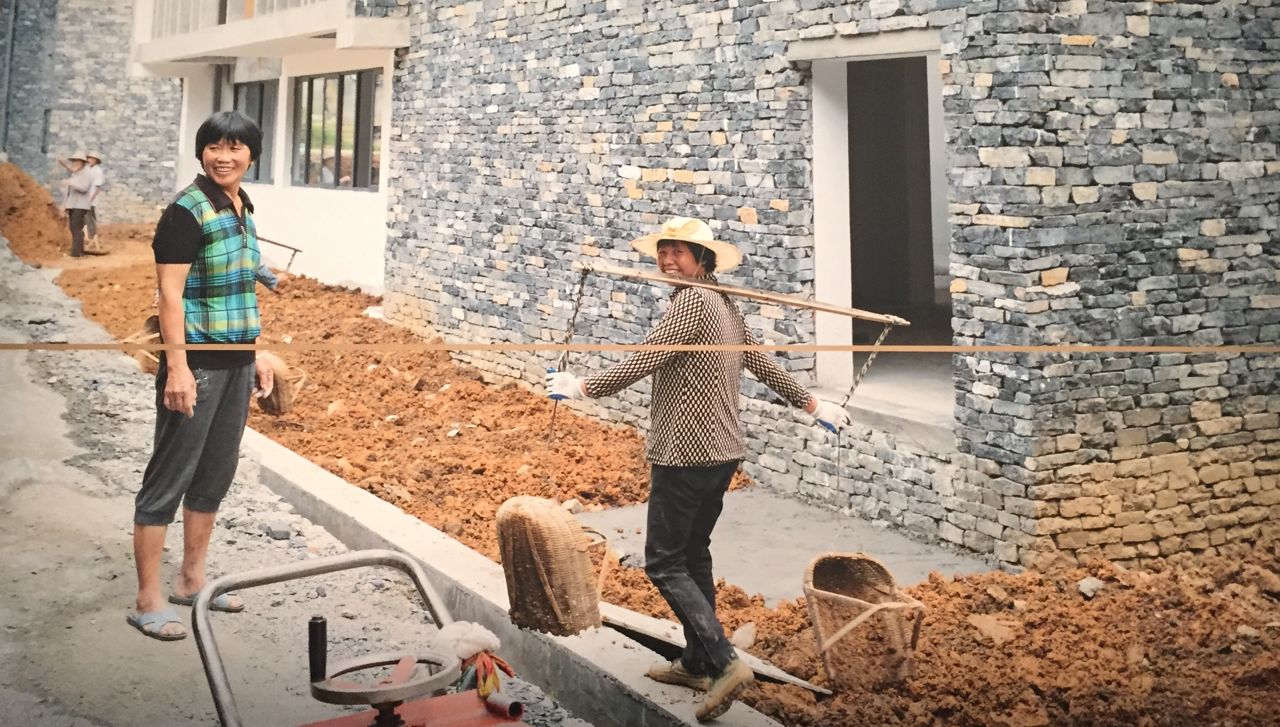
The work of Rural Urban Framework in Mongolia. Sedentary versus nomadic: the cities should be able to host from modern to archaic ways of living if they want to properly tackle the migration of people towards them. Settlements of yurts progressively urbanised, allowing people to slowly integrate modern ways of living and not be homeless in the process.
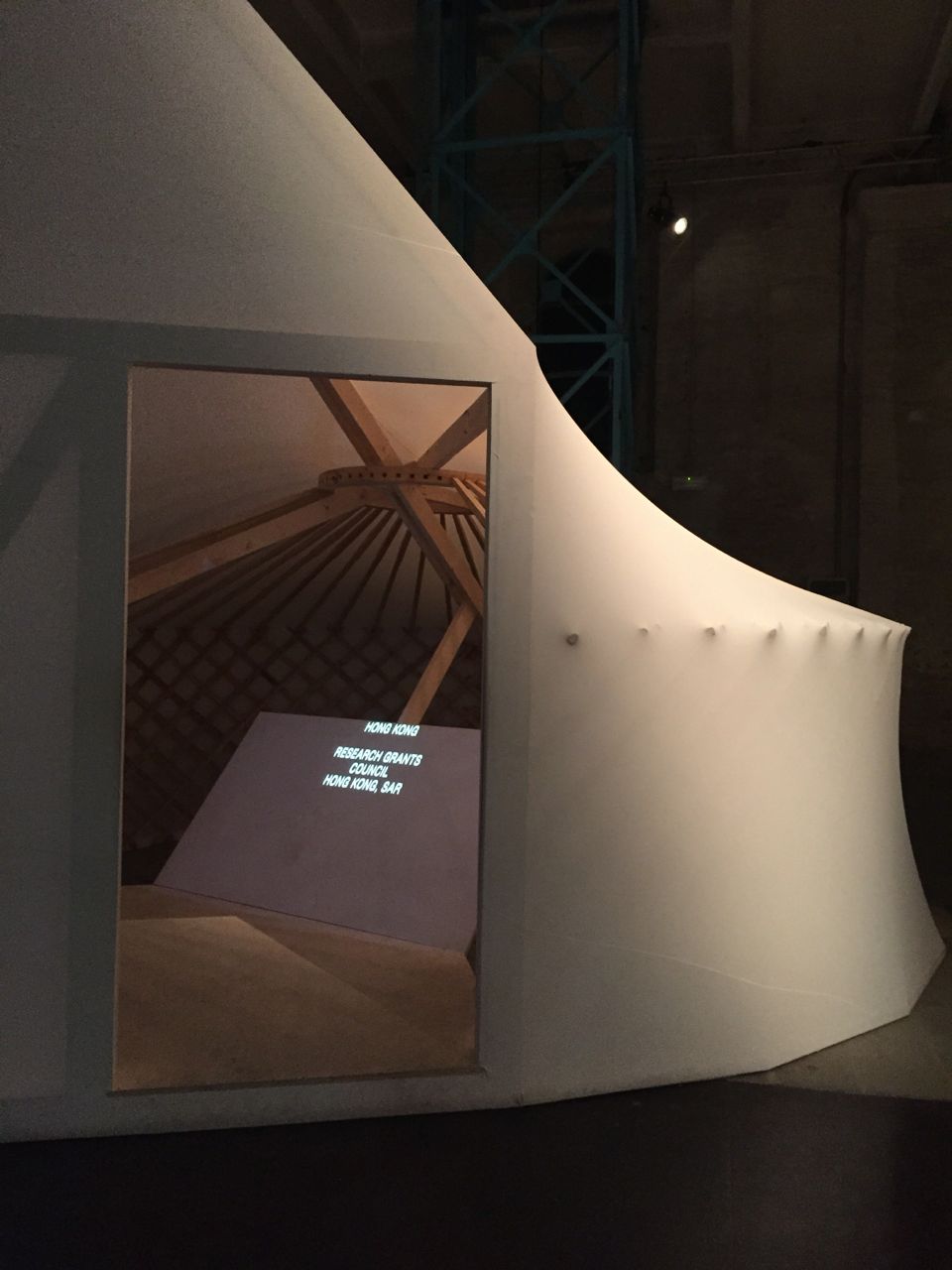
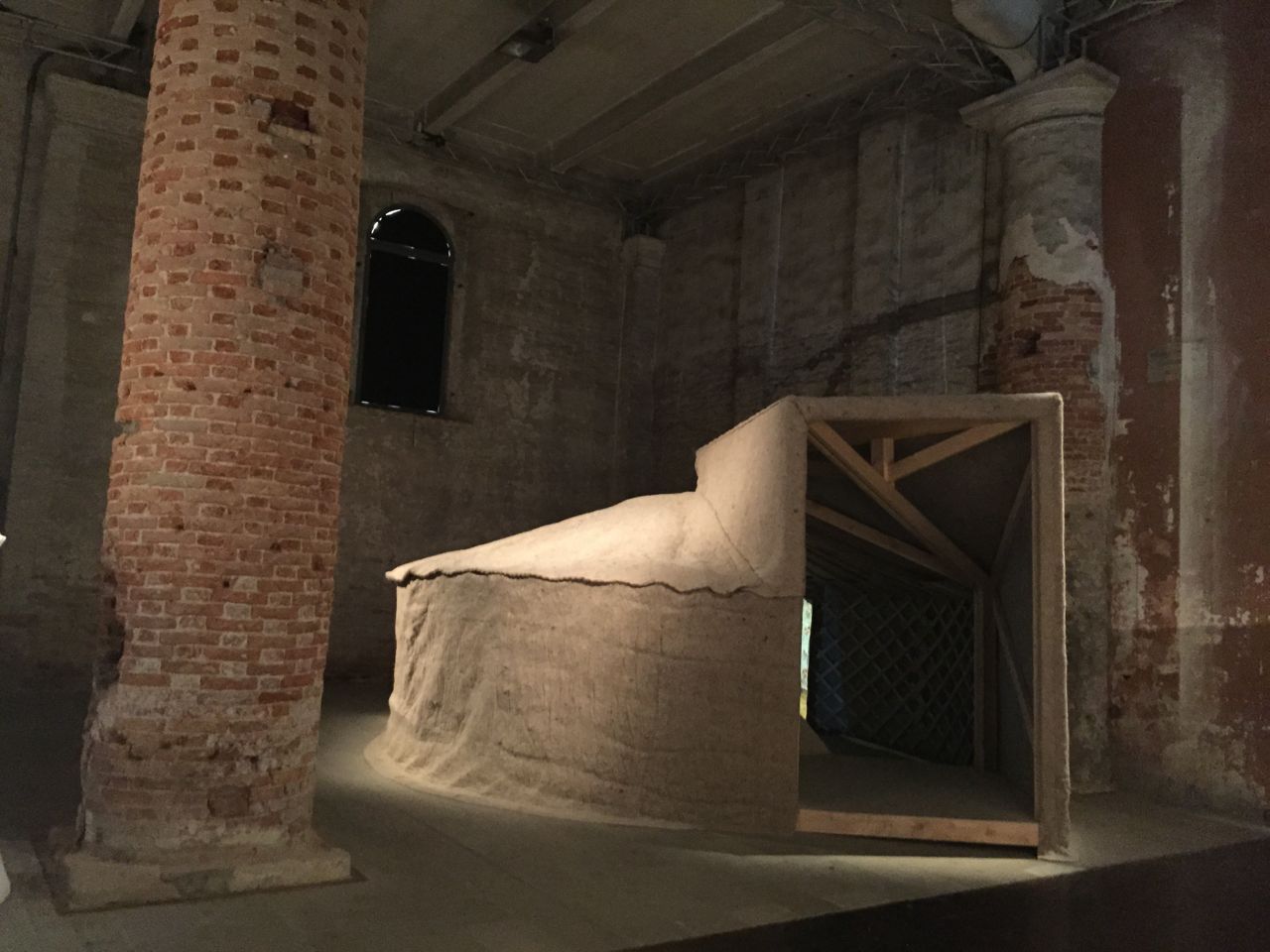
The work of Chris & Gantenbein in Switzerland. Simply durable buildings…
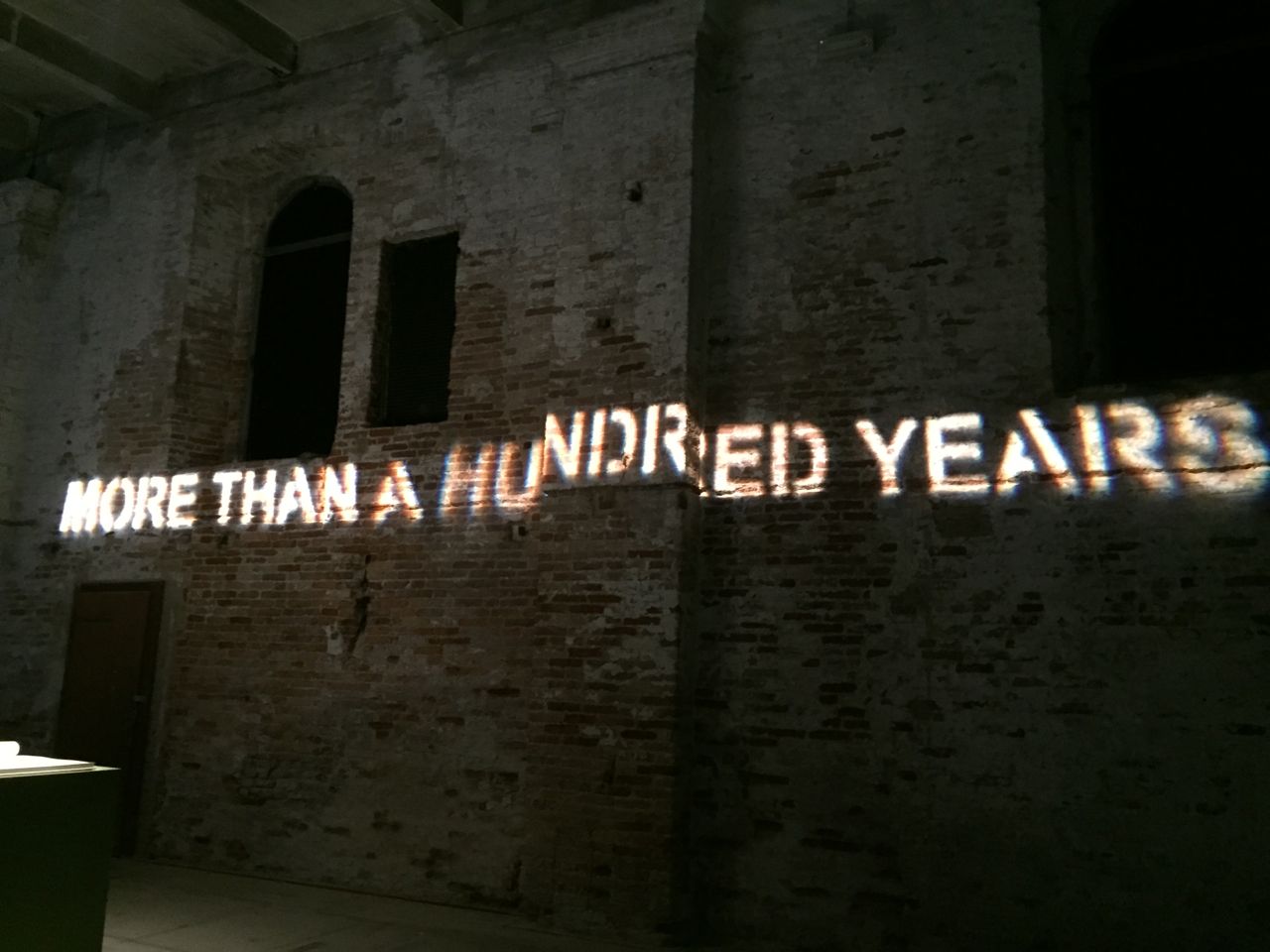
The work of Cecilia Puga, in Chile… one of my favourite architects!!
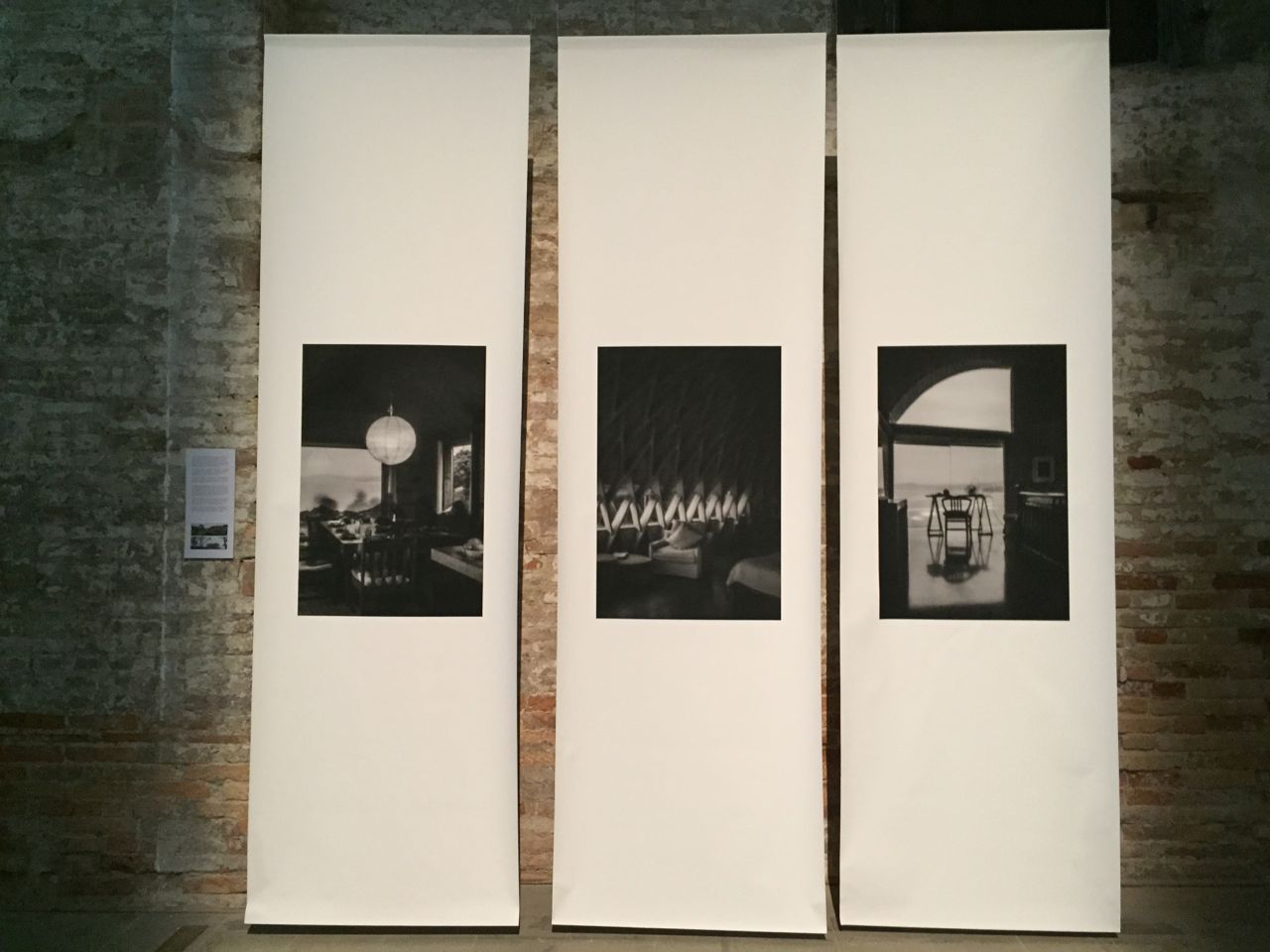
The talent to conduct with integrity the transit from sketch to reality
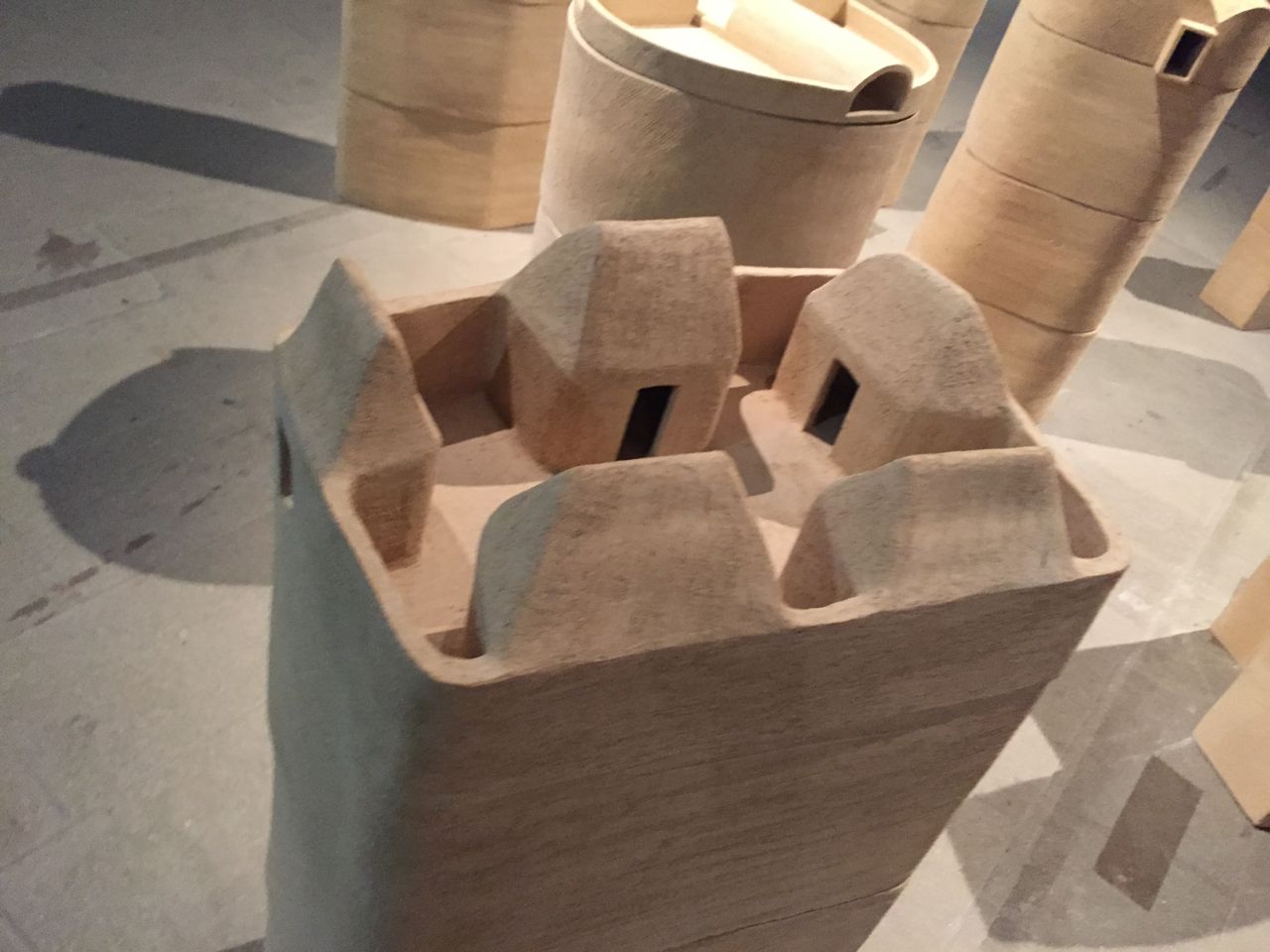
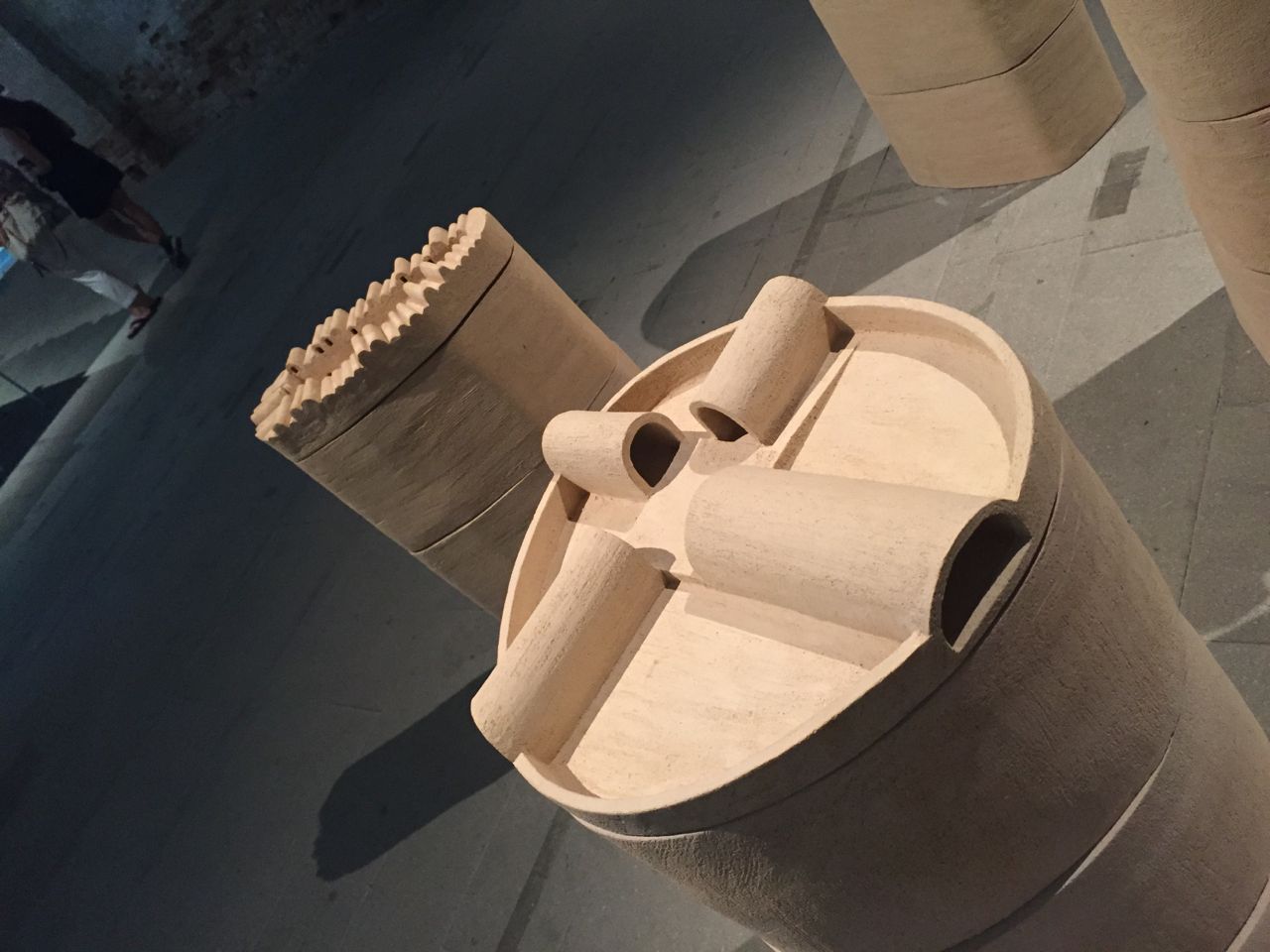
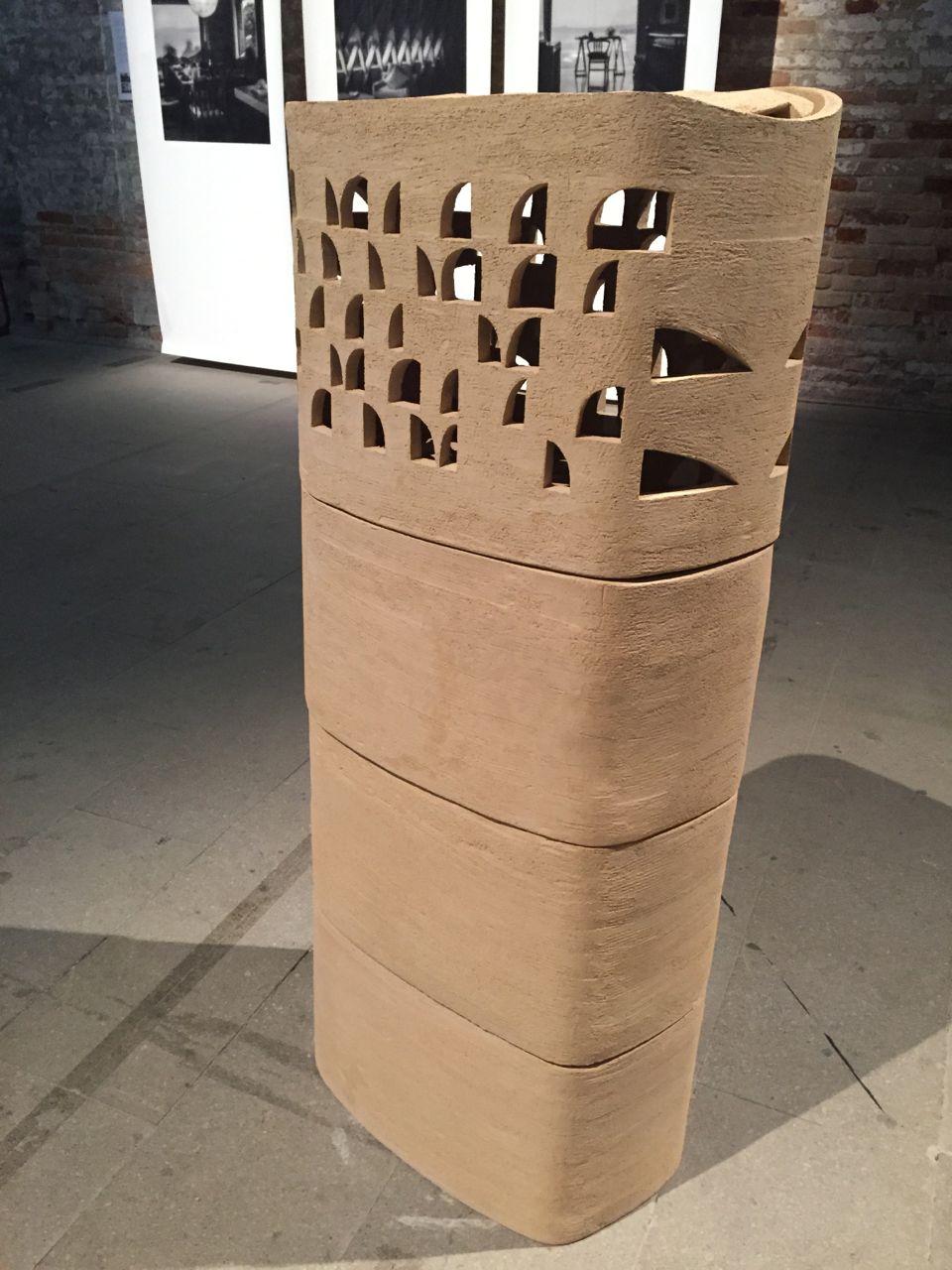
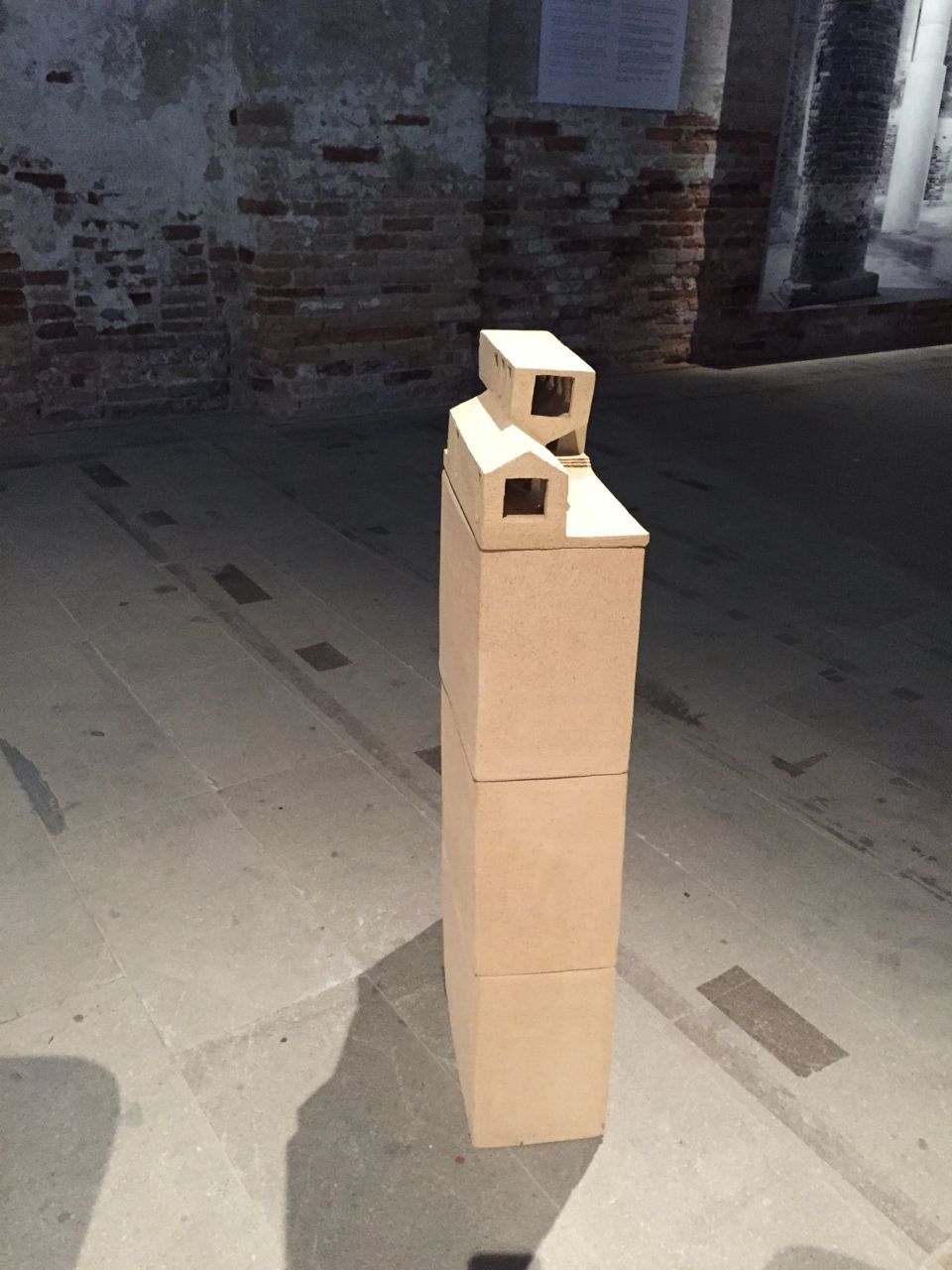
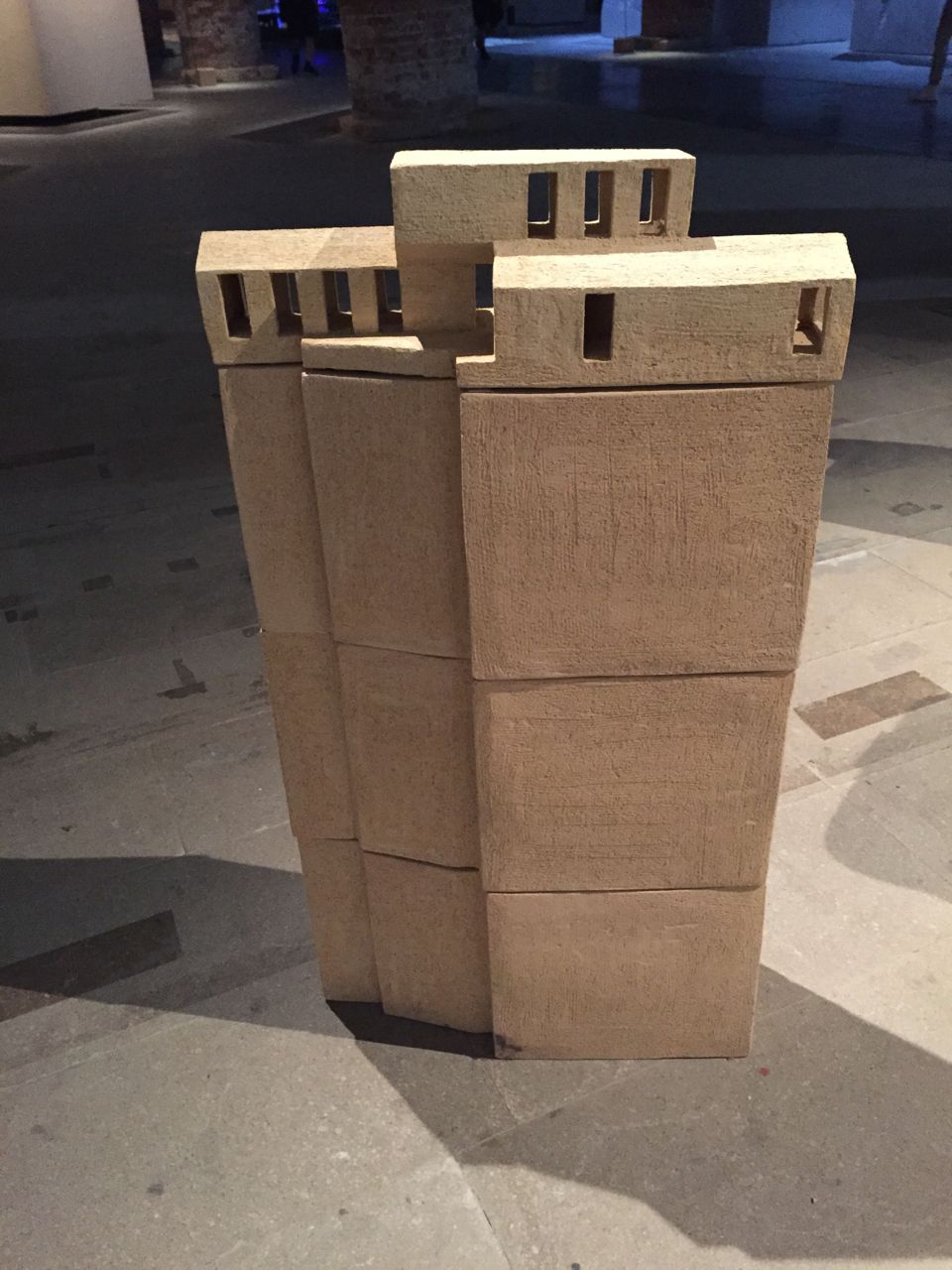
The work of Bel Architect in Berlin: open incremental architecture able to register the cultural background of dwellers, a similar approach to Aravena’s in chile
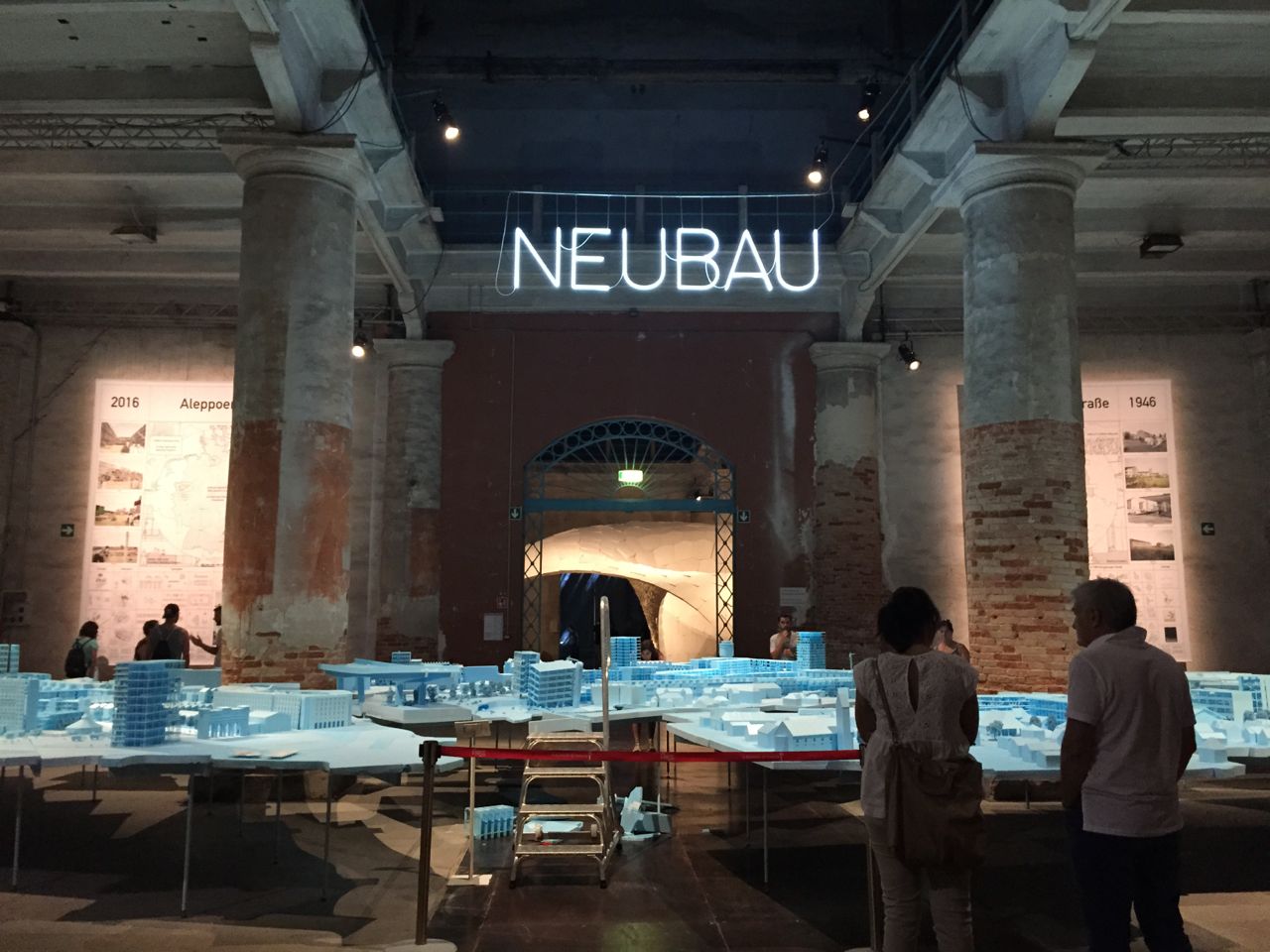
Beyond Bending. Ochsendorf, Block and Dejong show that having structures working in compression, like this extraordinary un-reinforced stone vault, saves material and energy, up to 70%, becoming then less costly economically and ecologically (less material = less weight = less energy needed to build)… This is not anecdotic, changing the reinforced concrete paradigm could very well be the solution to the eventual lack of ressources and global warming.
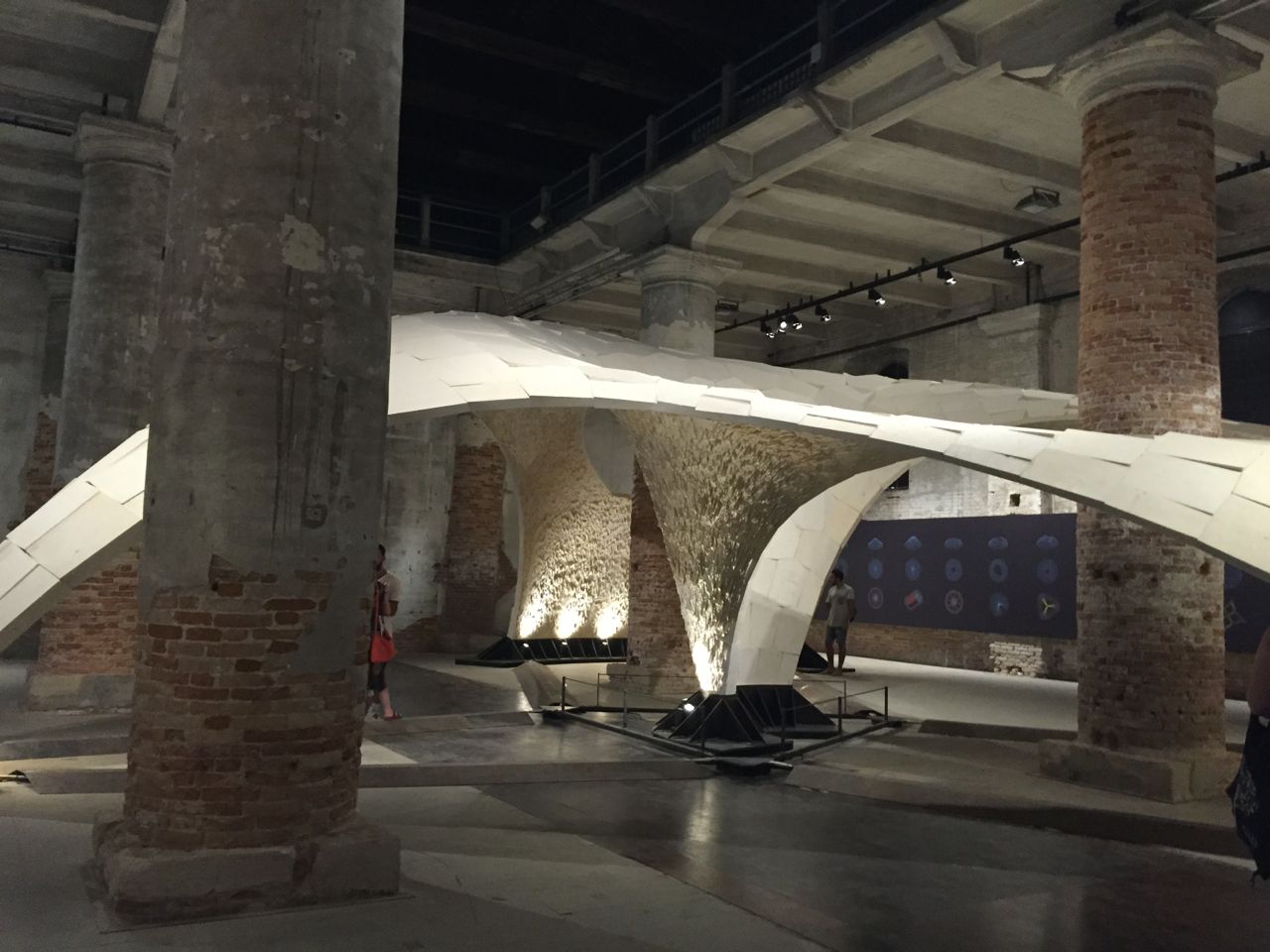
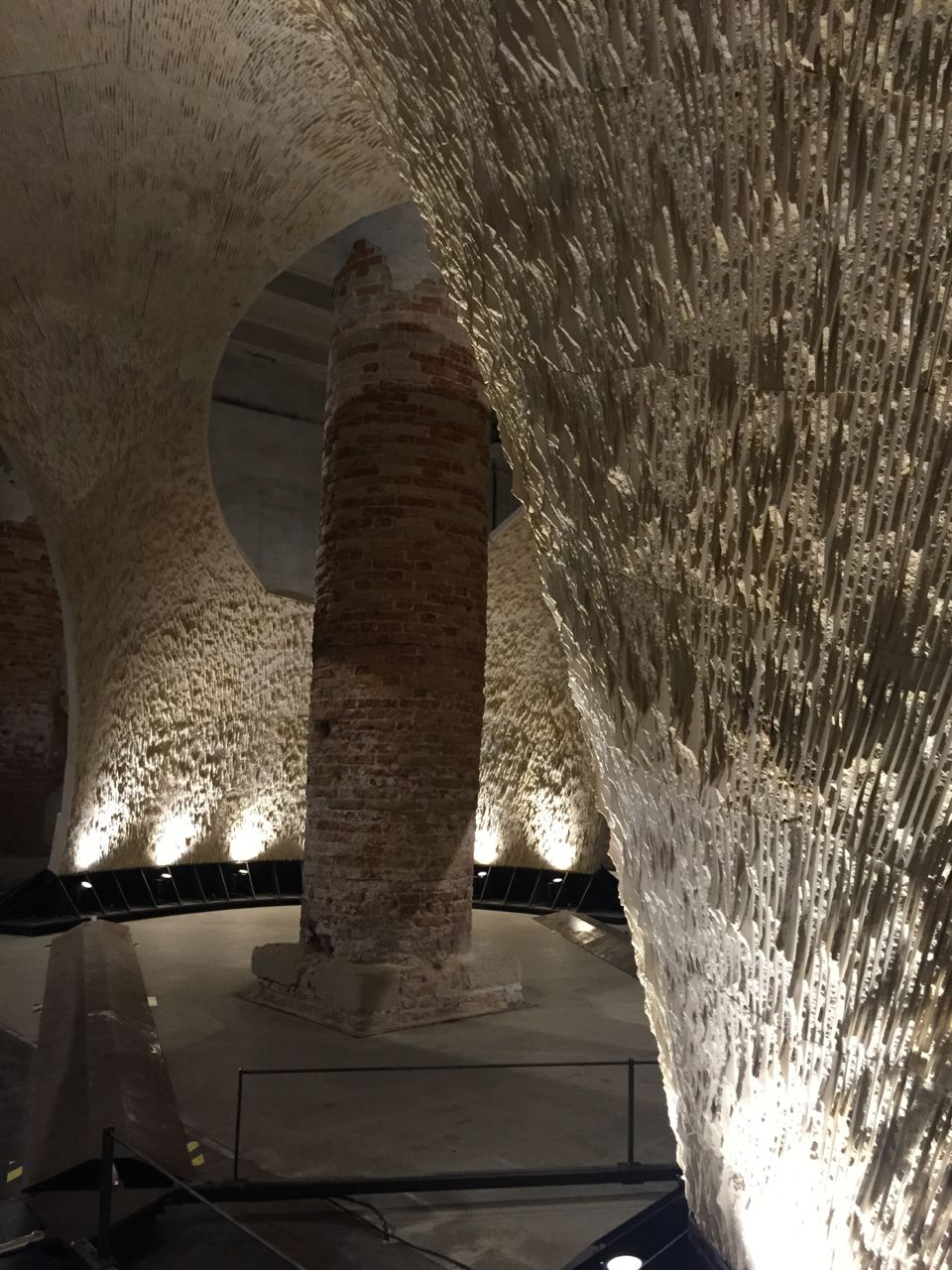
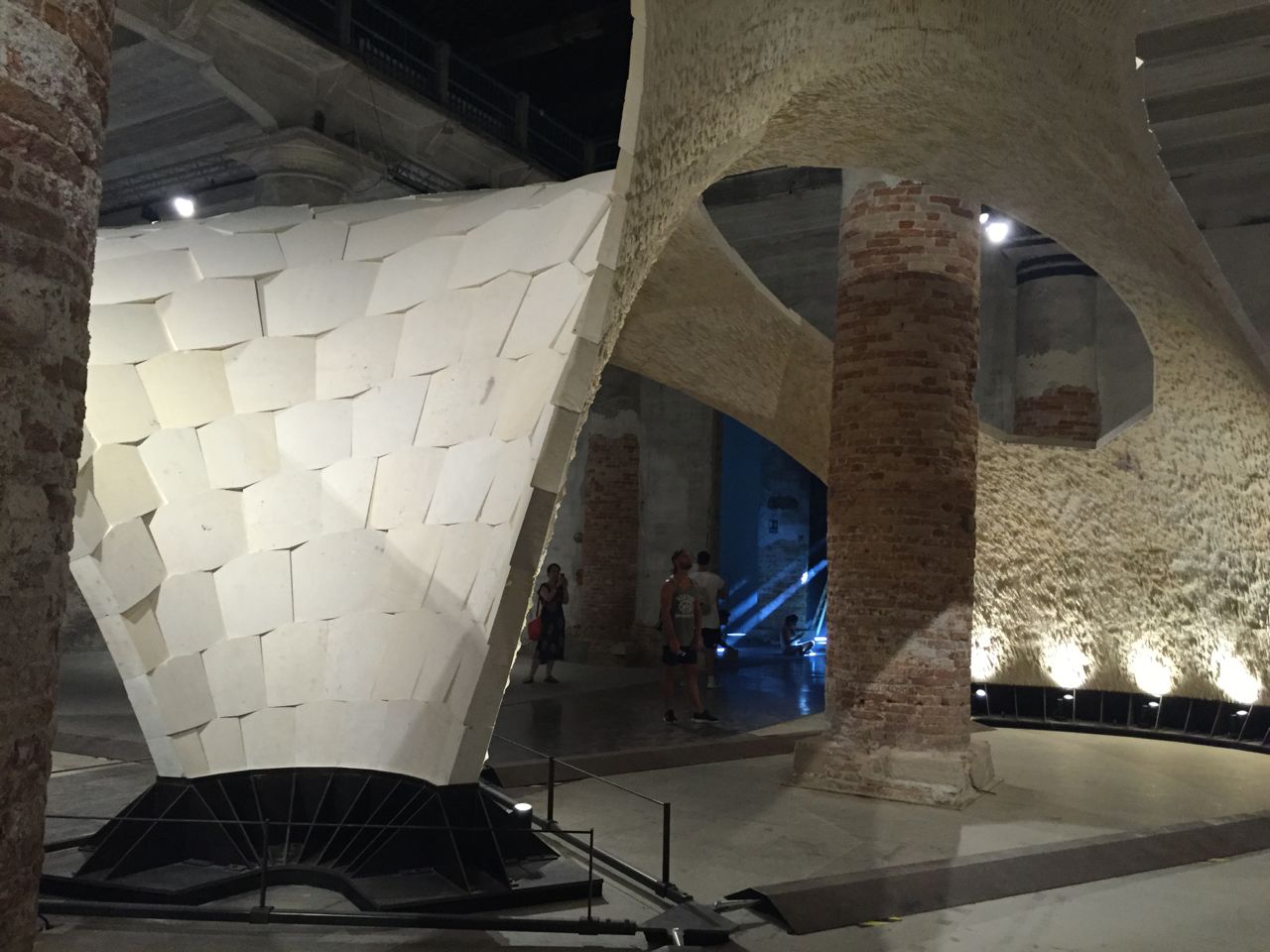
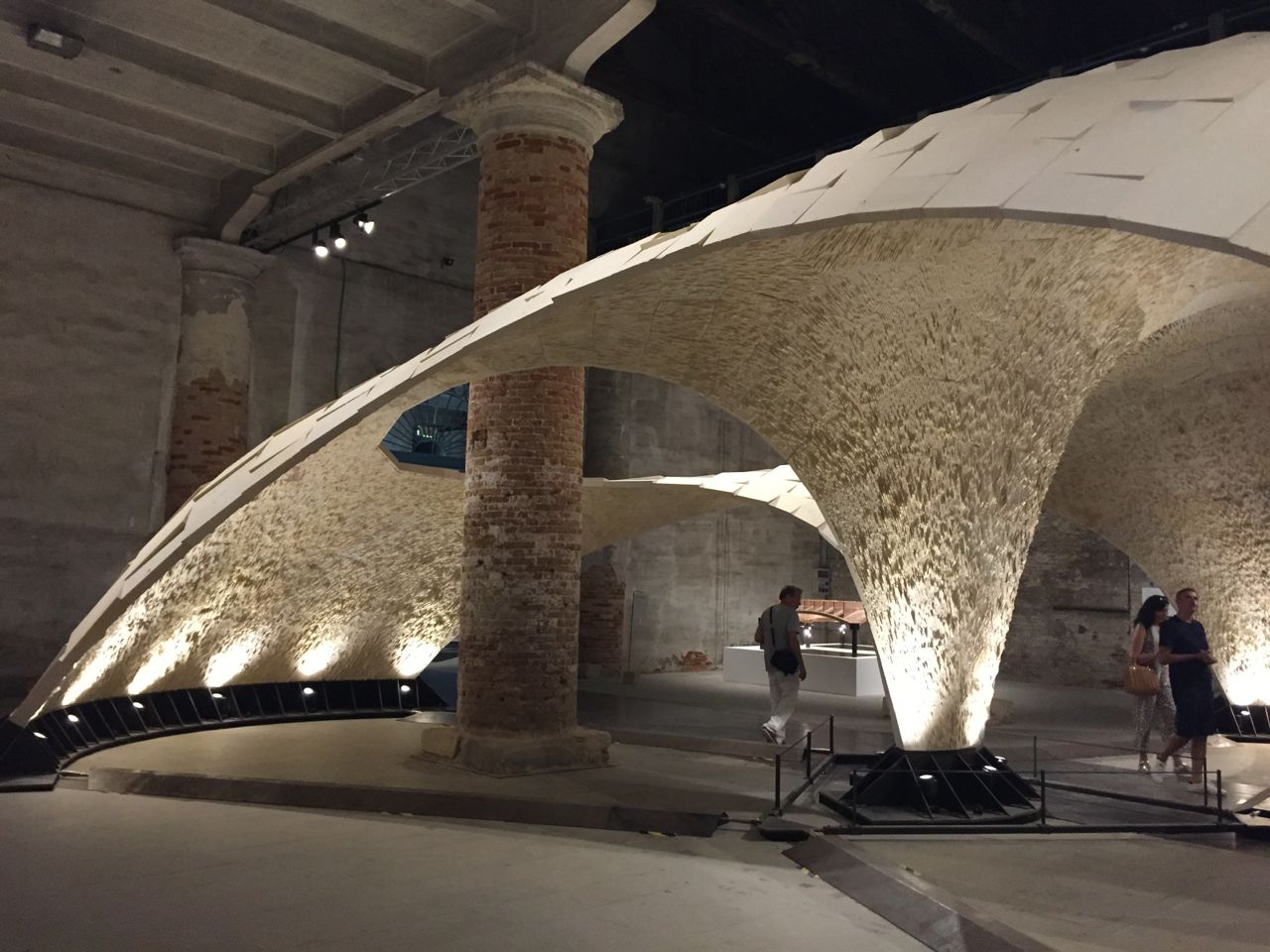
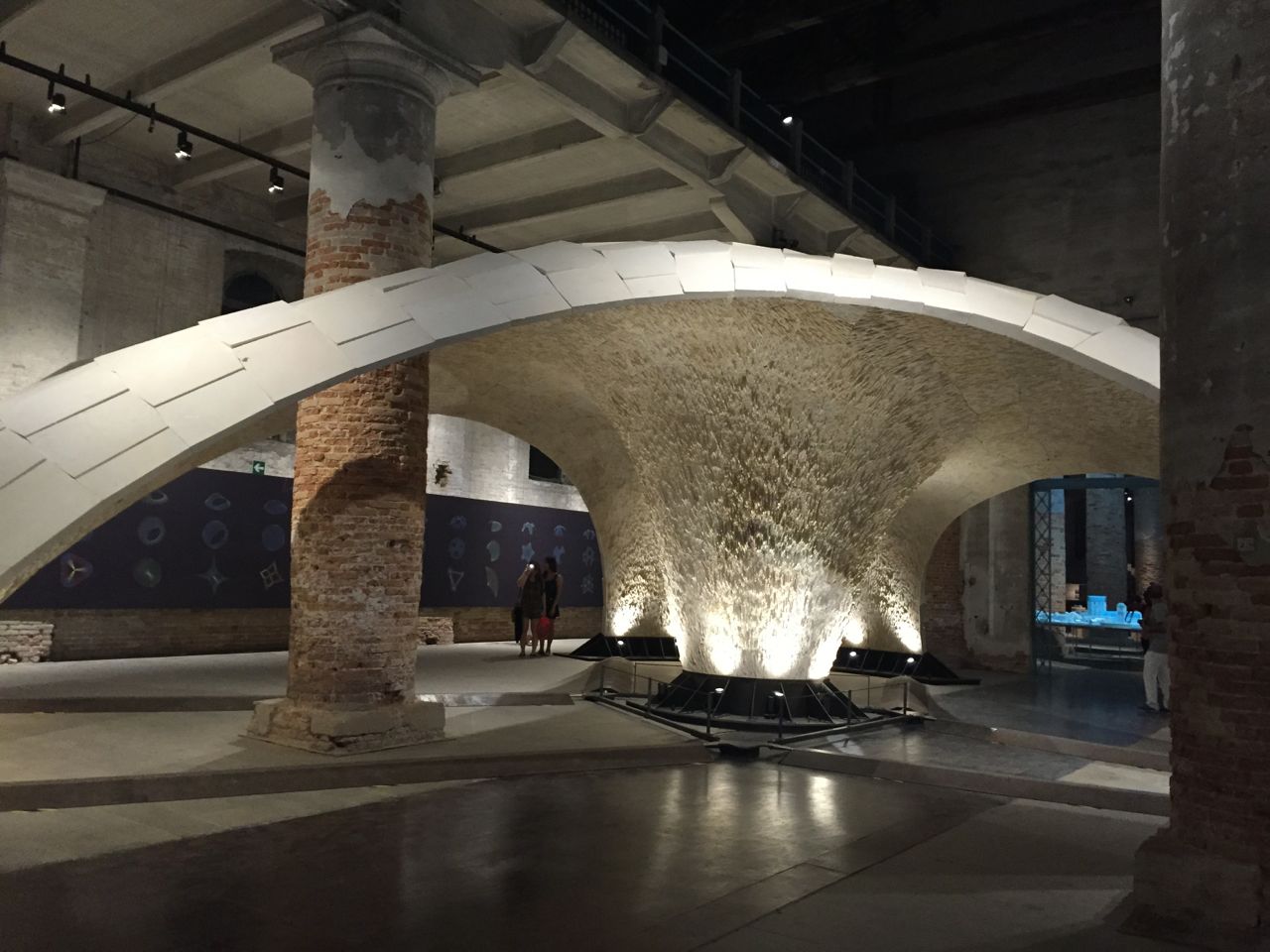
If you think about it, men built cathedrals based on the vaulted ceilings… but no need to go back to middle ages: 3D printed vault in unreinforced concrete, and another one in compressed sand with resin.
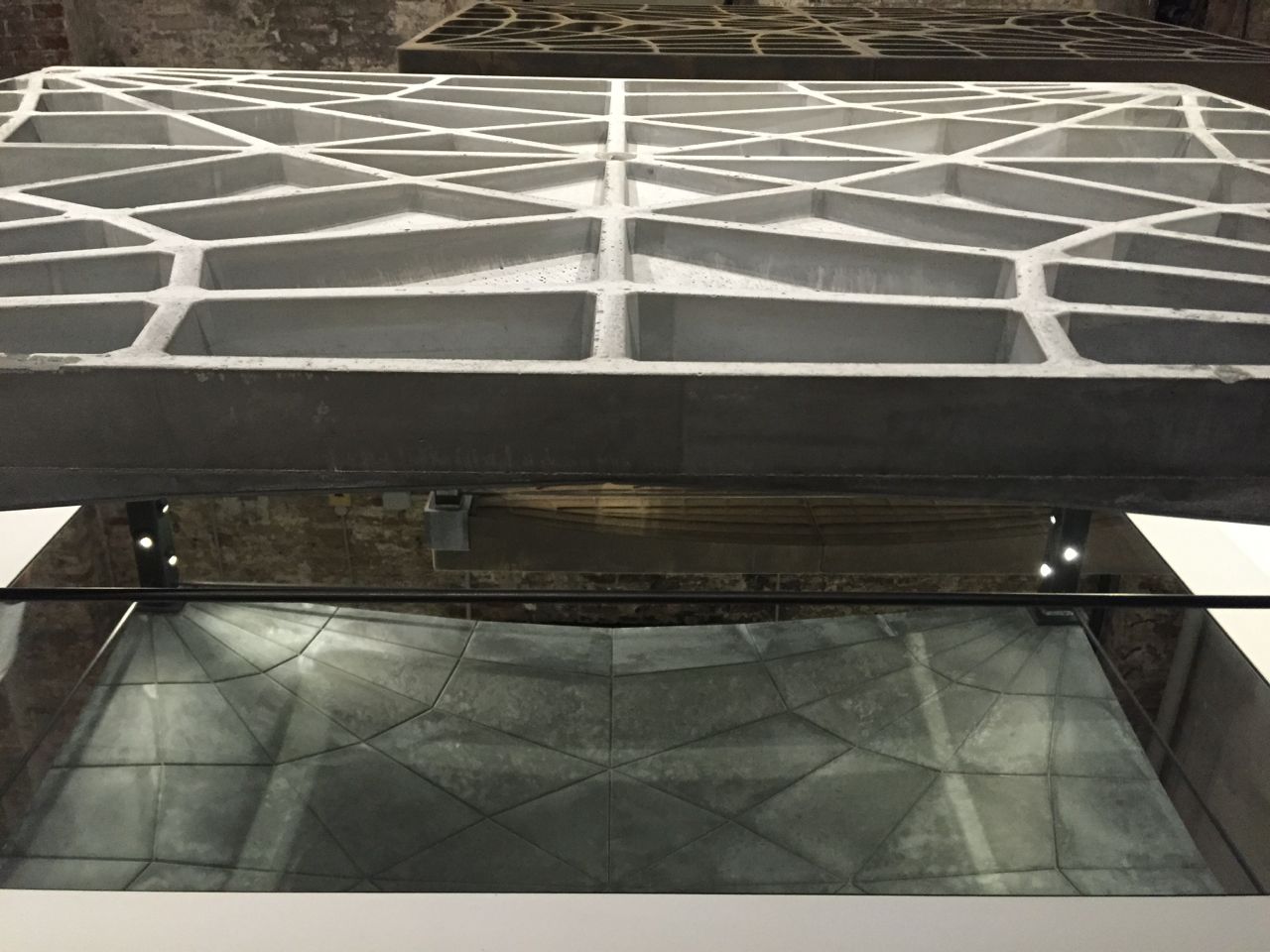
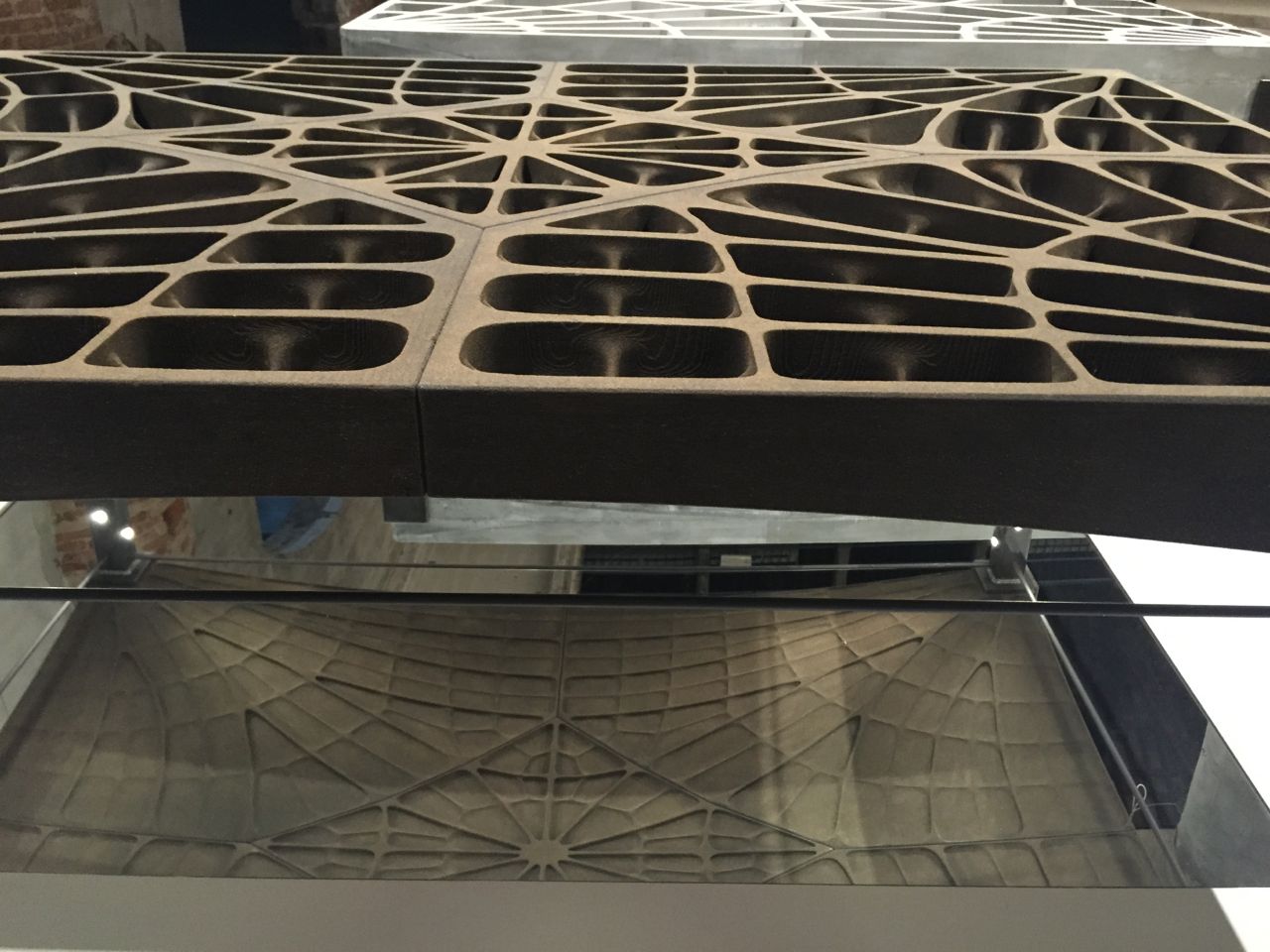
Transolar: cutting edge technology at the service of common sense, i.e. using technology to channel natural ressources instead of opposing them
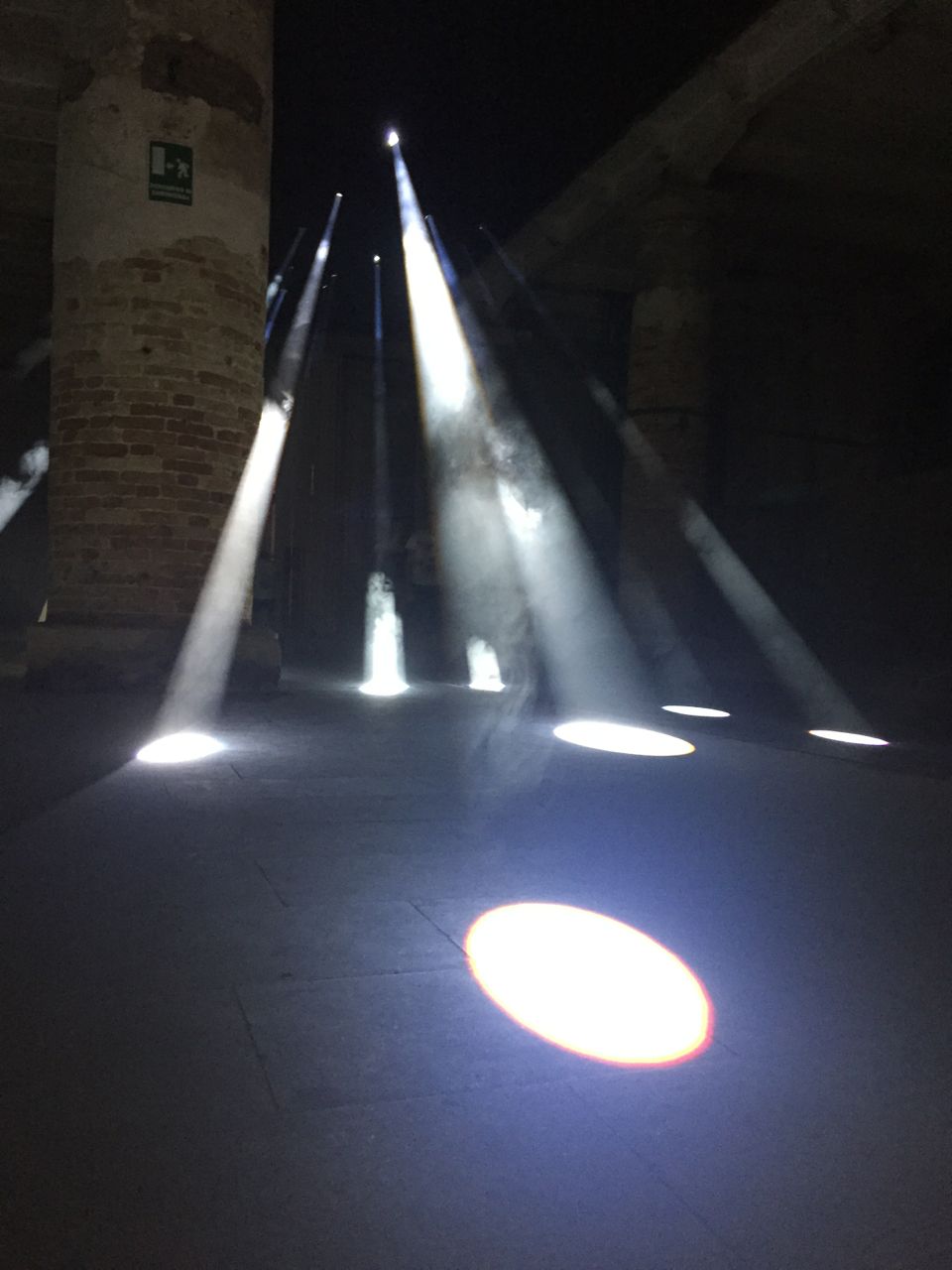
The work of Rural Studio: integrating hands-on architectural education with social usefulness. Rural acts with integrity in Venice too: they contacted a local charity to find out what needed could be fulfilled. They then used the required bed bases, insulating panels, and lockers as a decor and setting for the projecting room in which videos of their realisations are shown…. CQFD 🙂
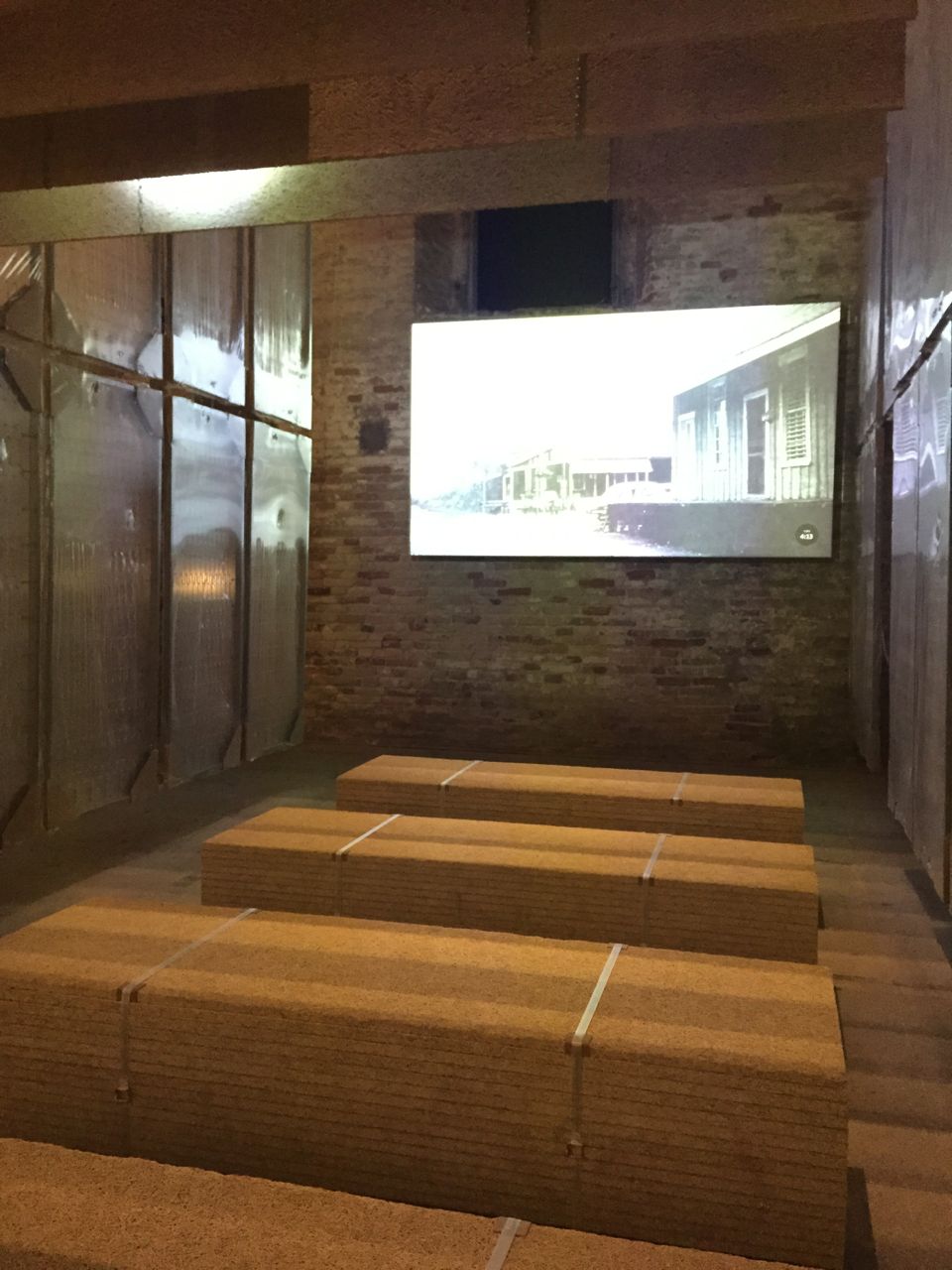
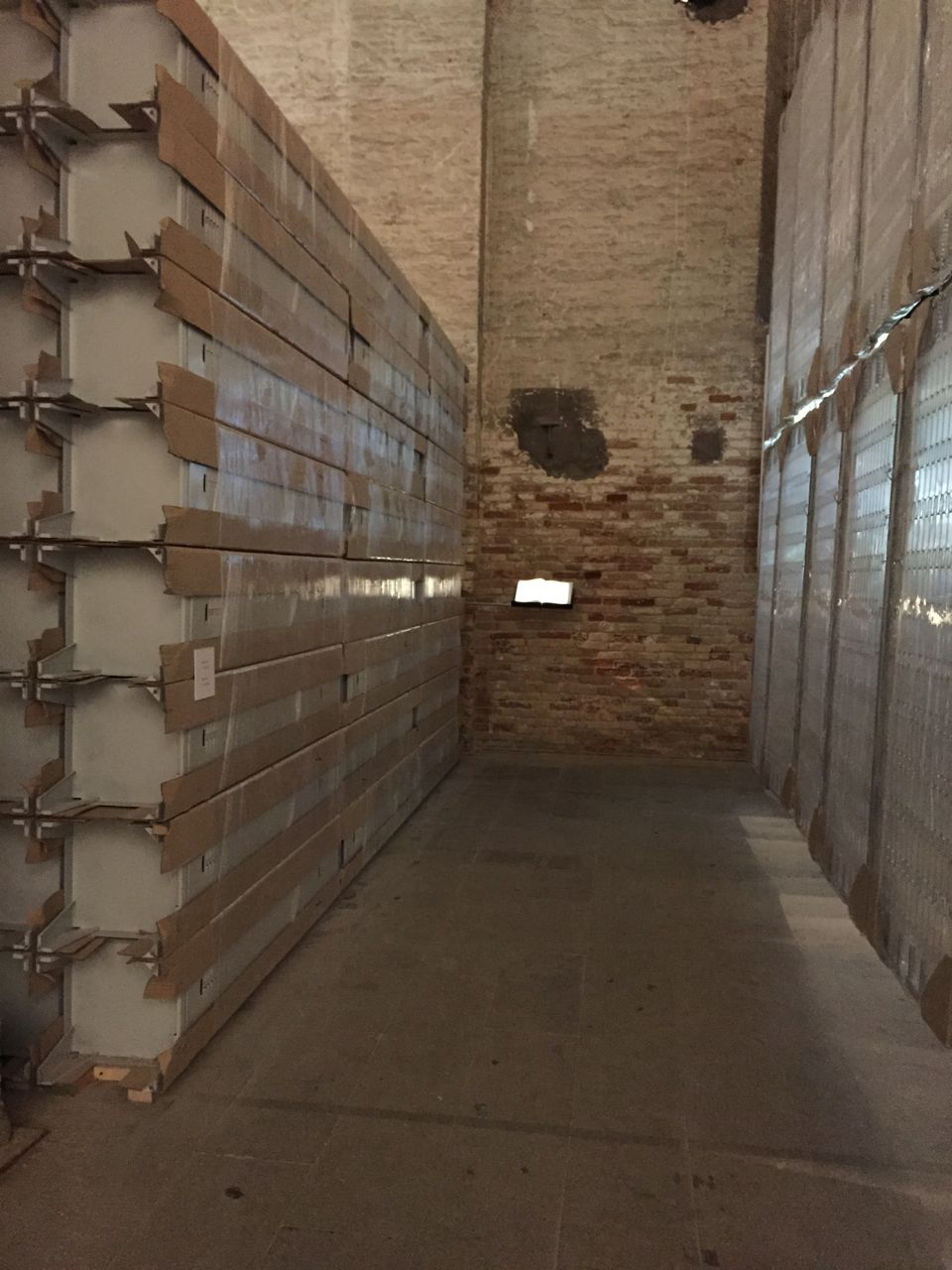
Tadao Ando’s renovation of Punta della Dogana. The lost battle of installing 2 exposed concrete columns at the entrance of the Punta, marking the start of a new area… They did make it to the Arsenale though
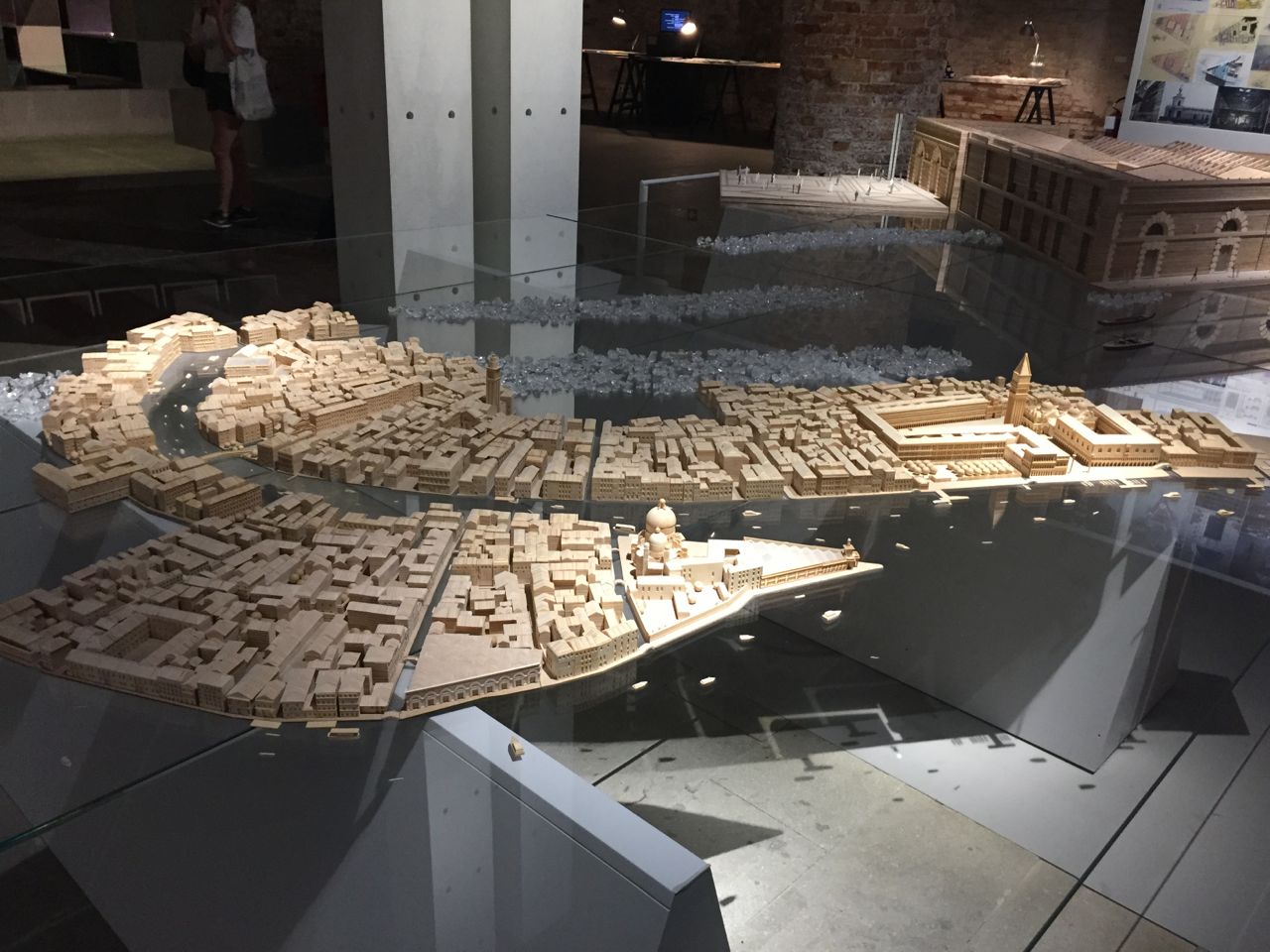
Anupama Kundoo: creating buildings using local knowledge and using buildings to create knowledge
Very, very inspiring.. see here website here
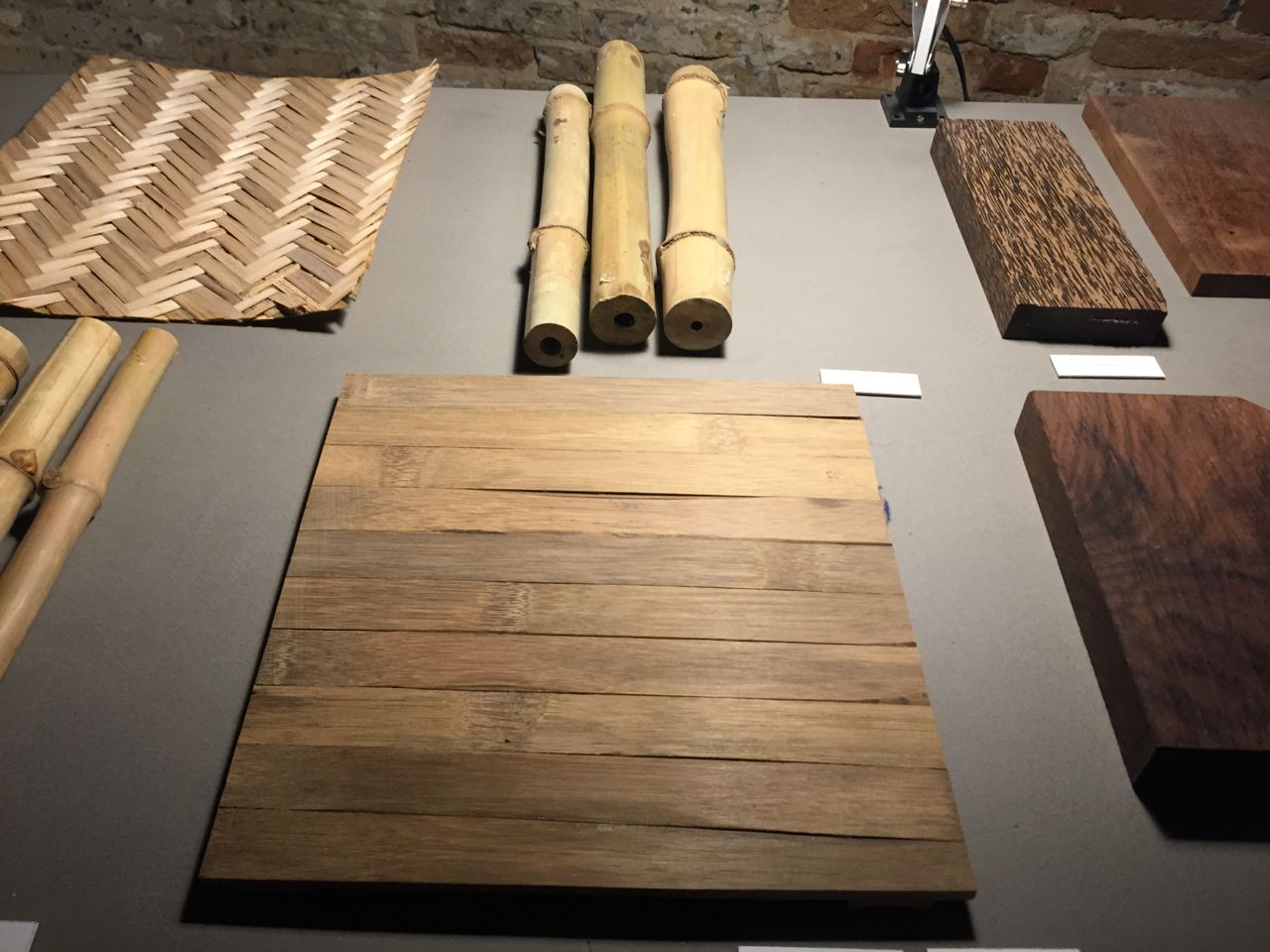
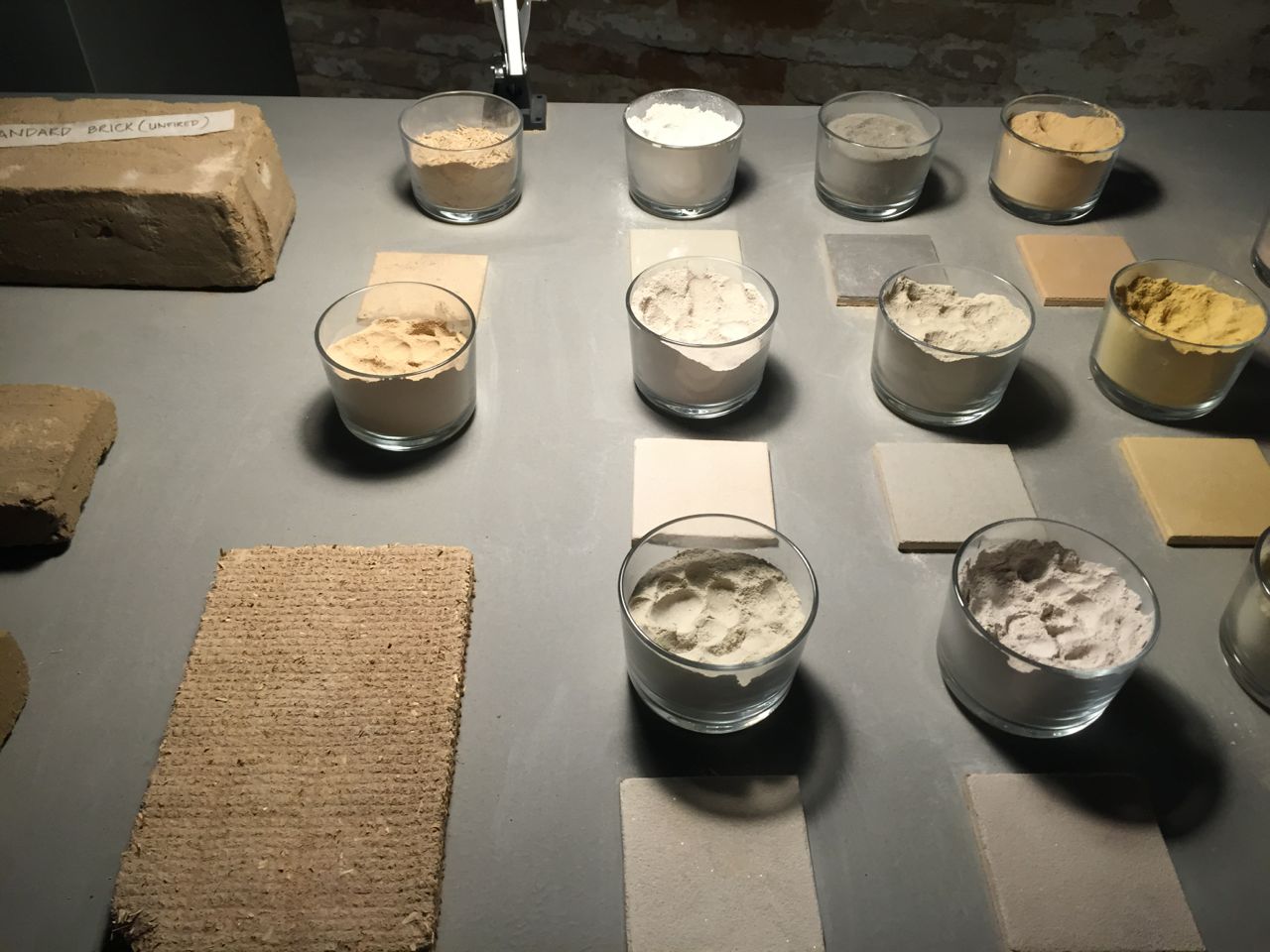
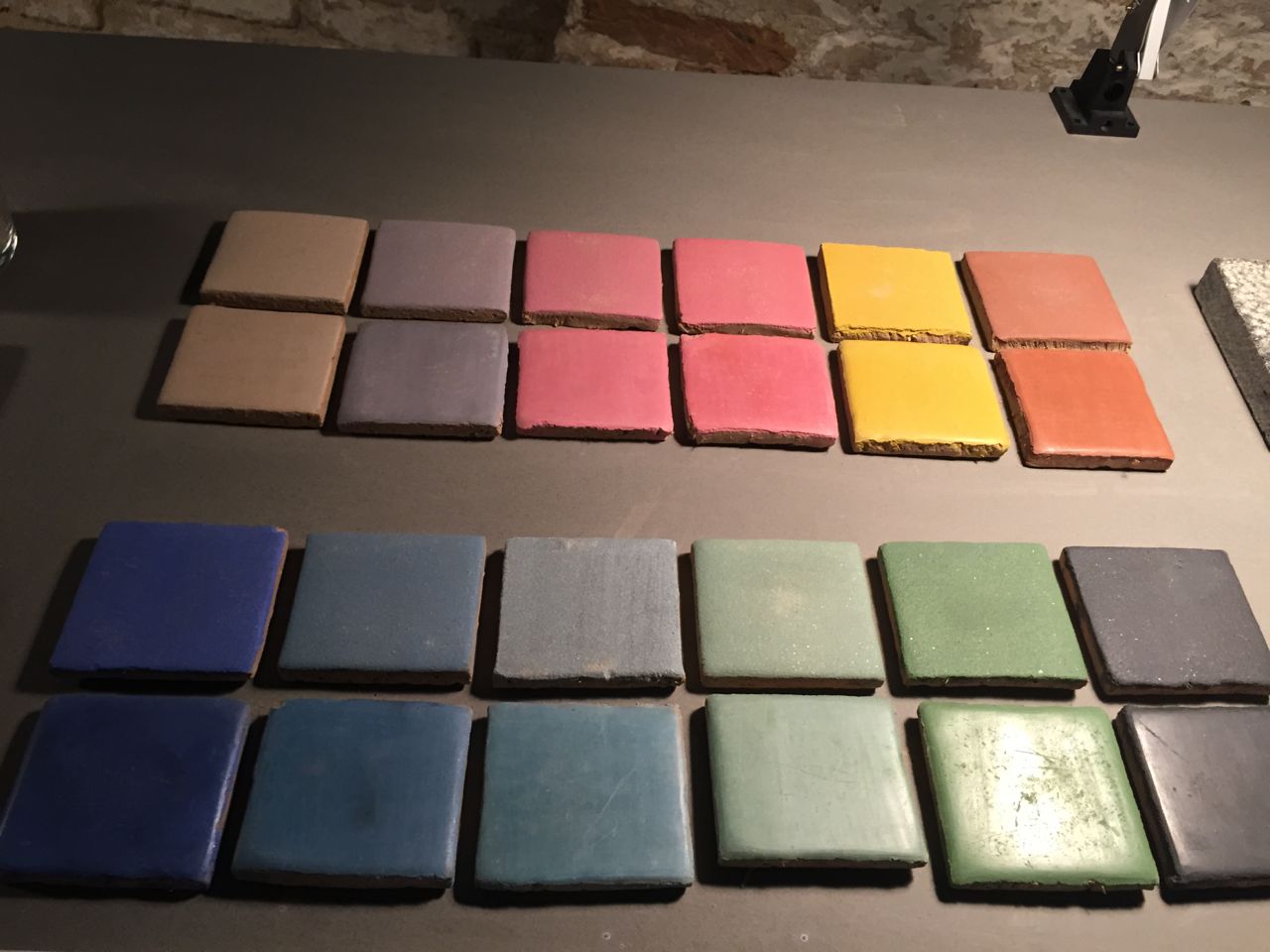
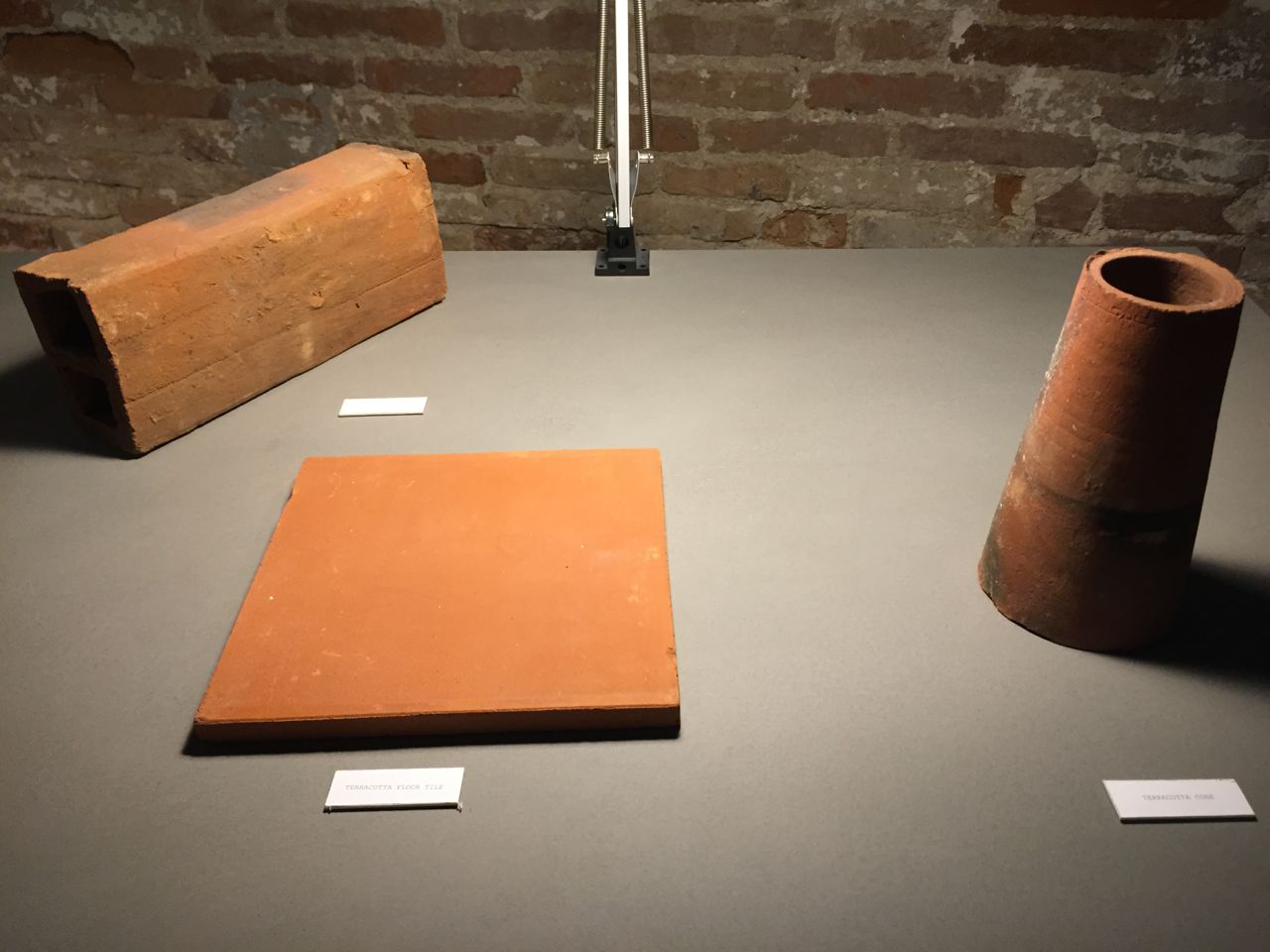
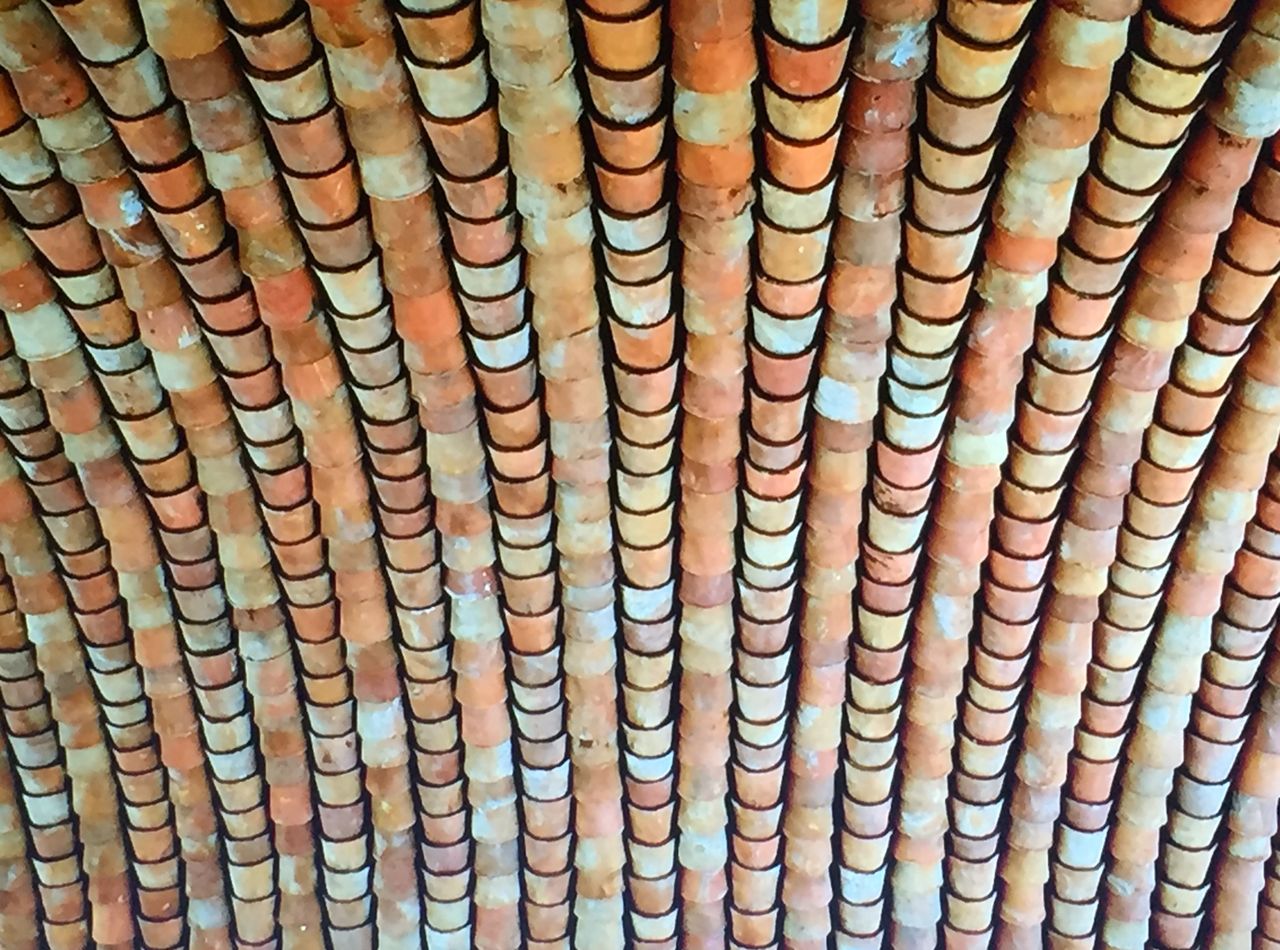
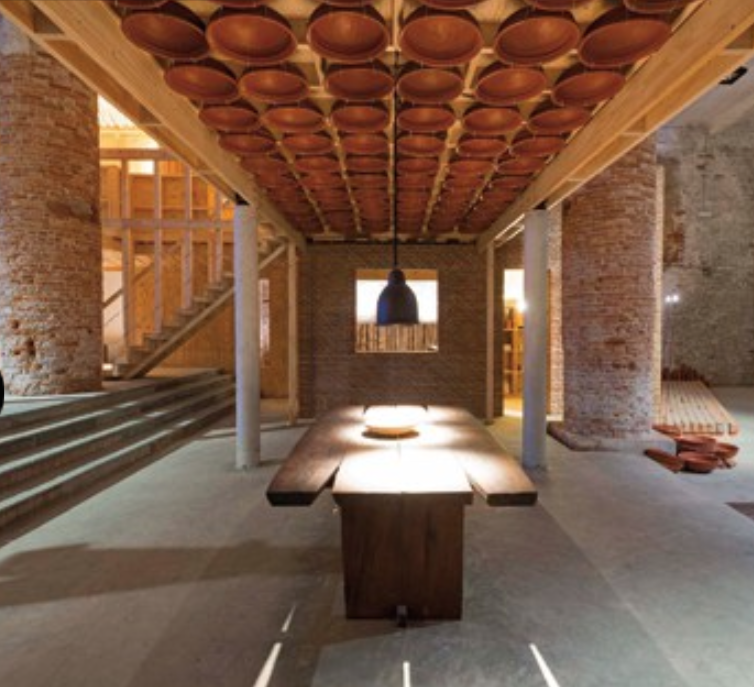
The battle of Khang Ke against tabula rasa in China. Revisiting the ancient Hutong, exploring the potential of the courtyard as a communal space and catalyst of social interaction
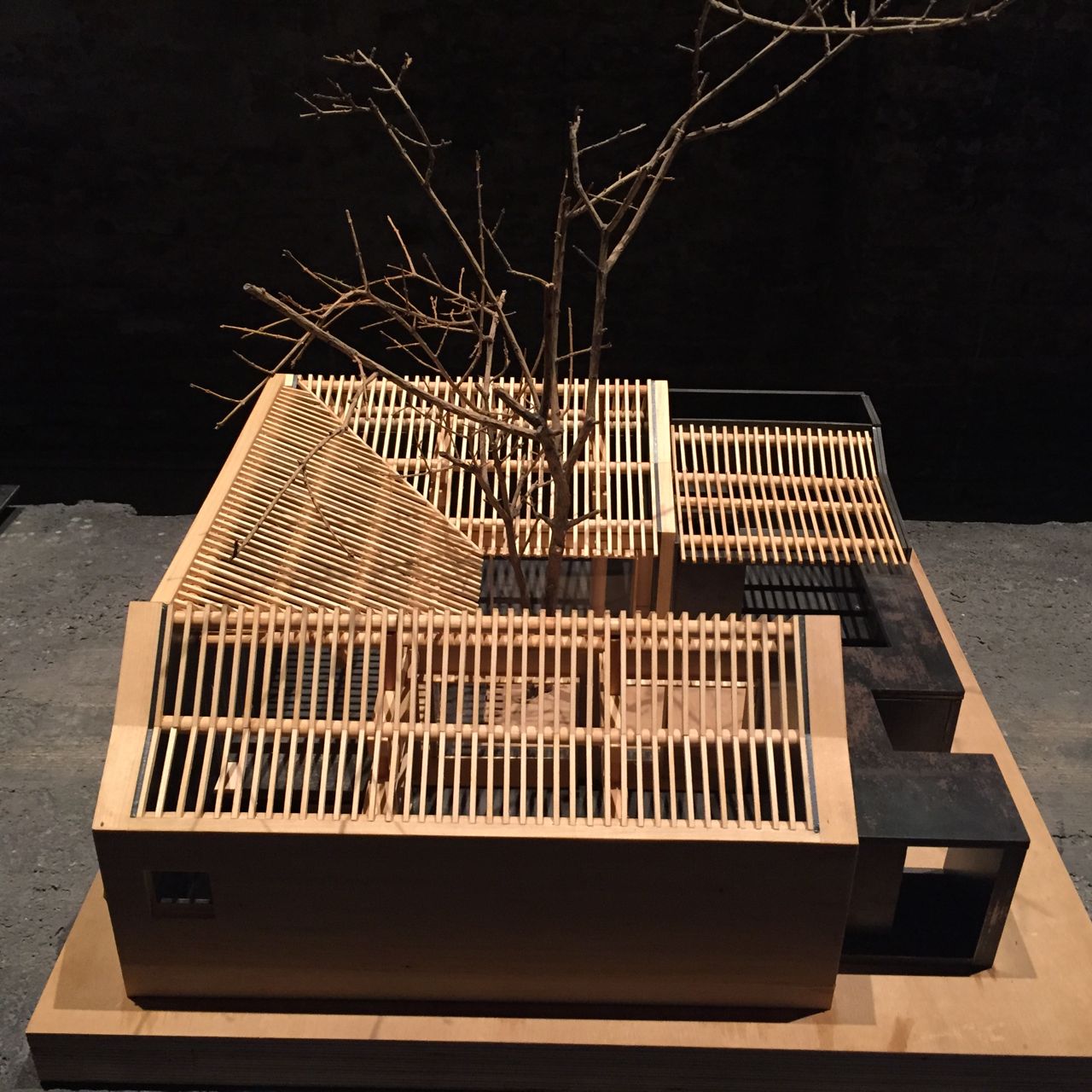
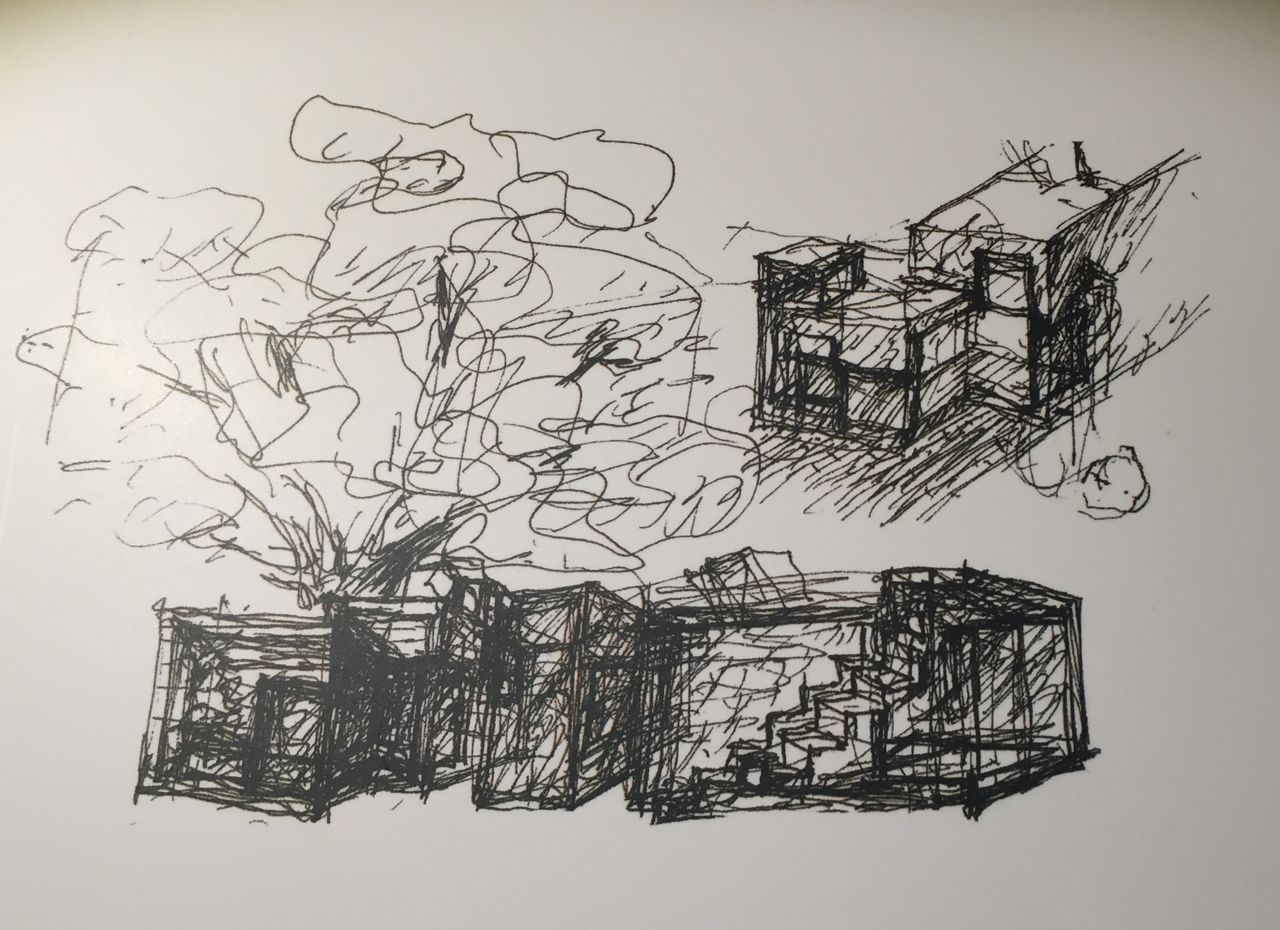
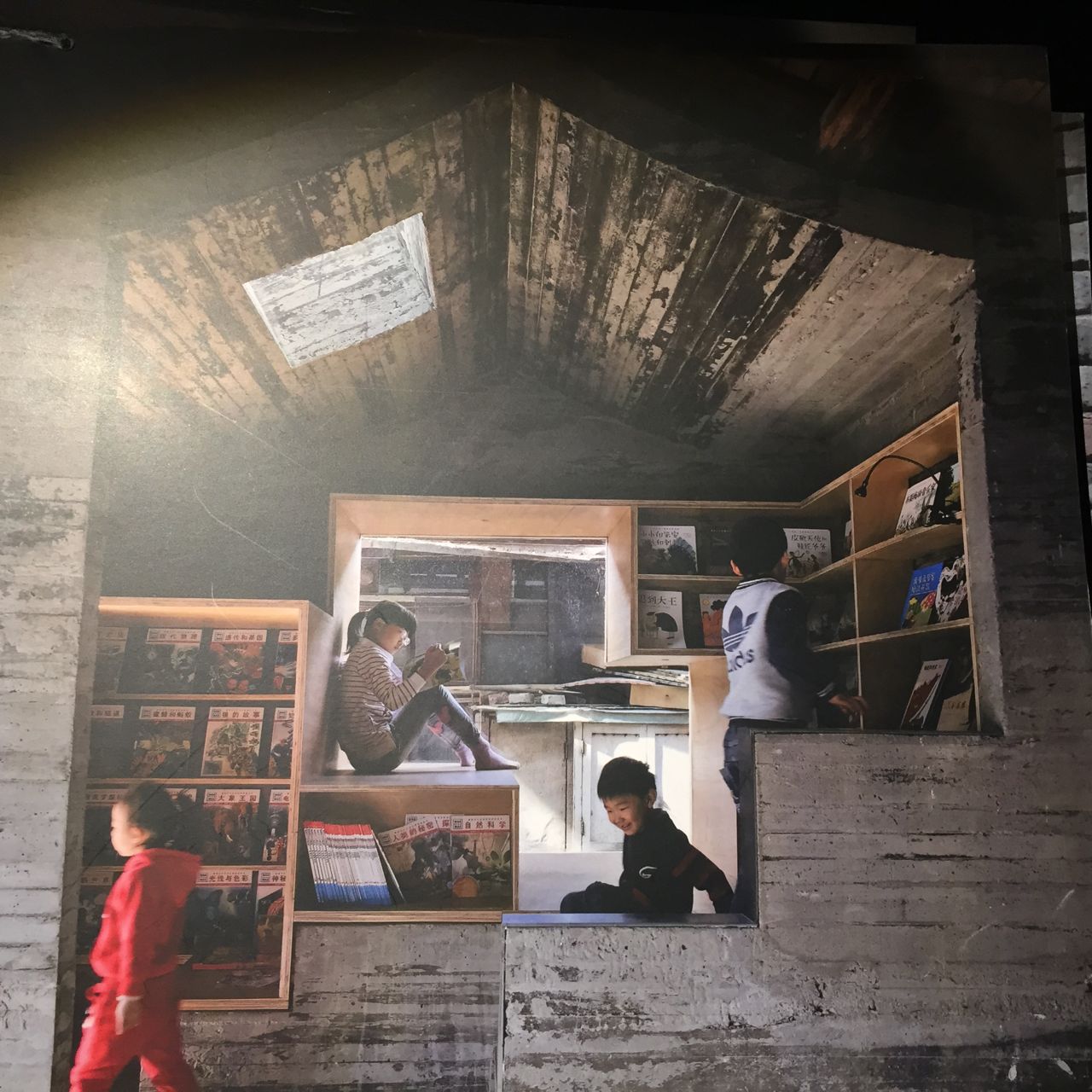
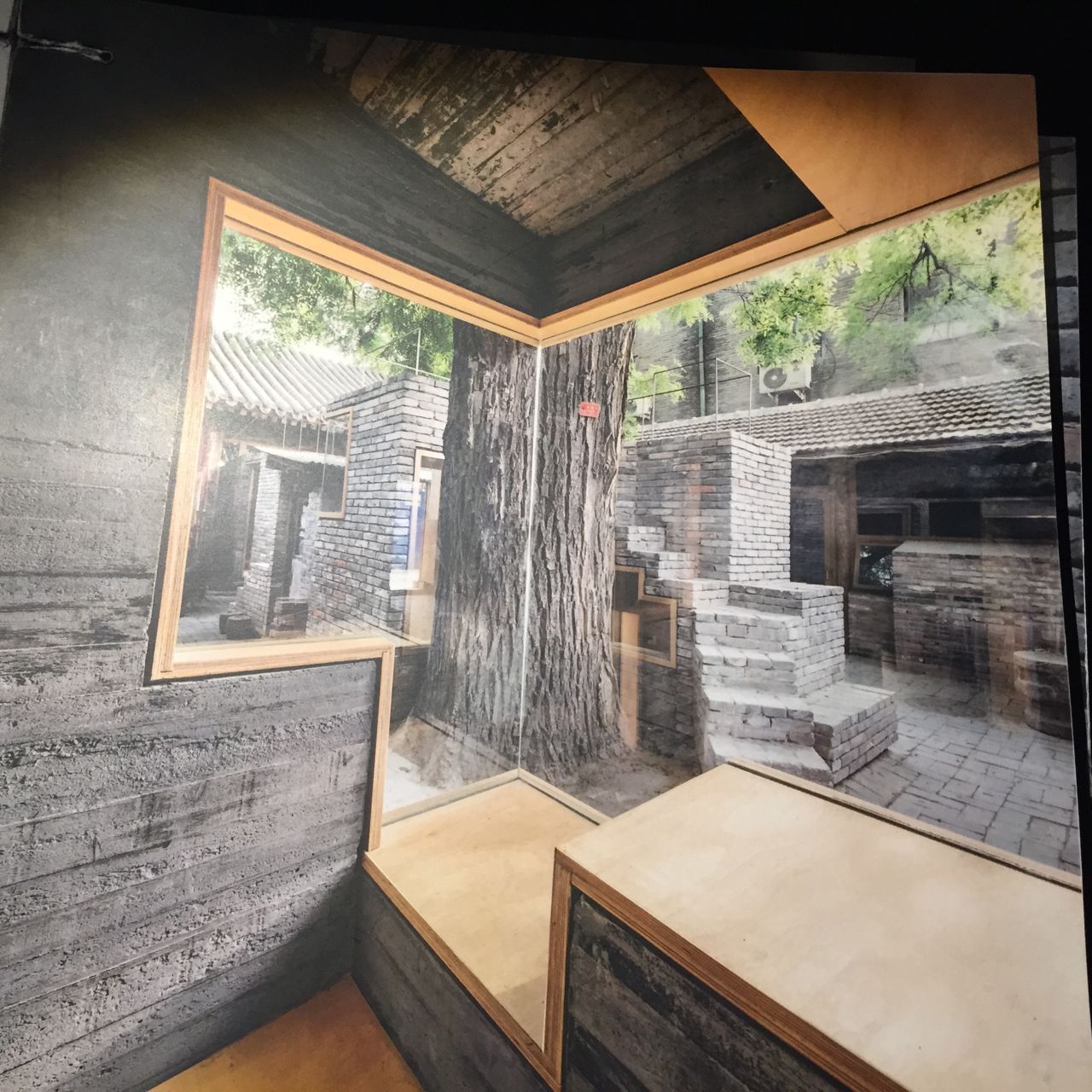
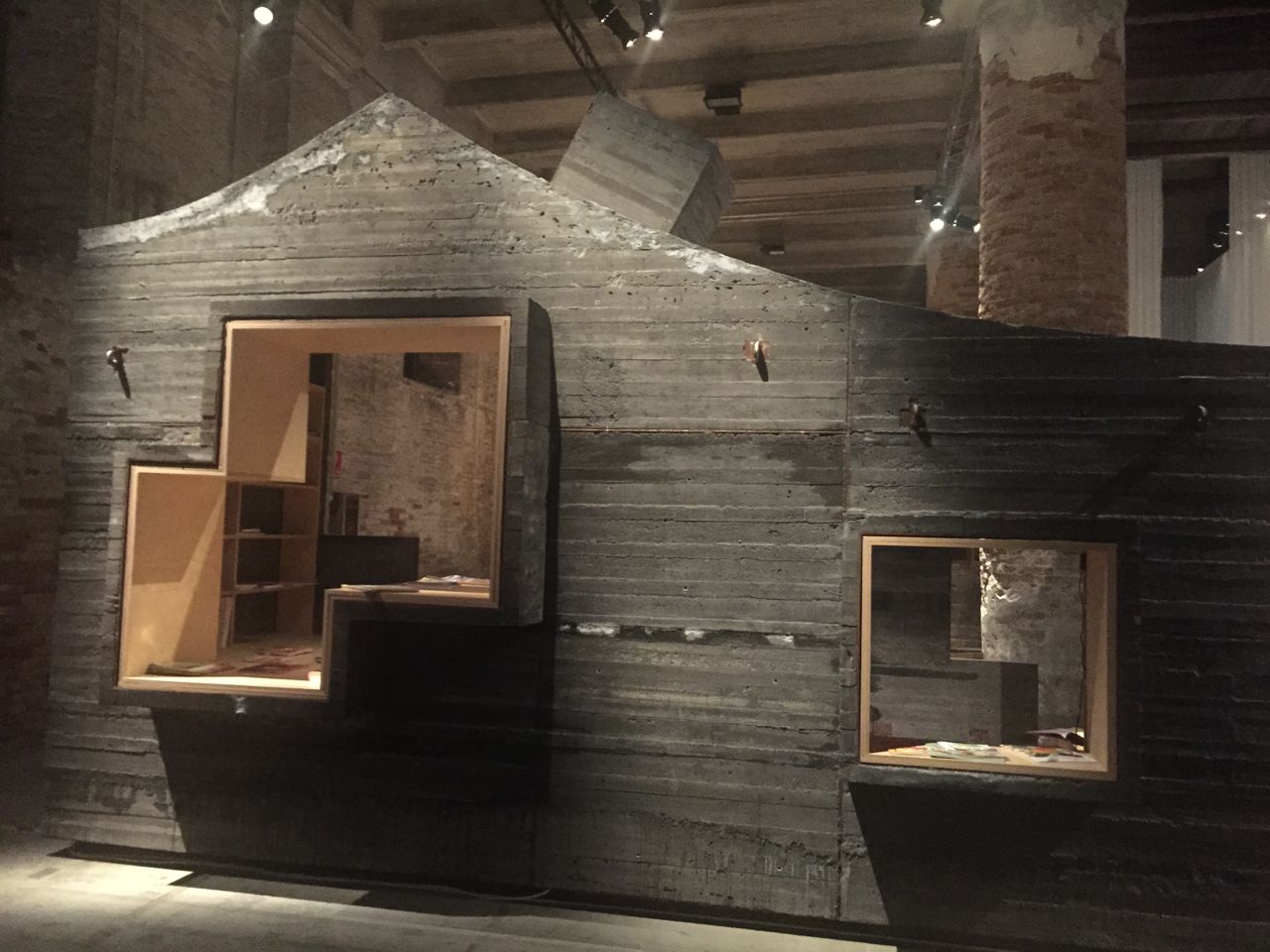
Turkey Pavilion: Dazana, two Arsenals, One Vessel. Shipyards link Venice and Istambul, this is the last ship built in Istambul, cut into pieces, and remounted in Venice, to carry histories of common heritage
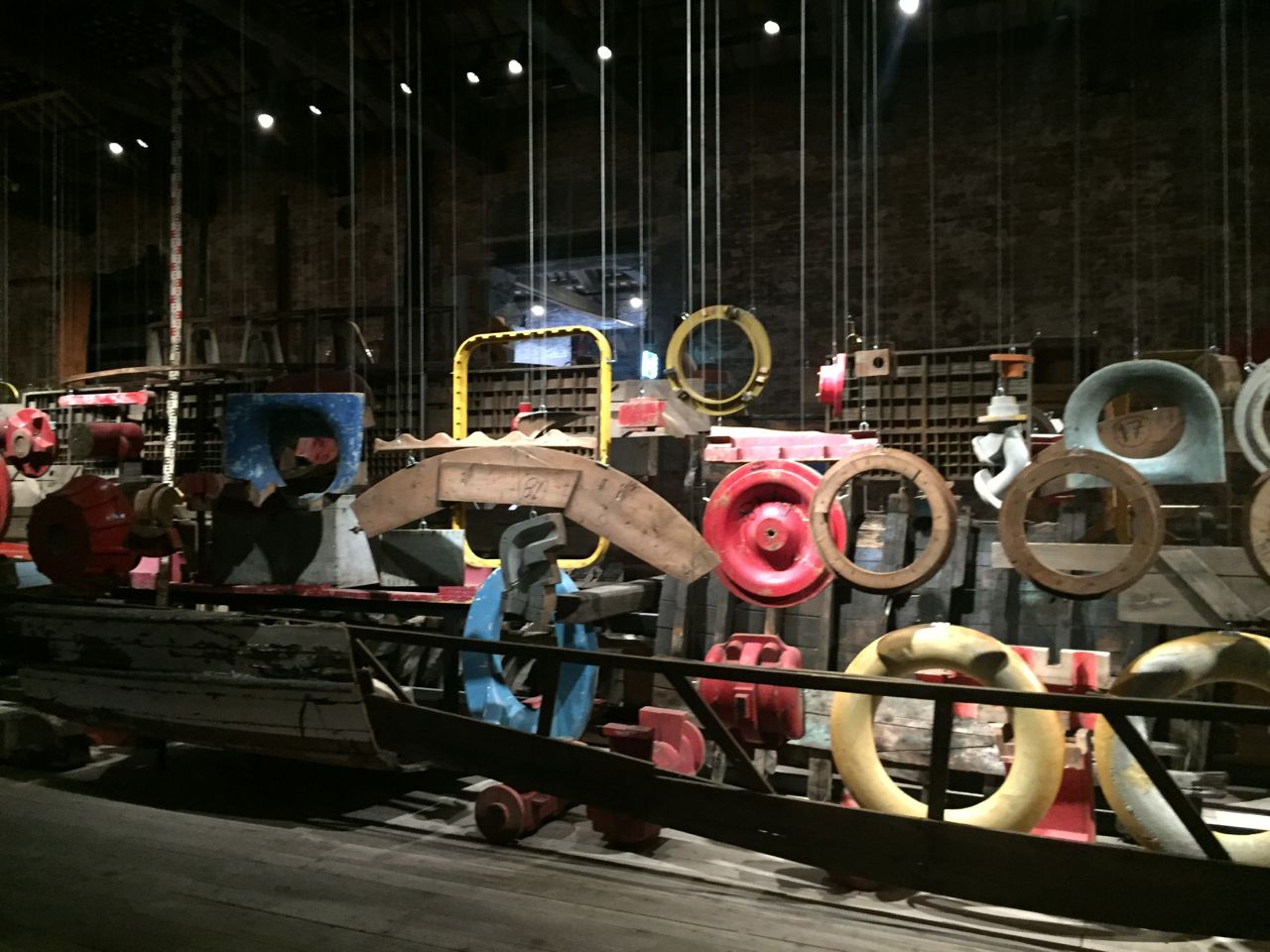
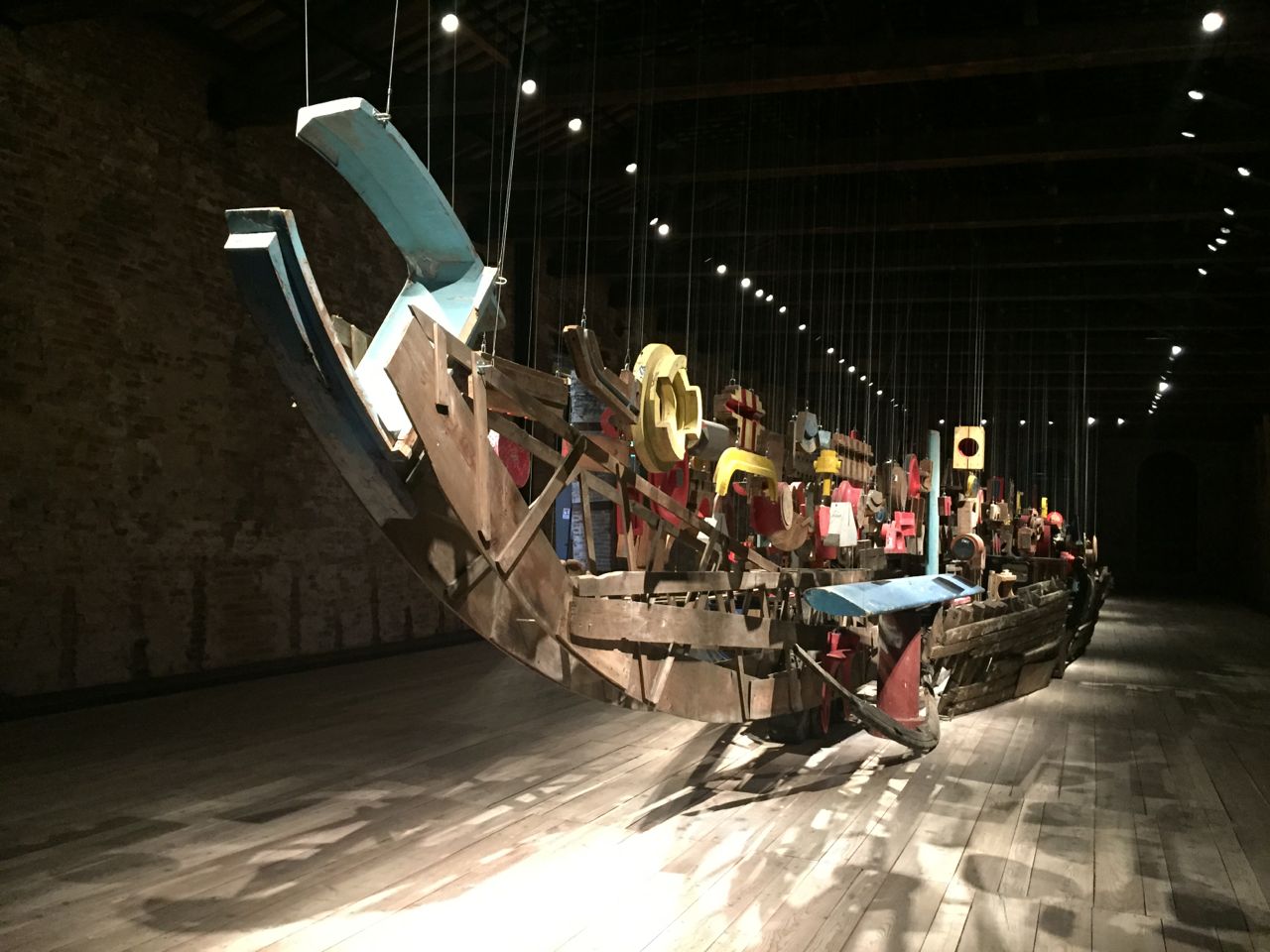
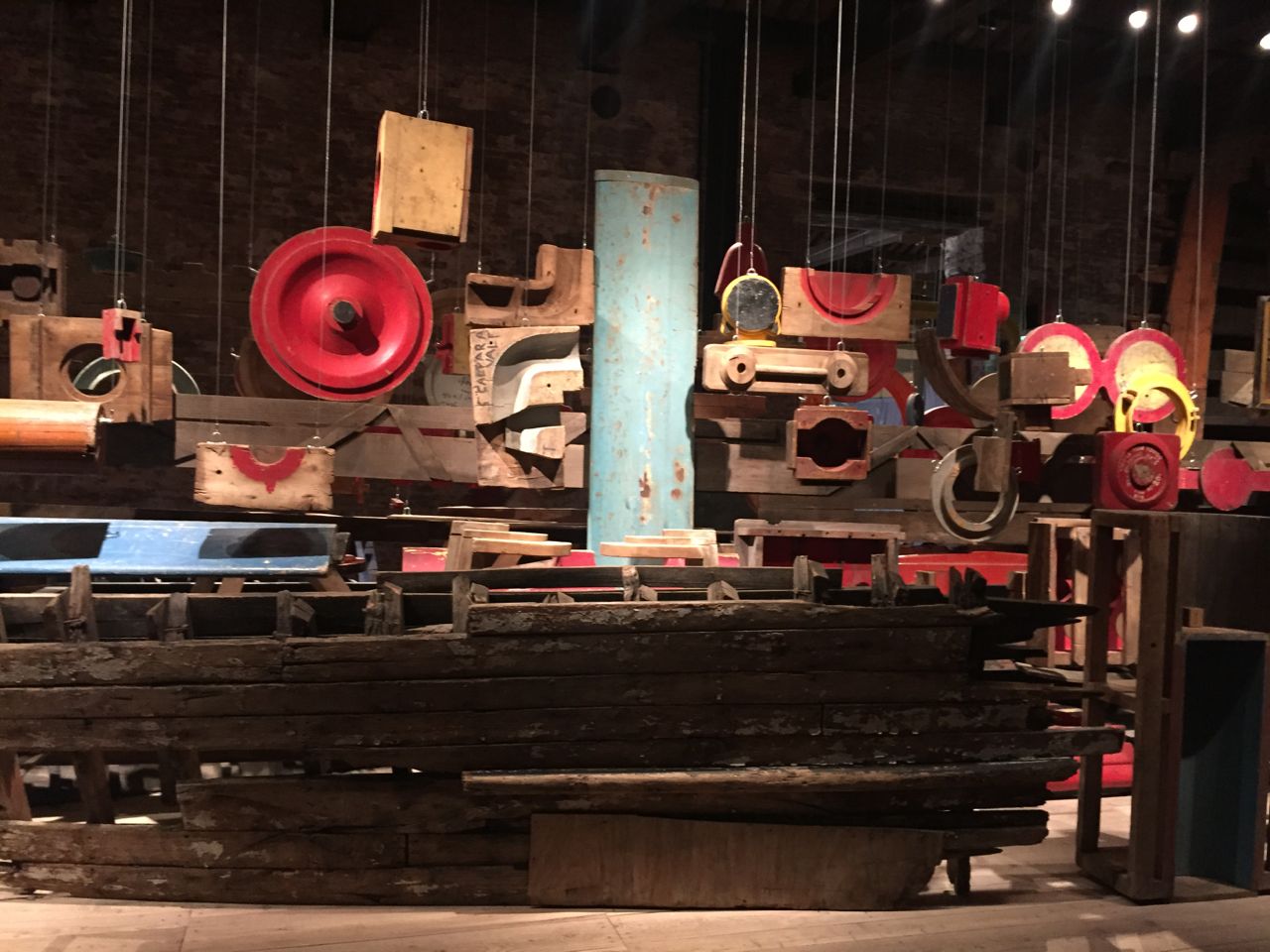
GrupoTalca, Chile: how to bring architecture where there is none. The beautiful story of how viewpoint revitalised the community of Pinohuacho by triggering touristic development in a pro-active way as opposed to a passive way. More info in English here , en Espagnol aqui
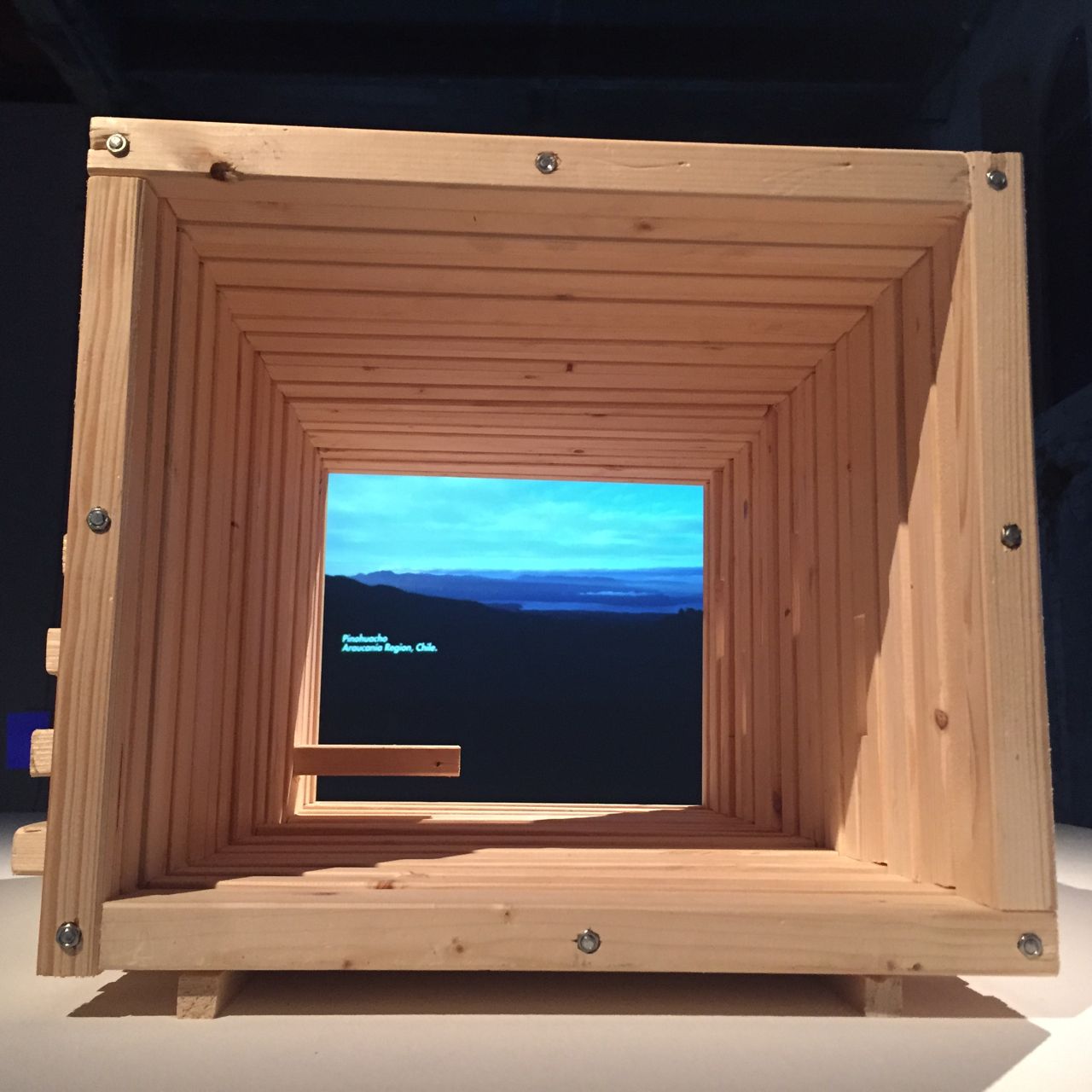
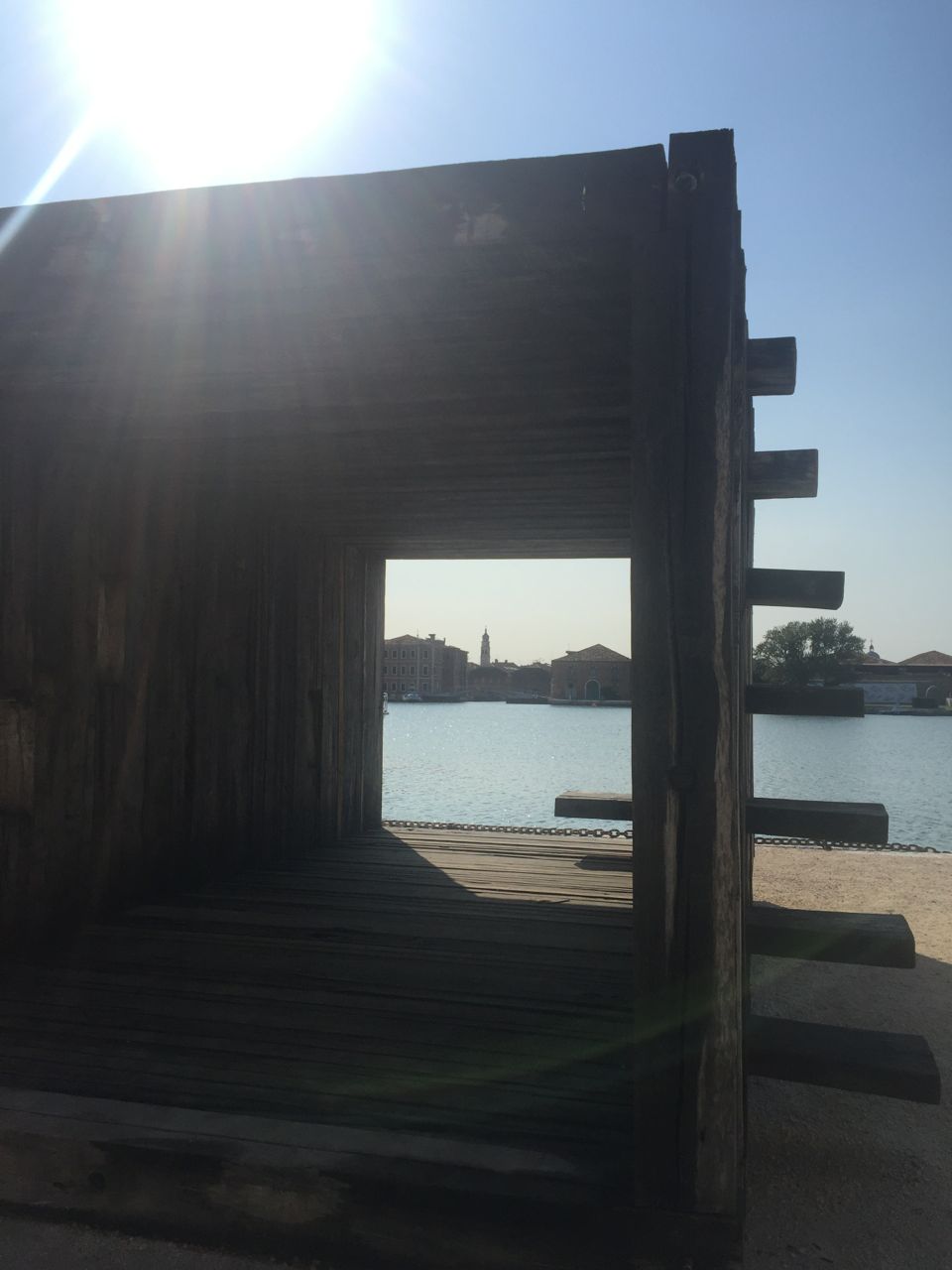
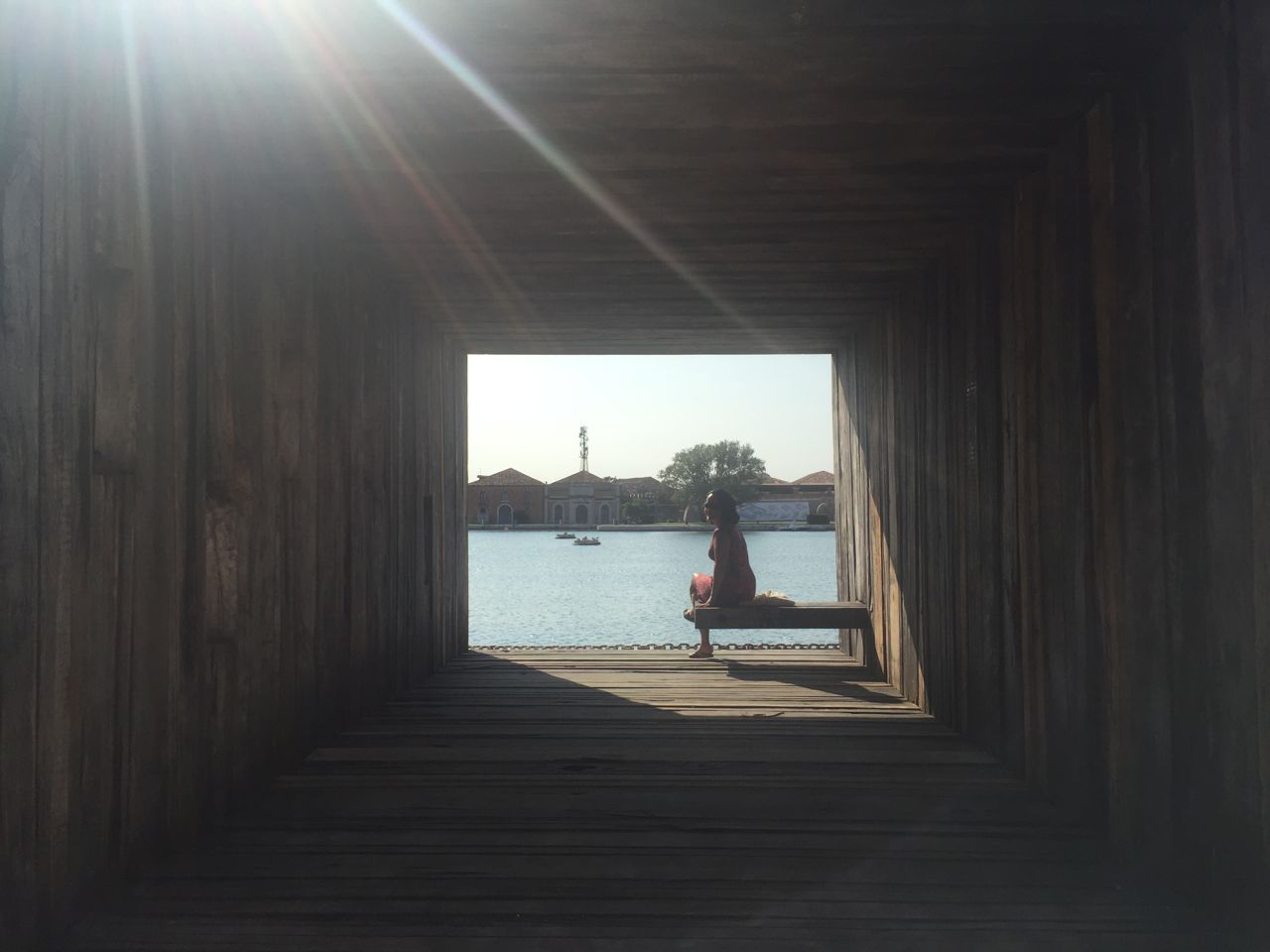
Teresa Moller, Chile: landscape architecture as the discipline with most potential to redistribute quality of life. Teresa Moller simply brought Chile to Venice in the form of those roughly cut travertine marble blocks from the Atacama desert (totally forgotten and disregarded by the copper extraction industry), that where installed along the water edge as much appreciated seating areas to admire the view. Back to Chile, they will be used for public spaces.
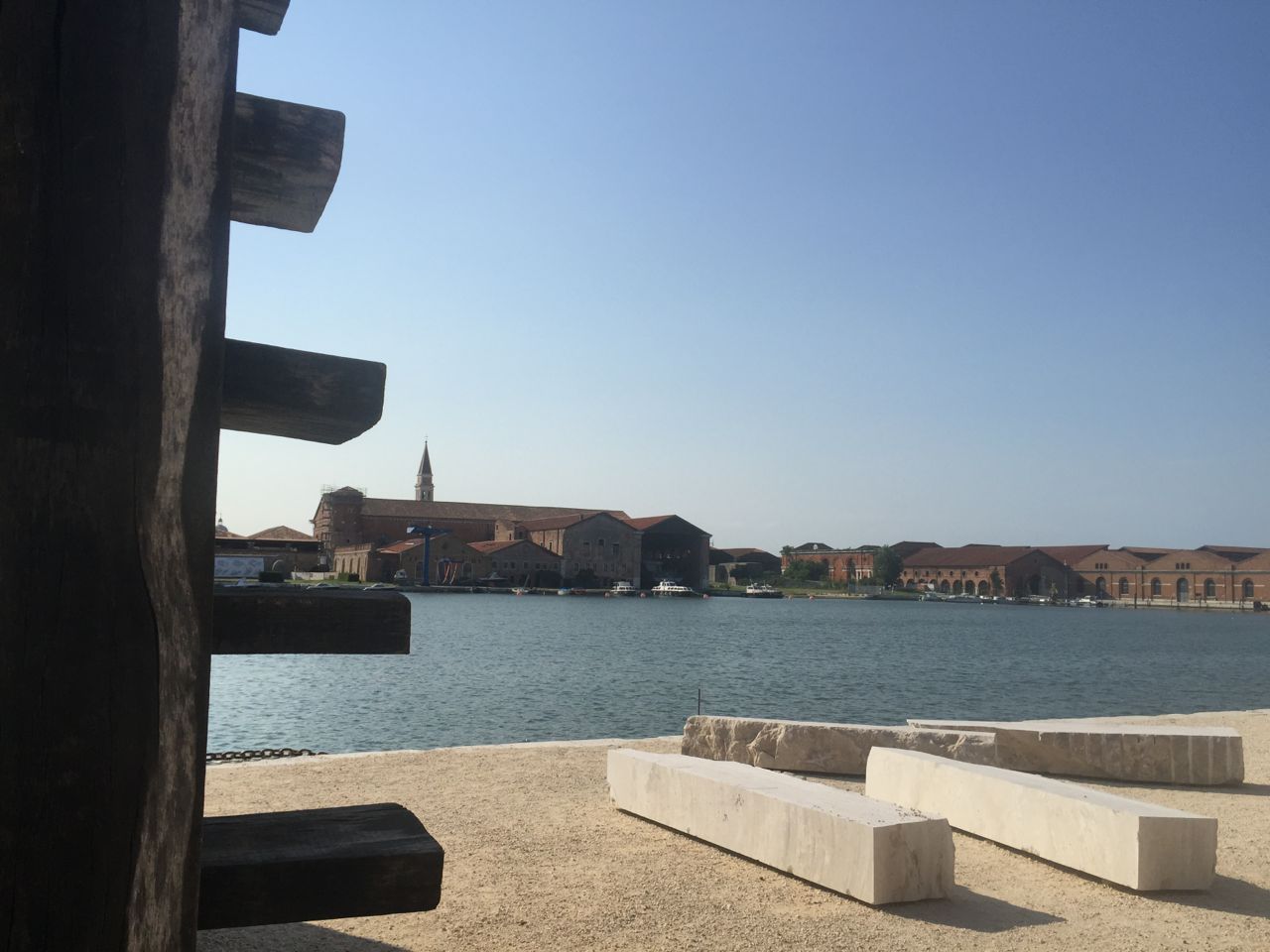
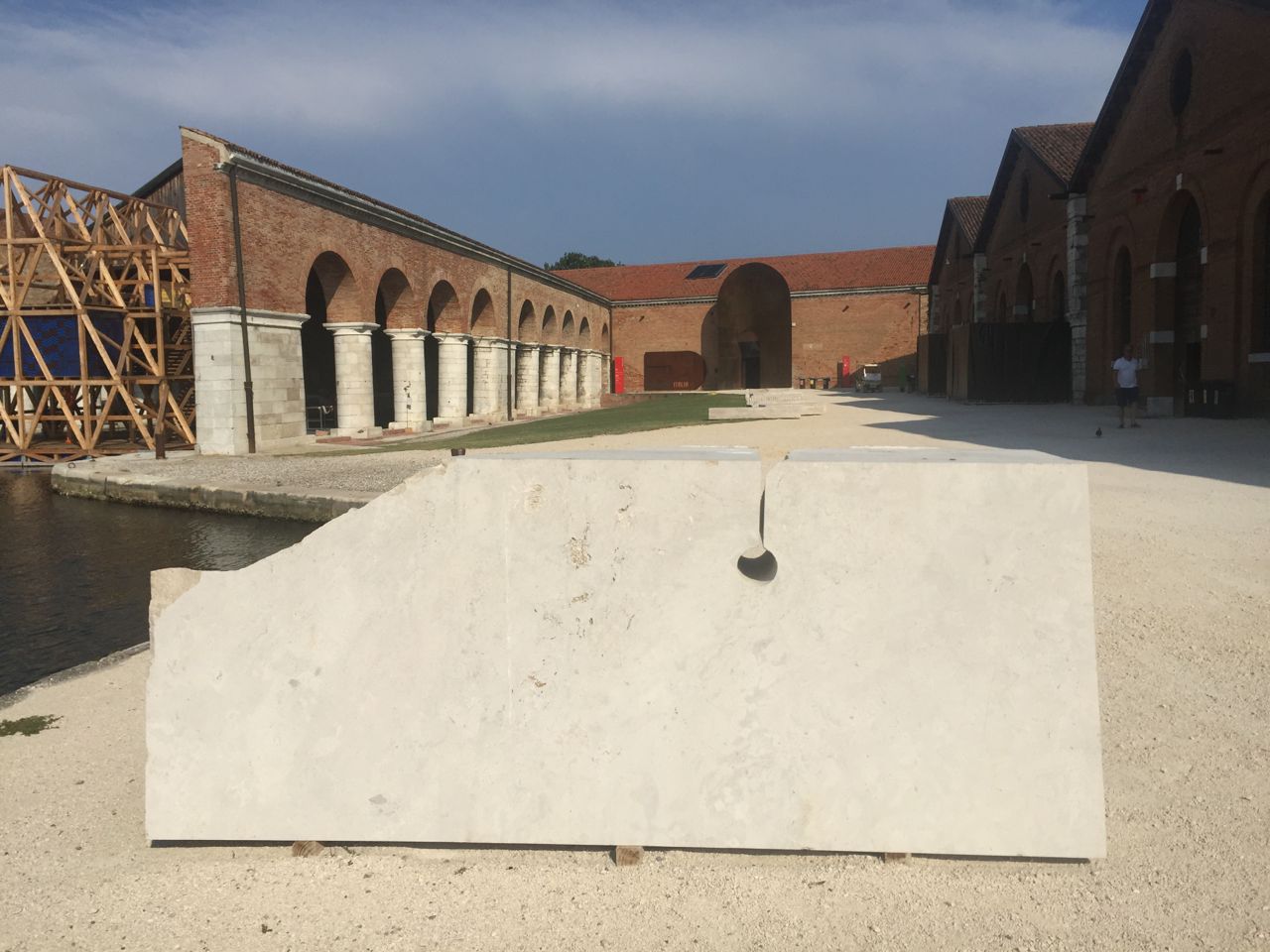
Kunle Adeyemi’s floating school in Nigeria. Addressing rapid urbanisation, lack of infrastructure and climate change
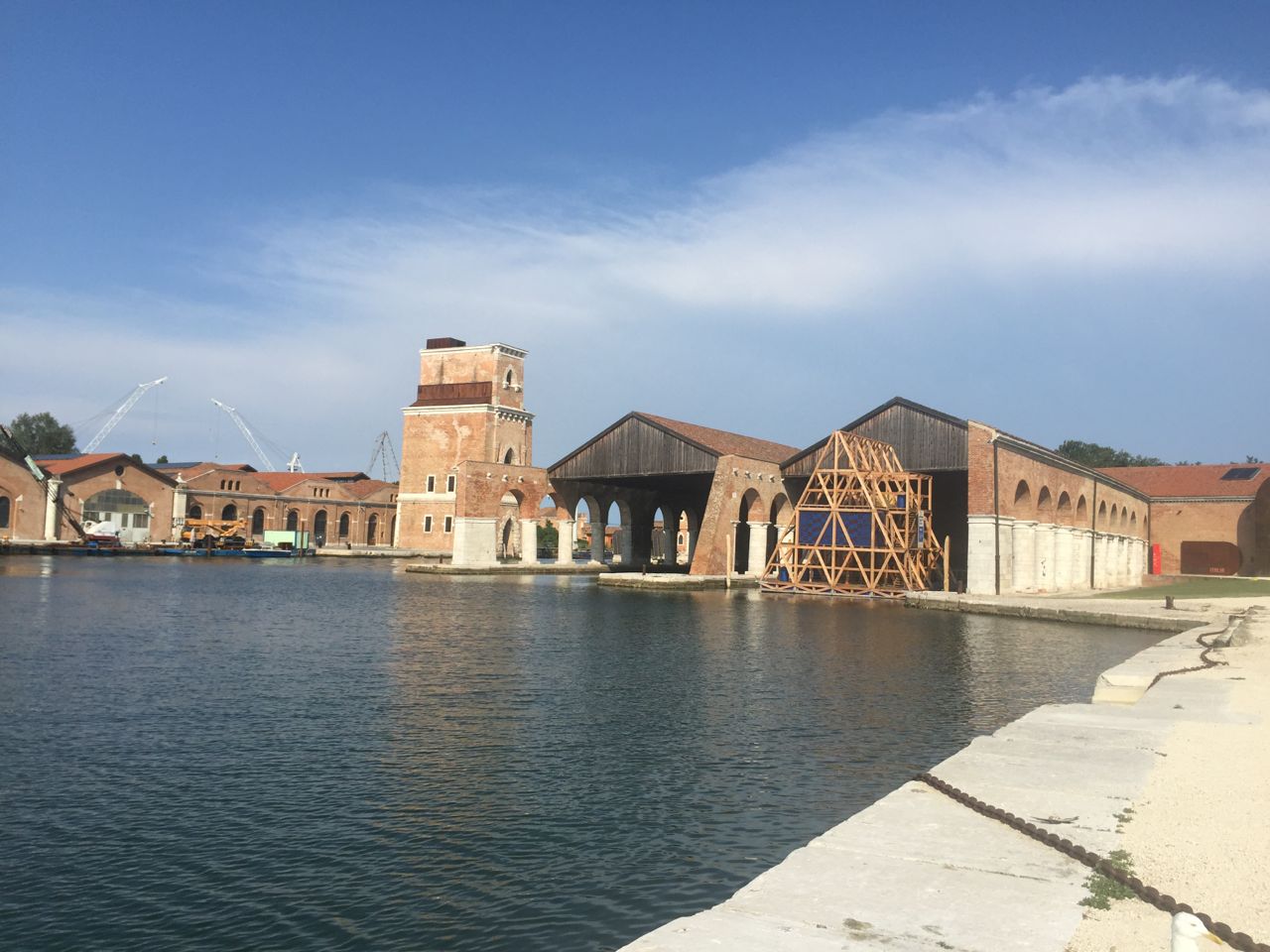
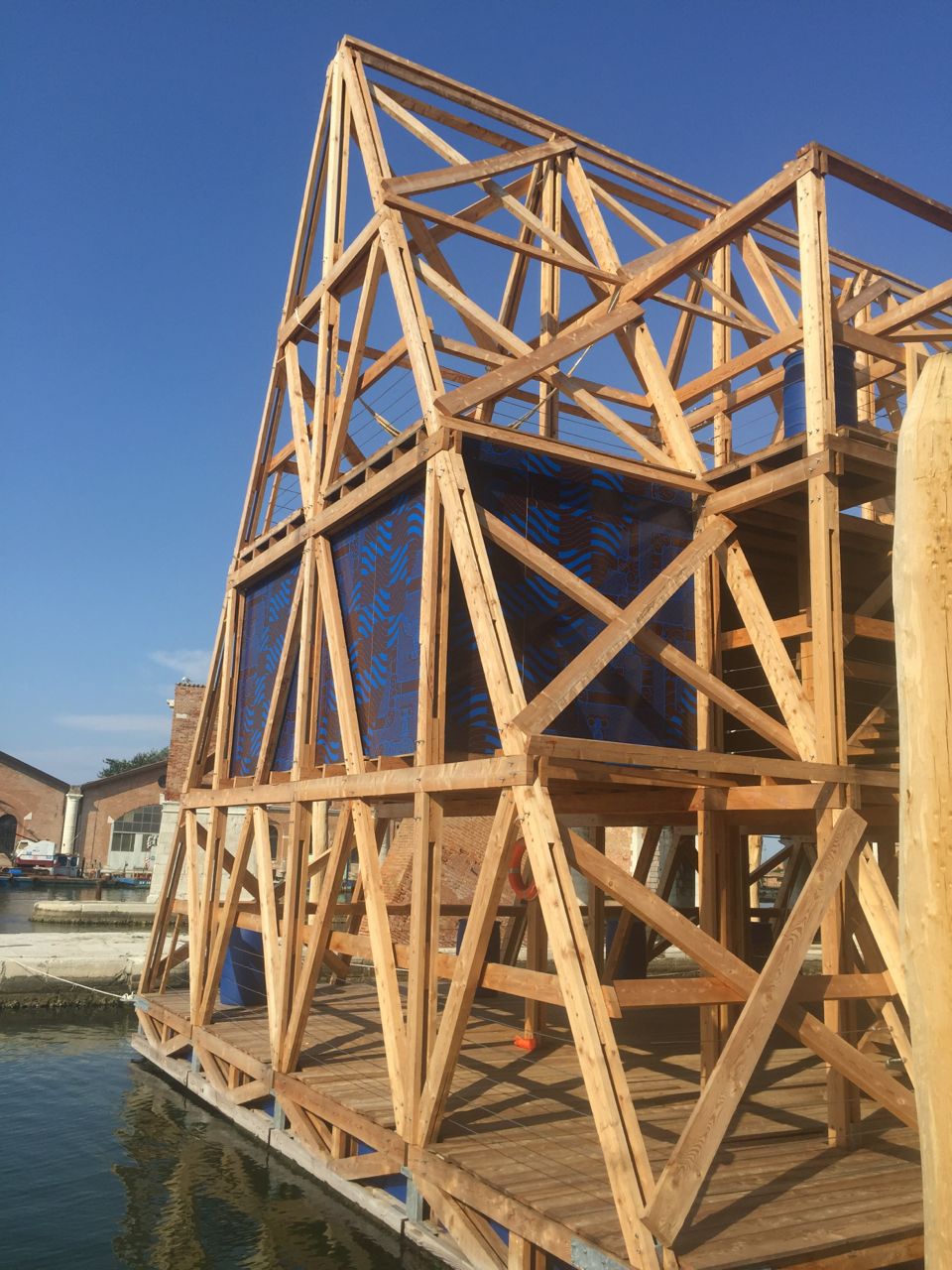
People’s Republic of Chine: daily Design, daily Tao
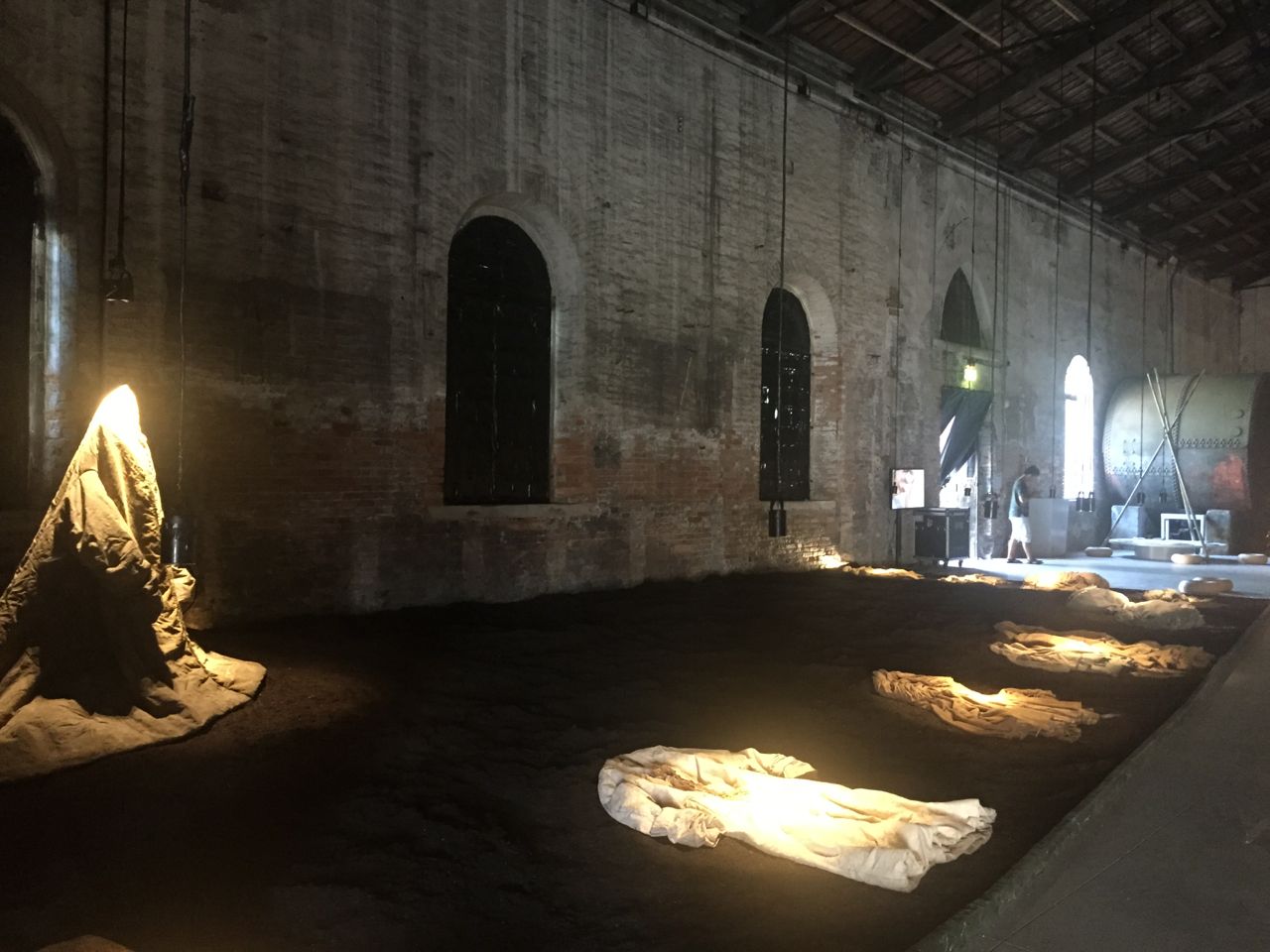
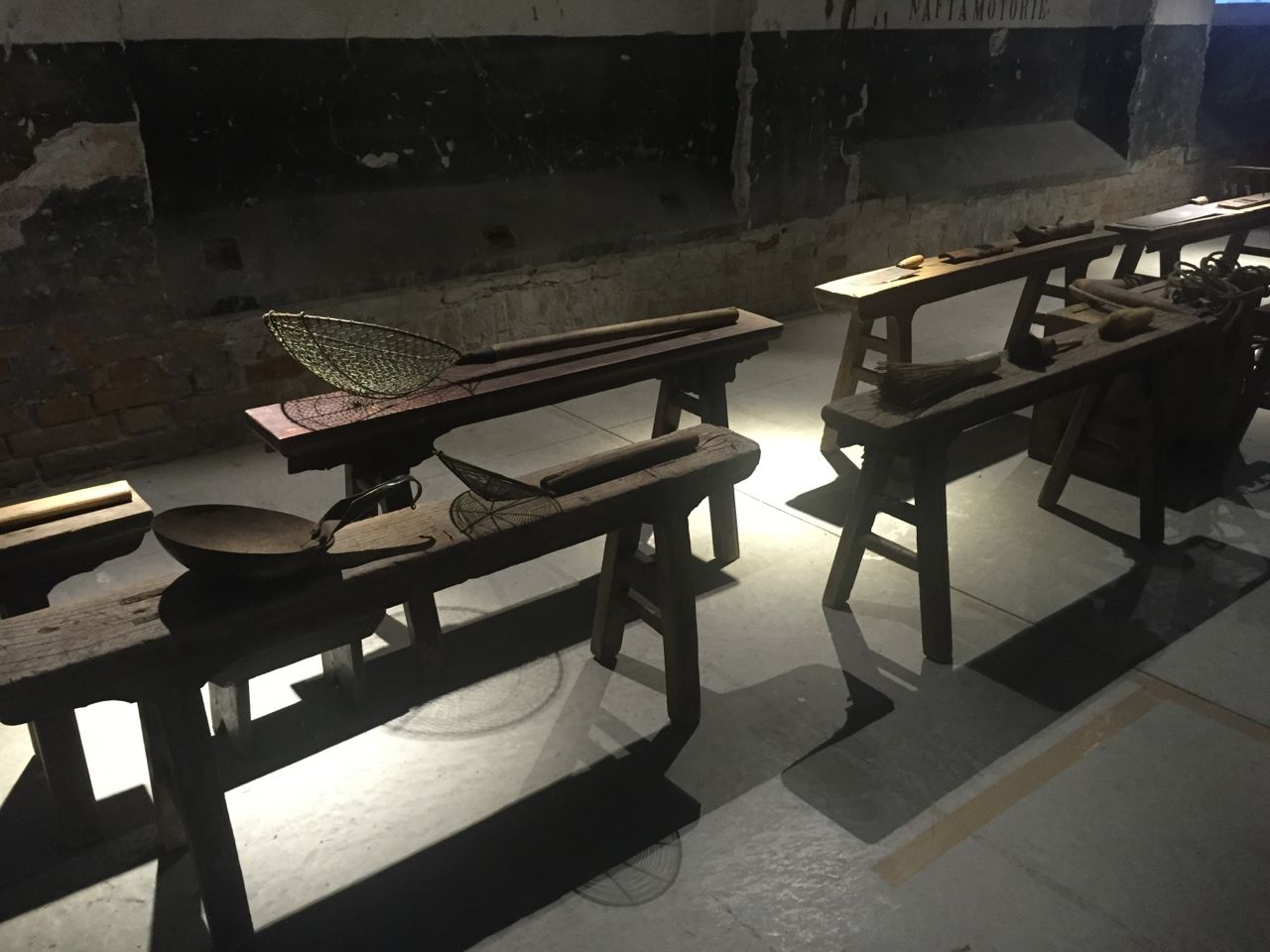
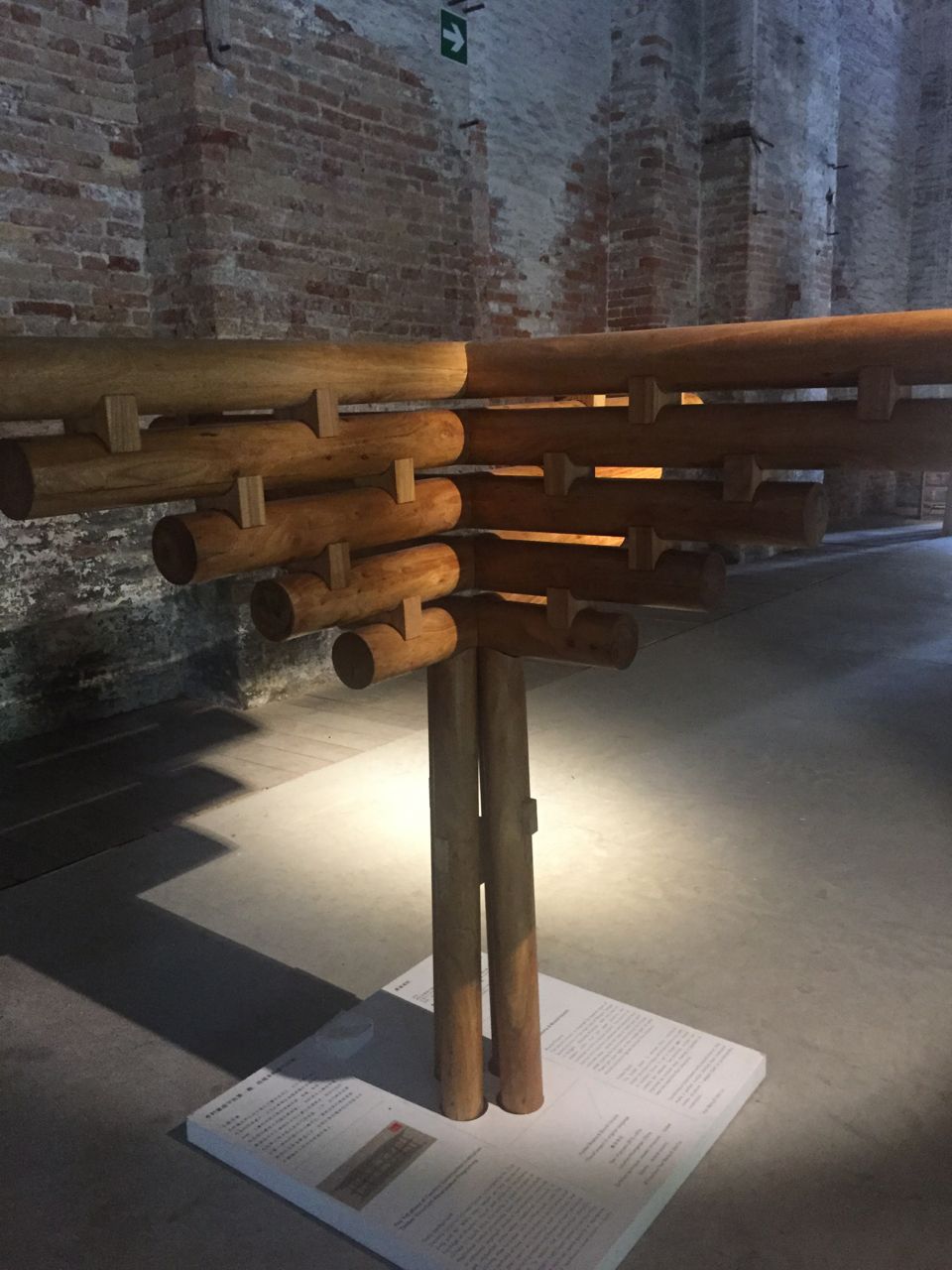
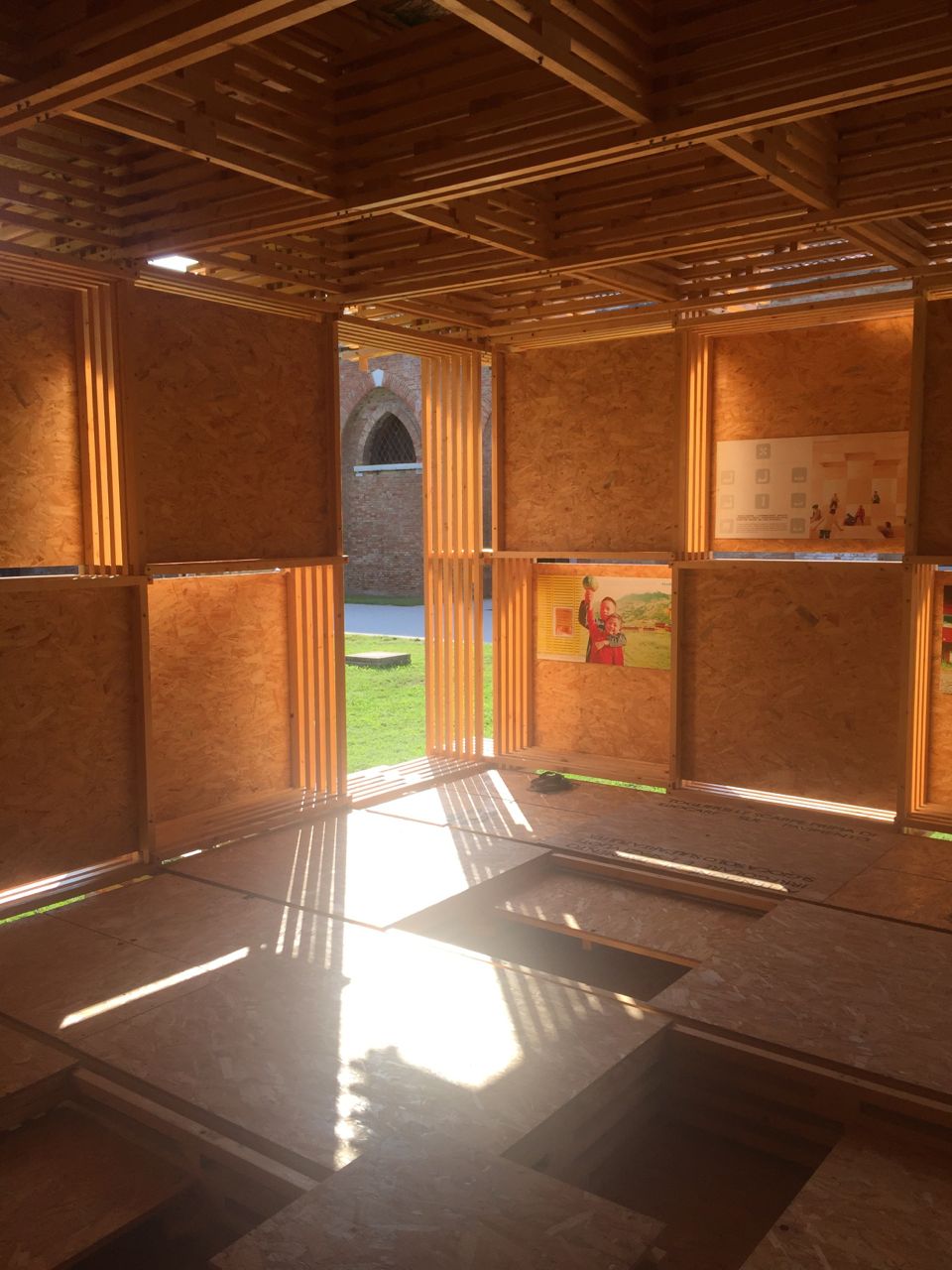
Samuel Goncalves, Portugal: from the infrastructure for basic services to the structure of open architecture. Searching for efficiency in the face of housing shortage
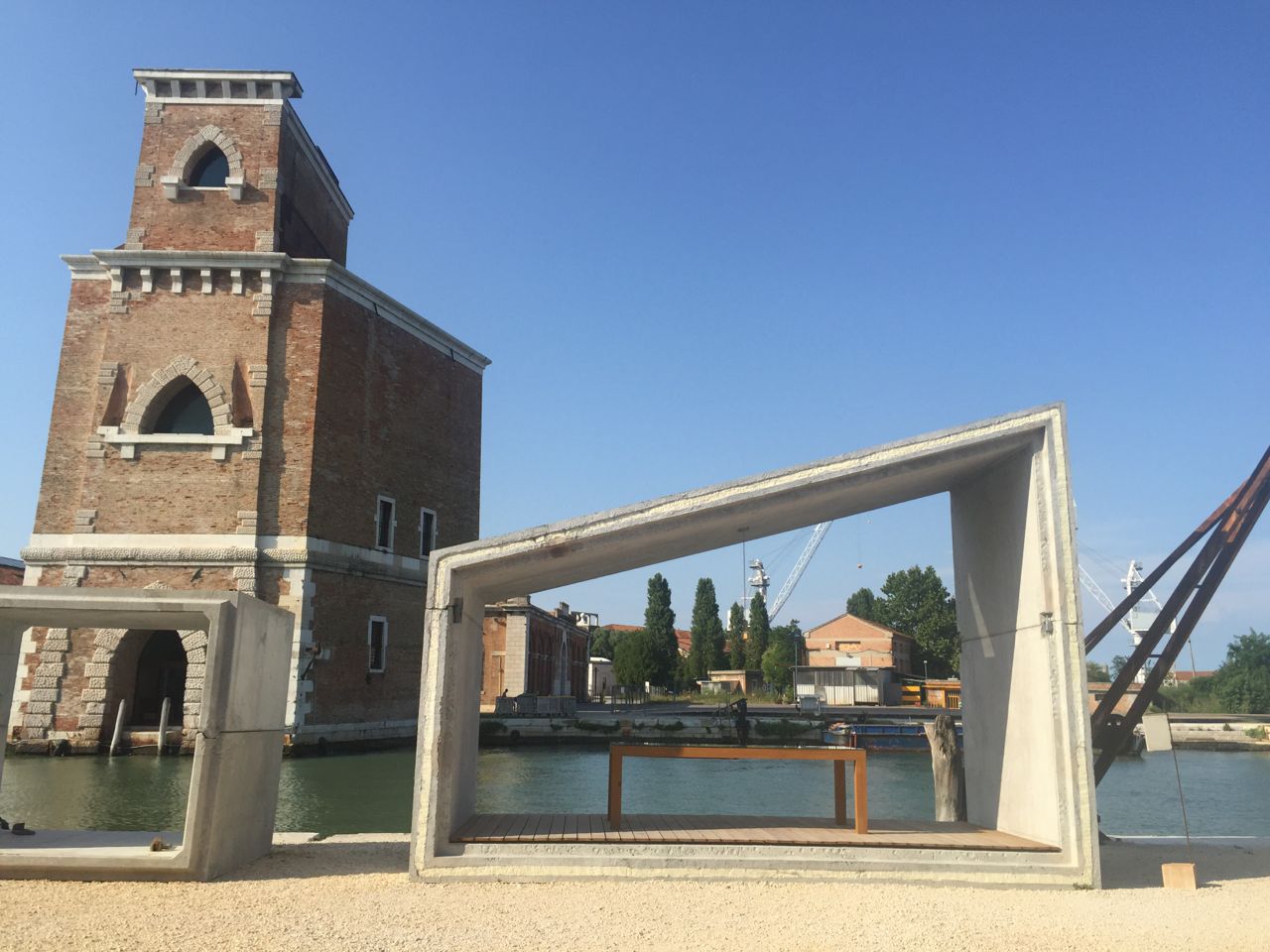
Norman Foster’s drone port: architecture and infrastructure at the same time. Built by students, this drone port is meant to be deconstructed, packaged and send to where it is needed ultimately, rebuilt using the same procedure by local work force. Interesting that here again the theme of the vault is reappearing…
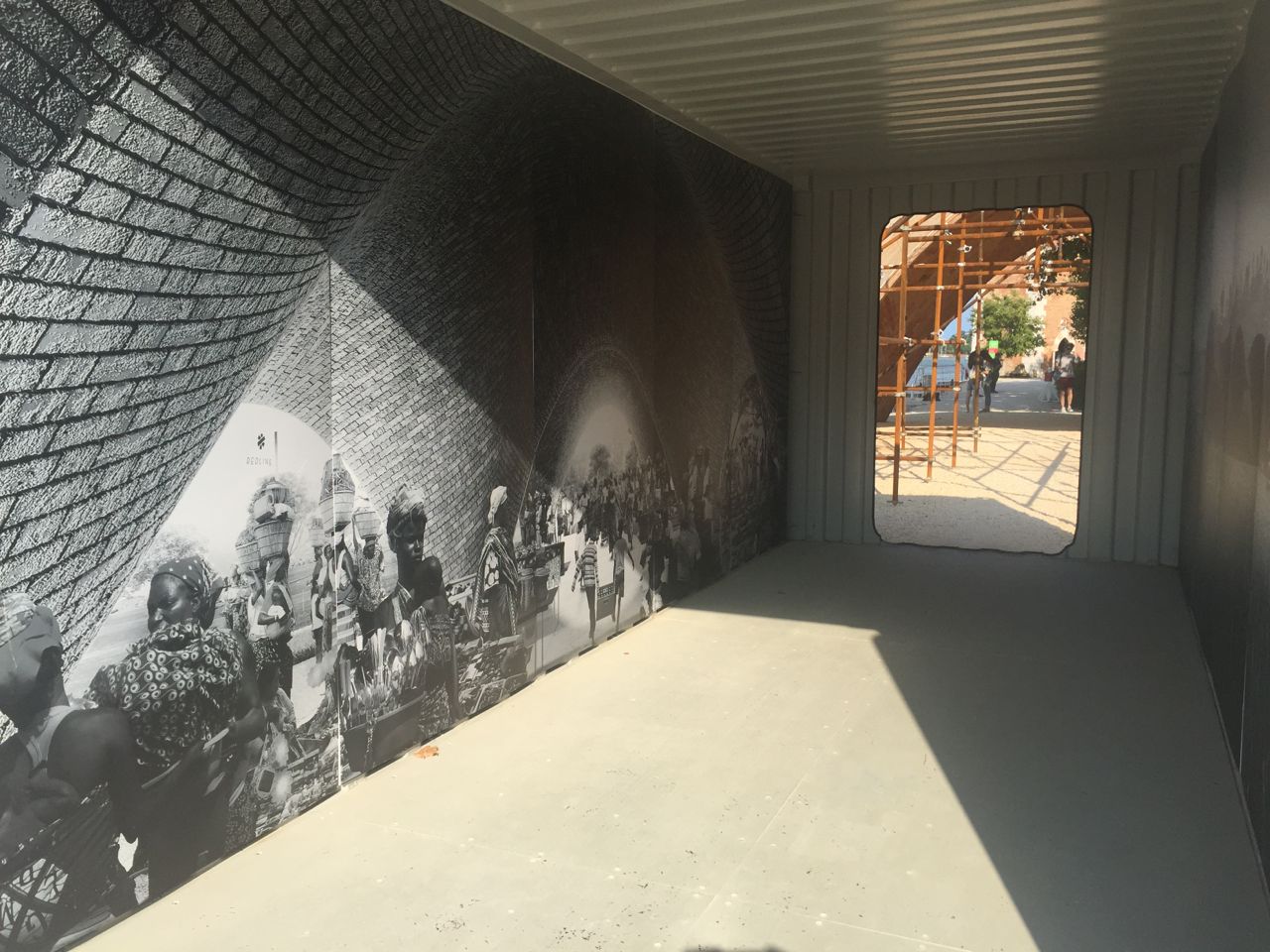
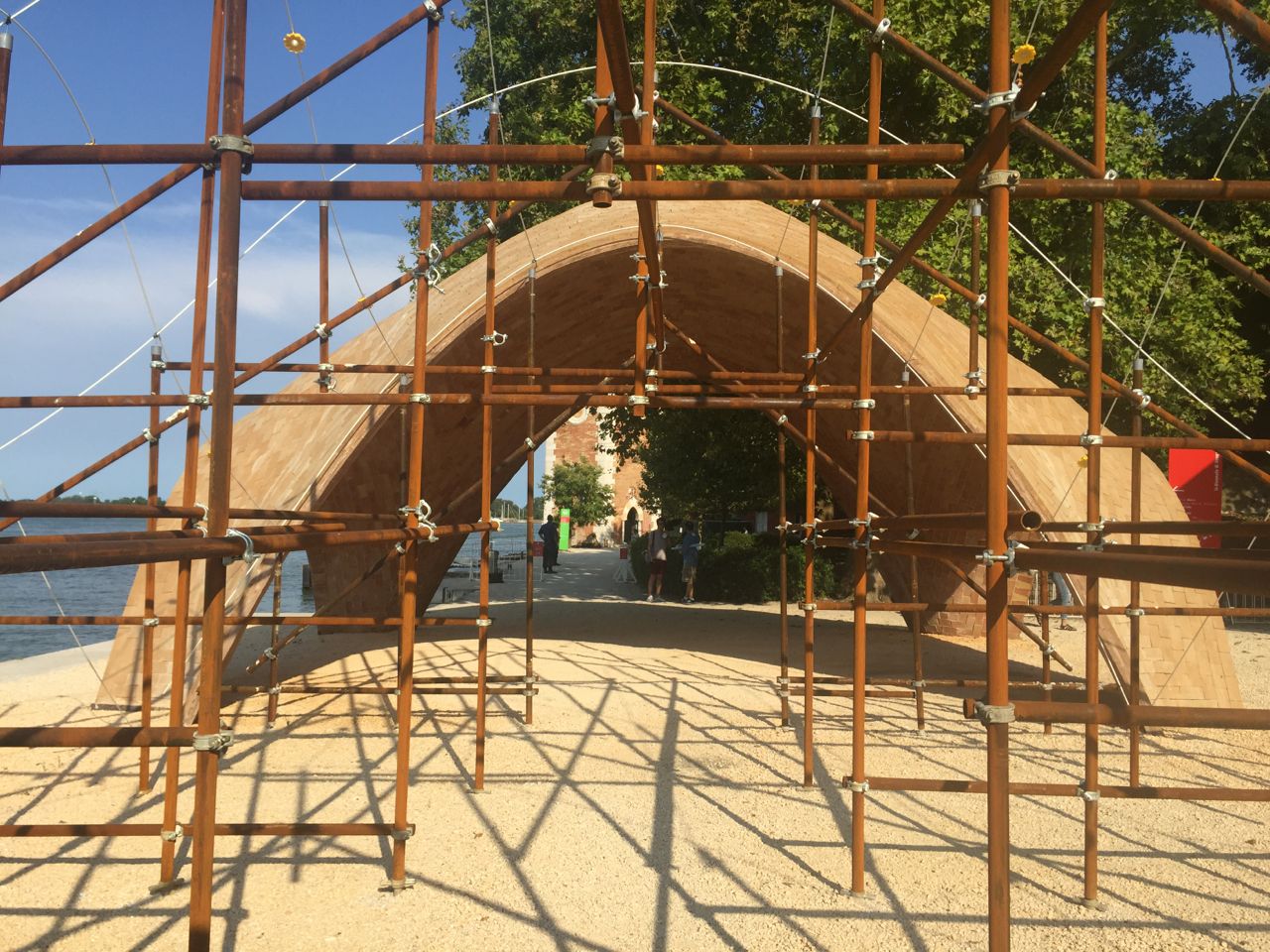
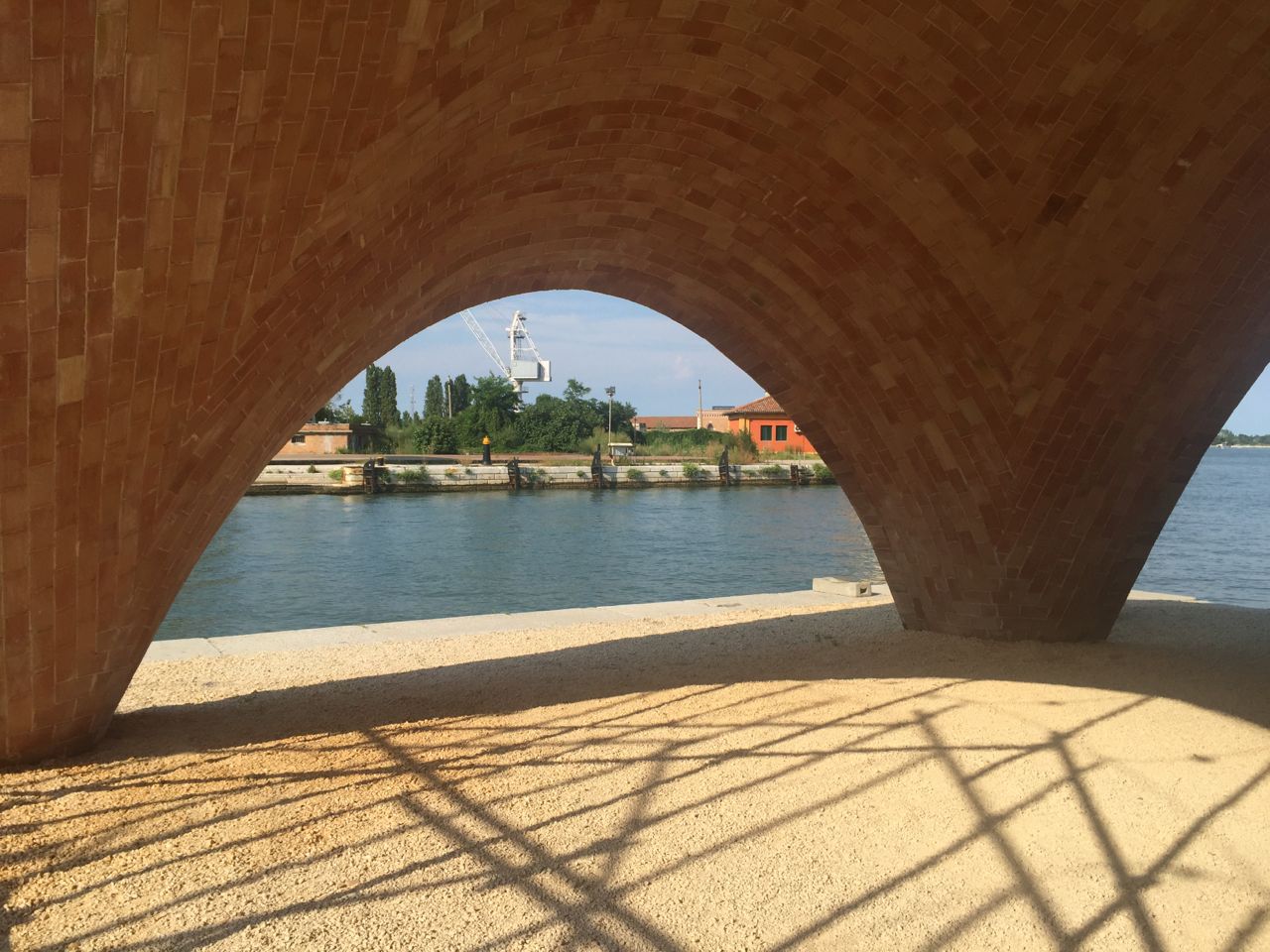
The Warka water project in Africa: infrastructure, totem and social space. The Warka tower captures the moisture in the air, condensing it when it comes in contact with the linear surface of the tower and conducts it to a reservoir beneath to keep the water fresh (sounds crazy in such a dry part of the world, but does work, the same technique has been used in other arid places as central and north Chile). Hi tech science to capture the water efficiently, but low tech device that can be built using local material and labour.
